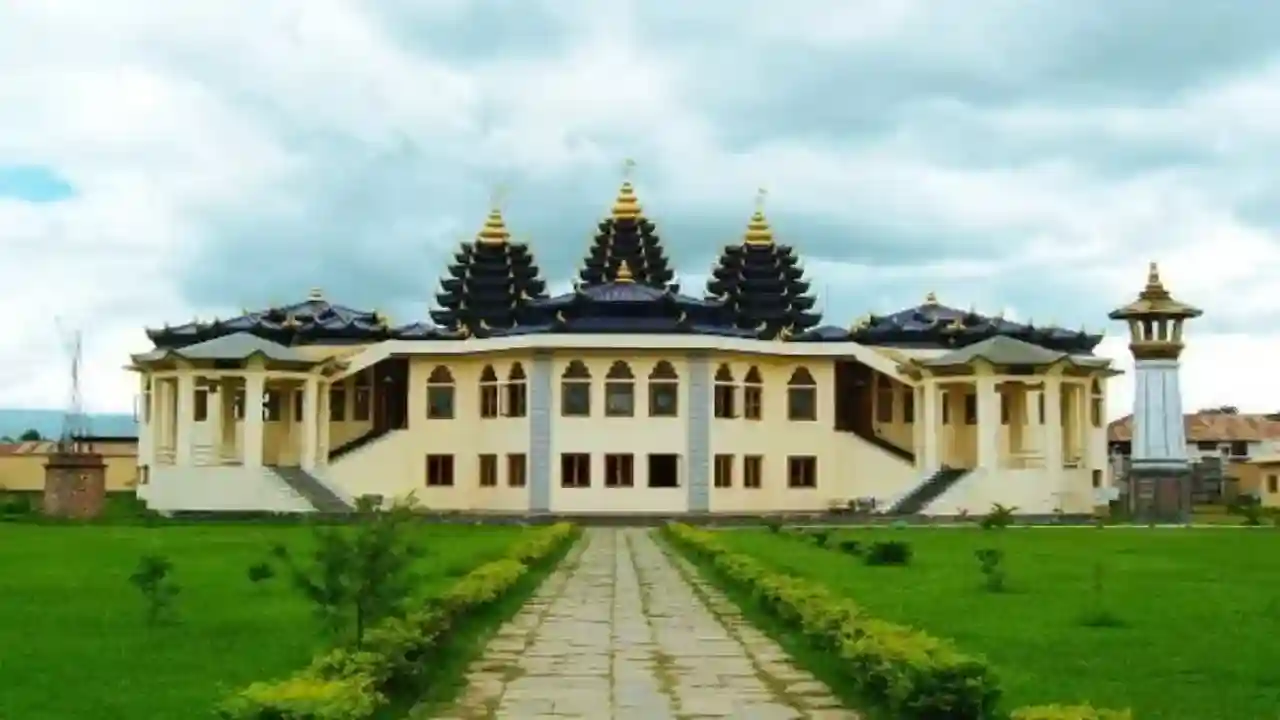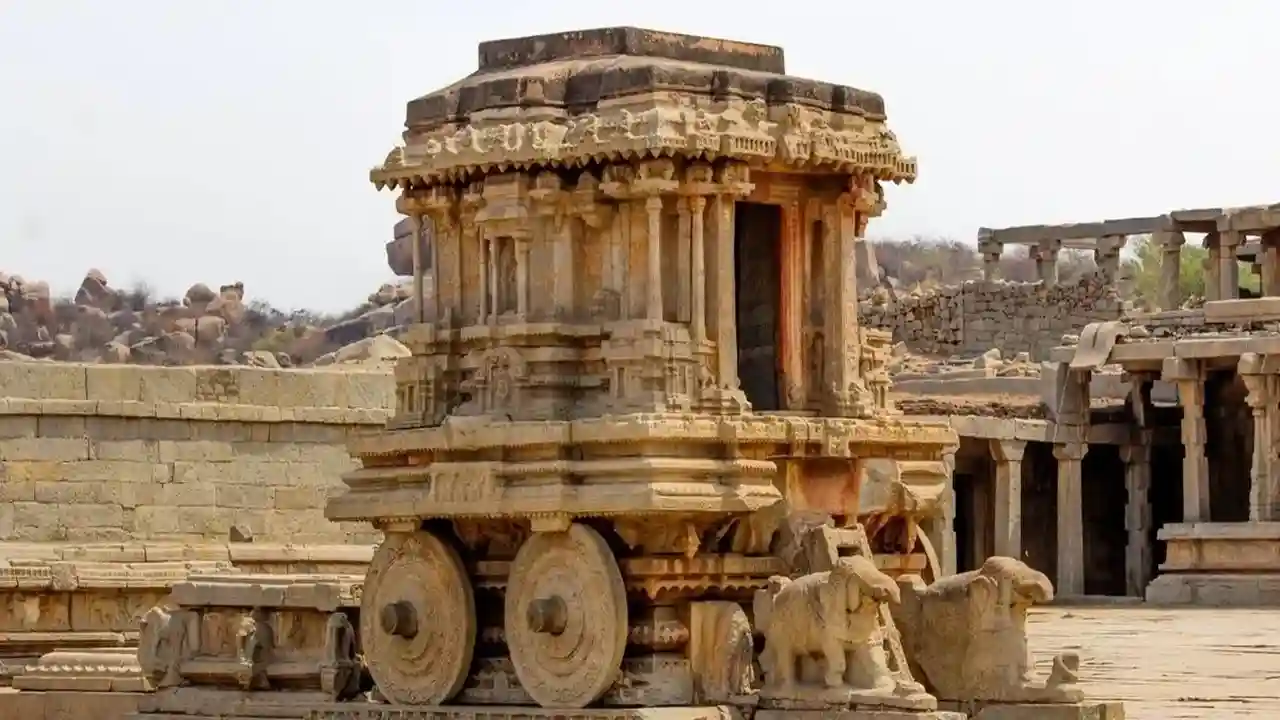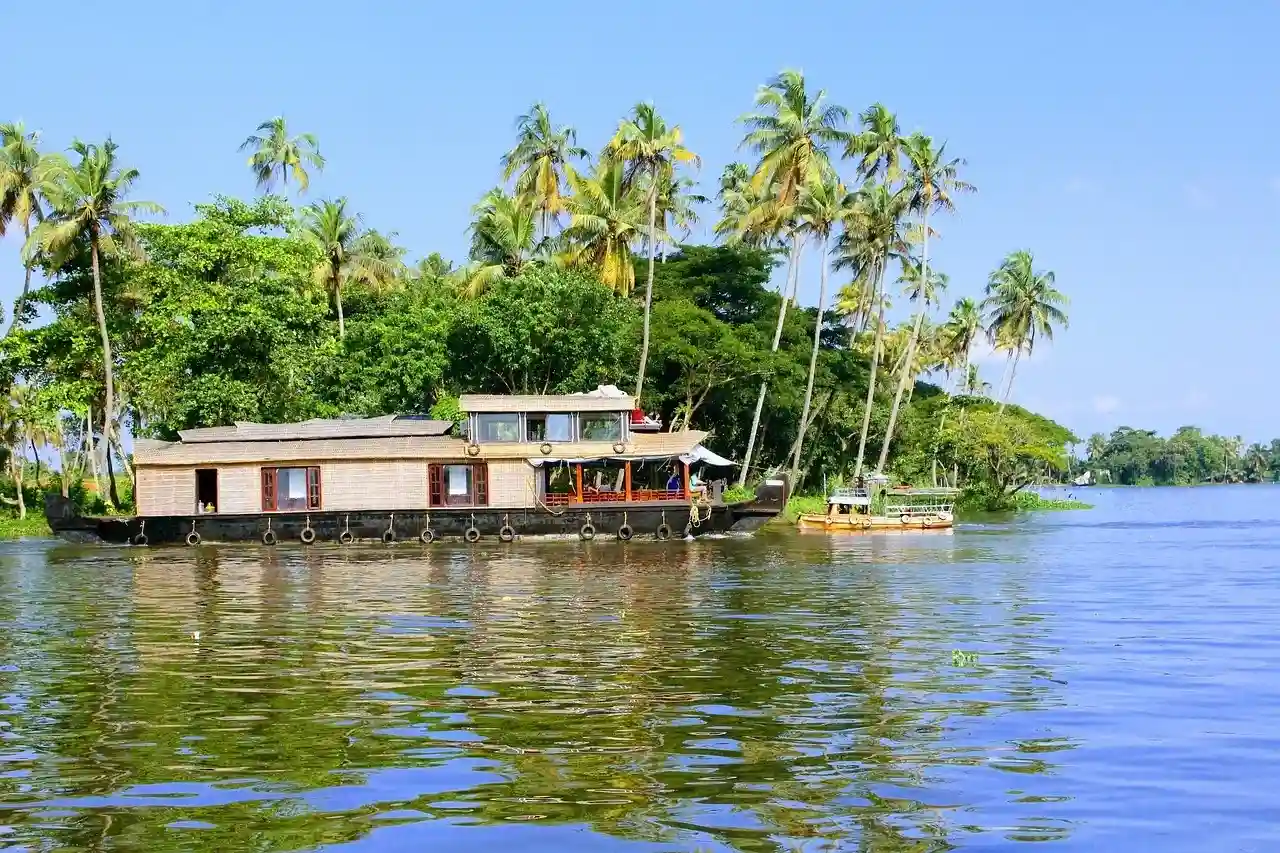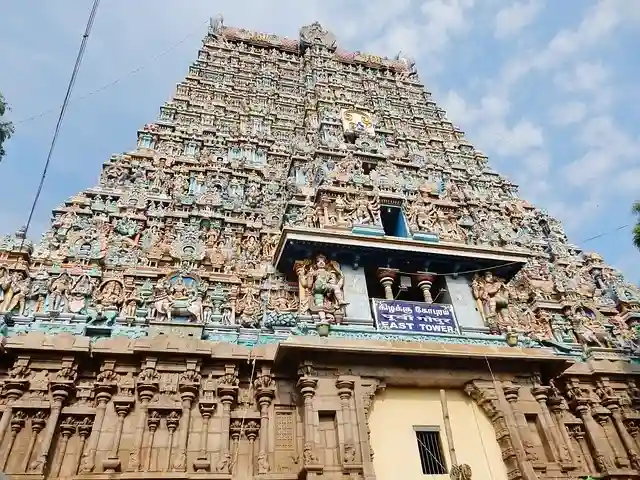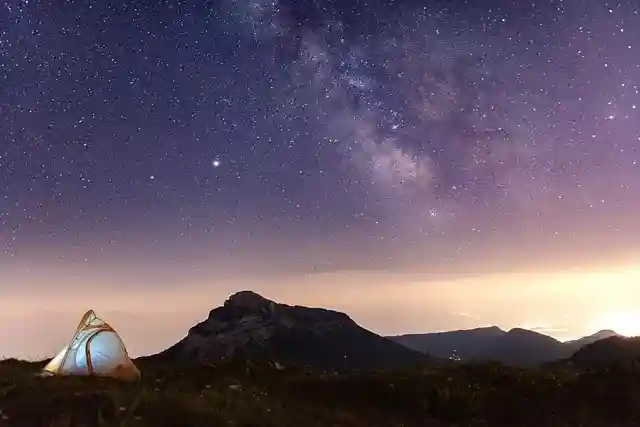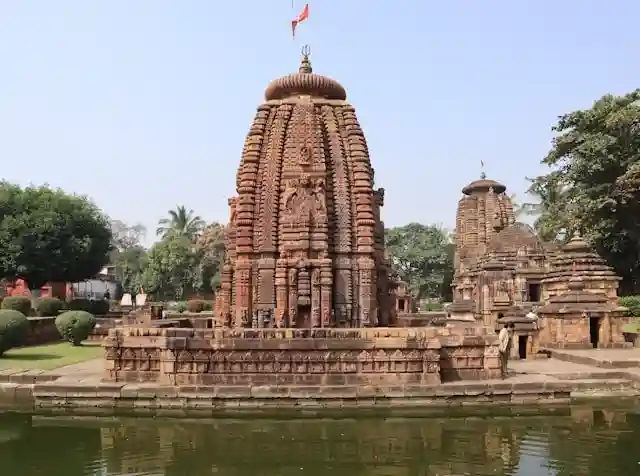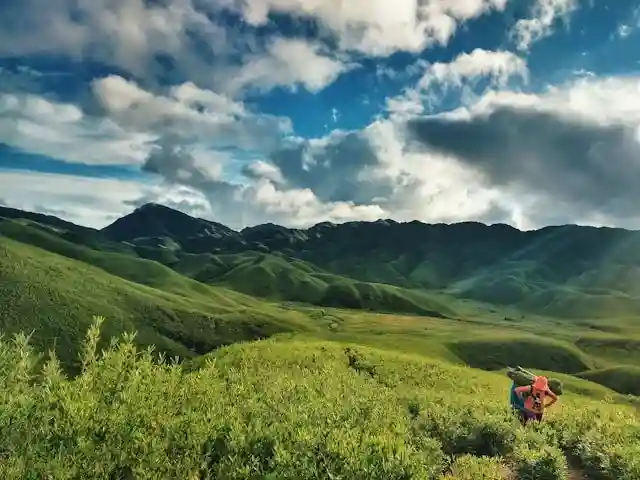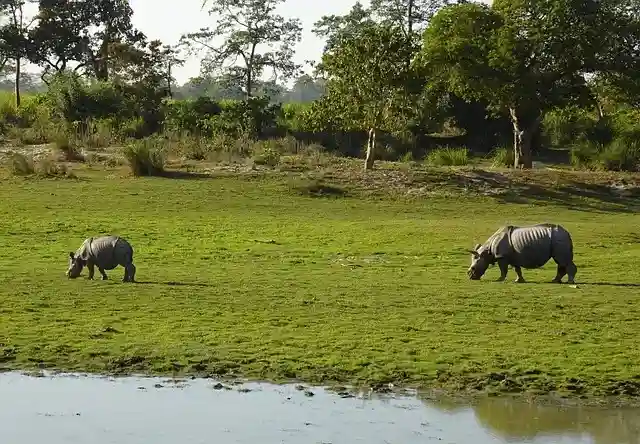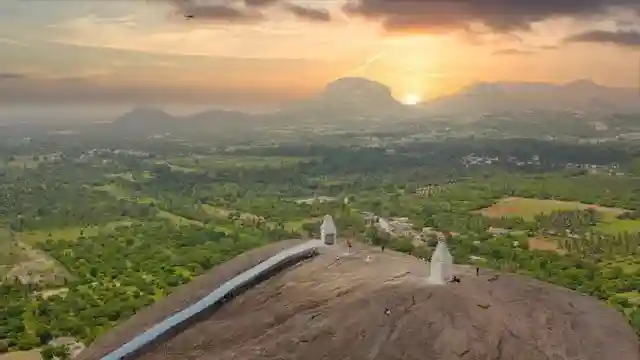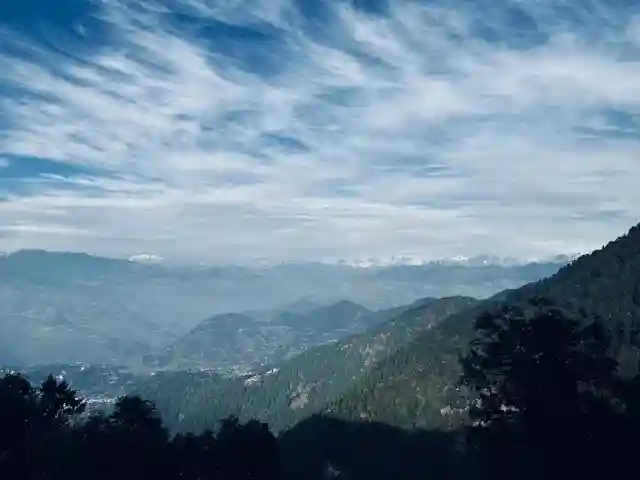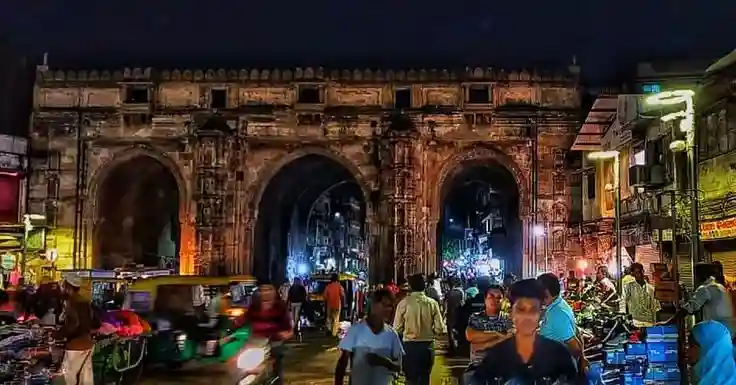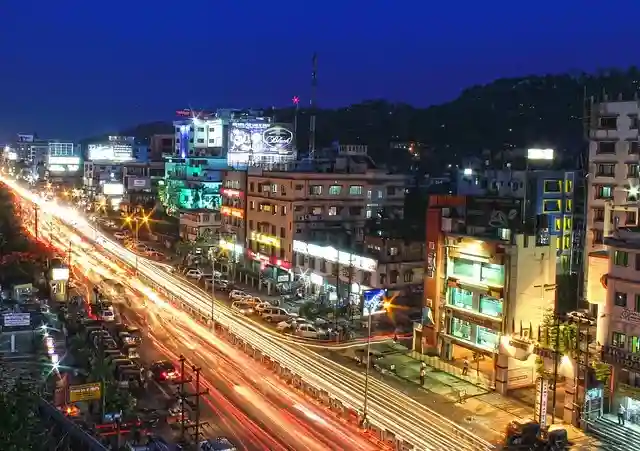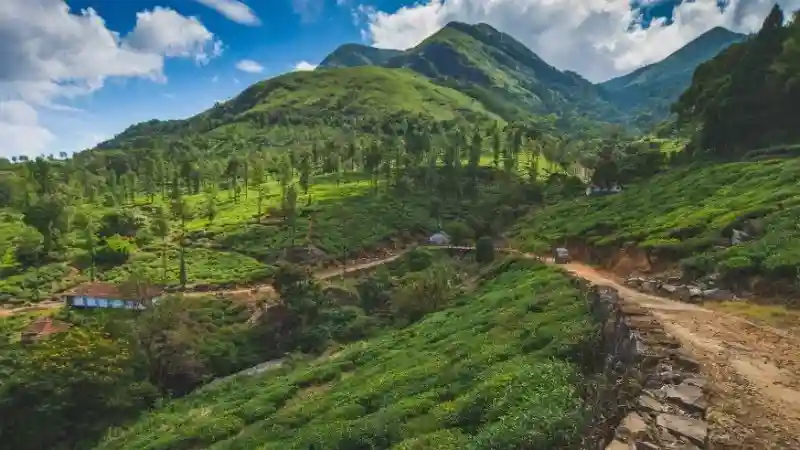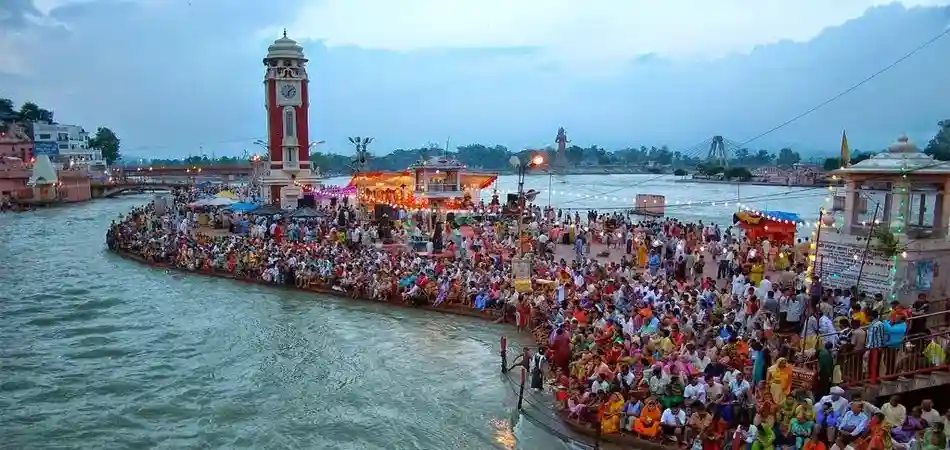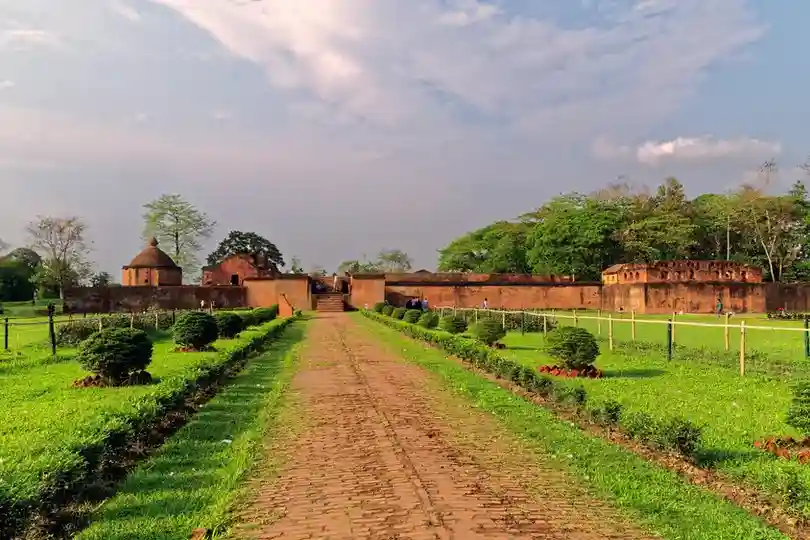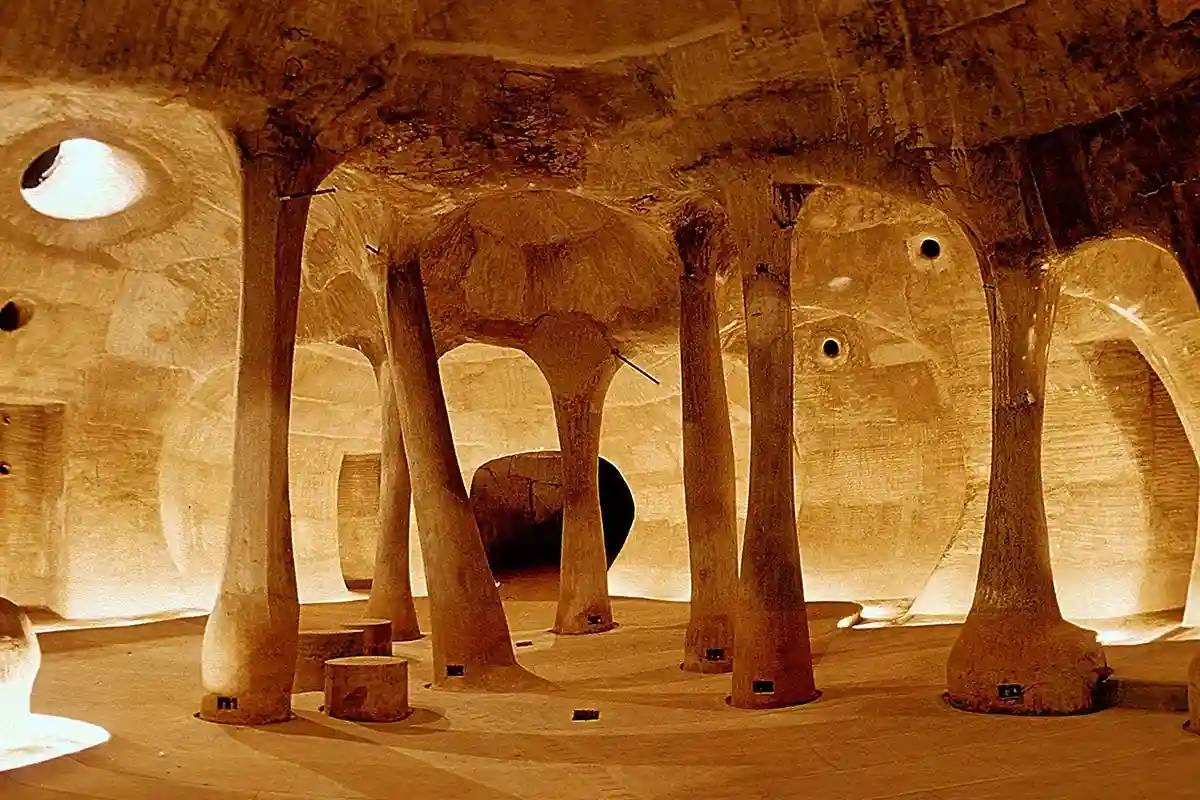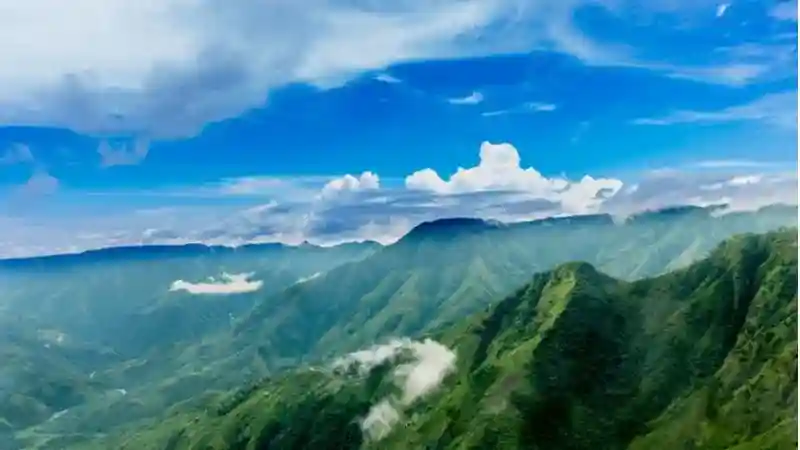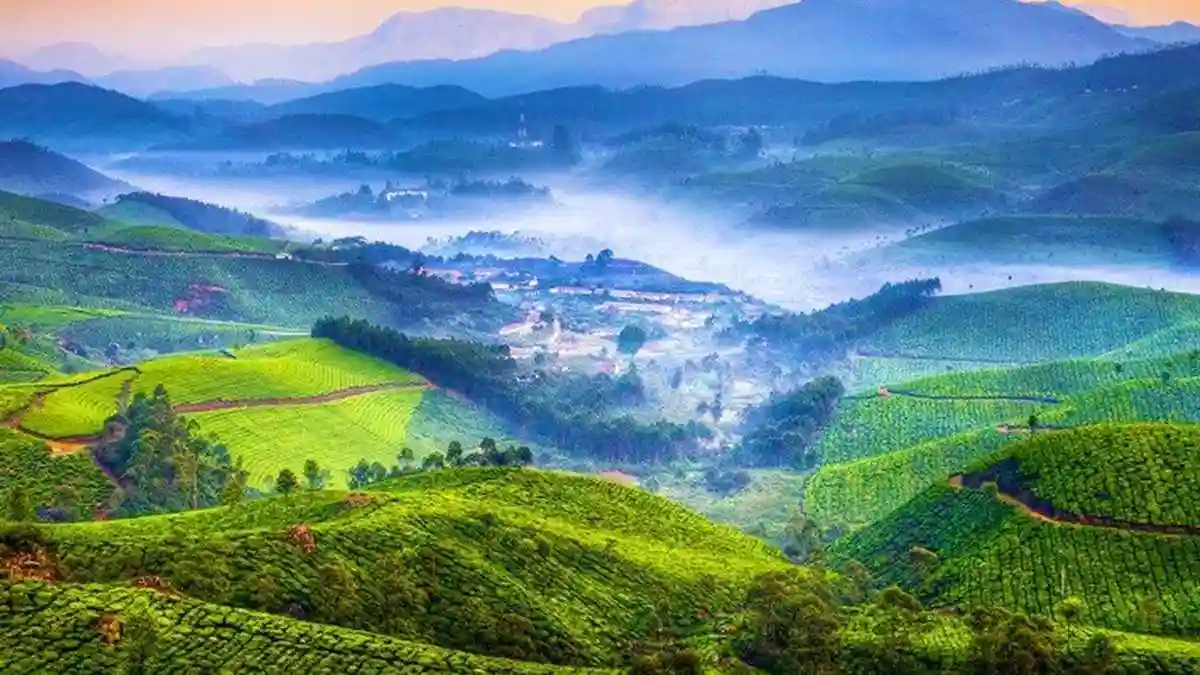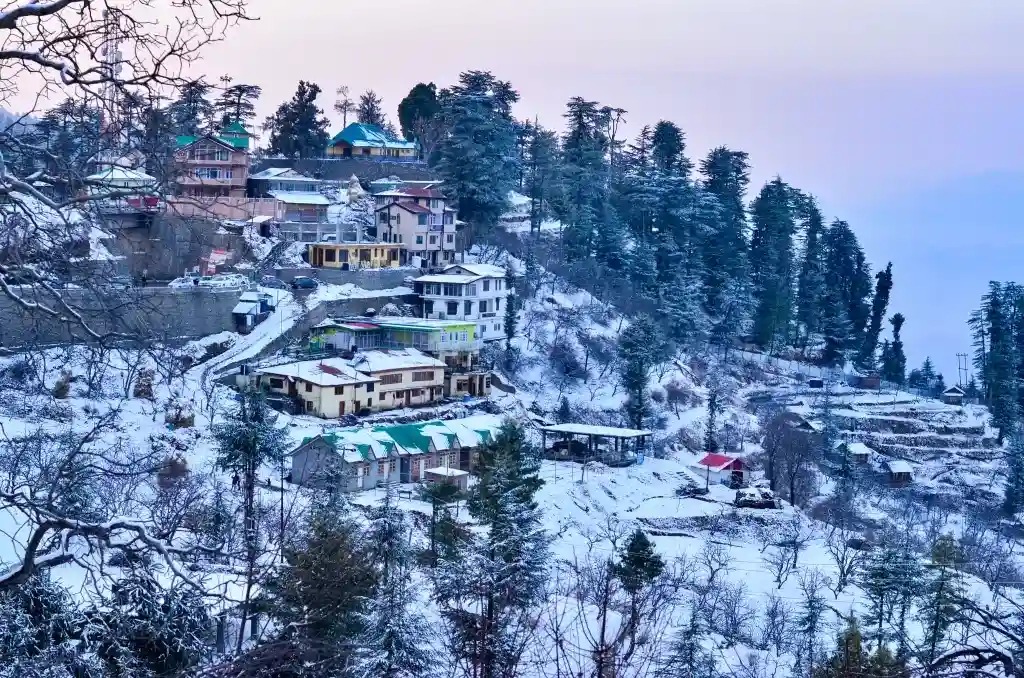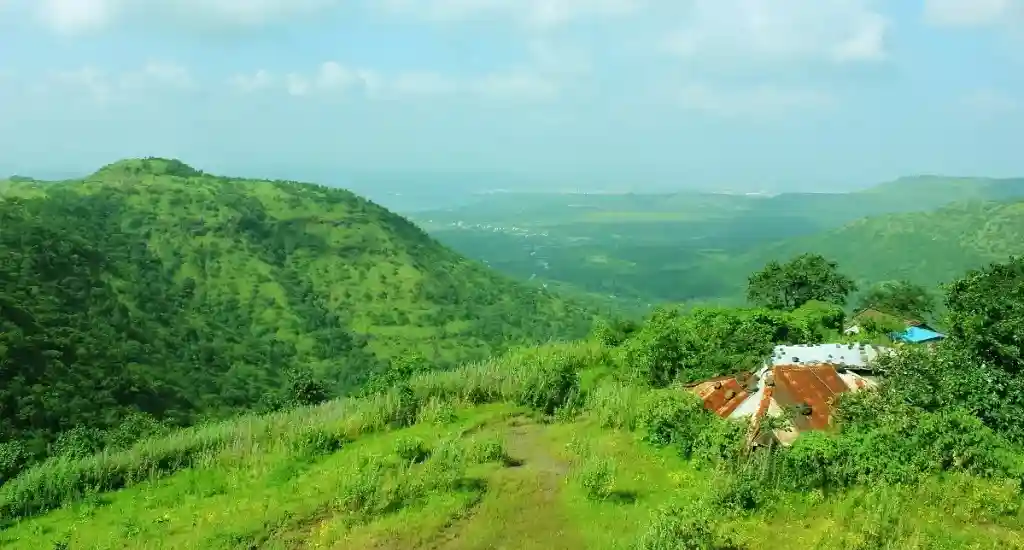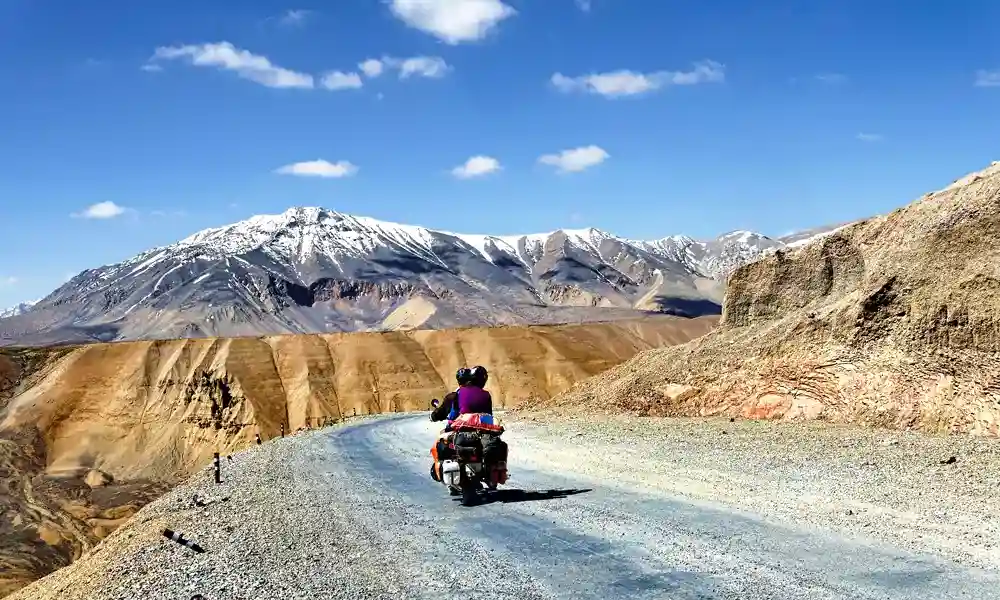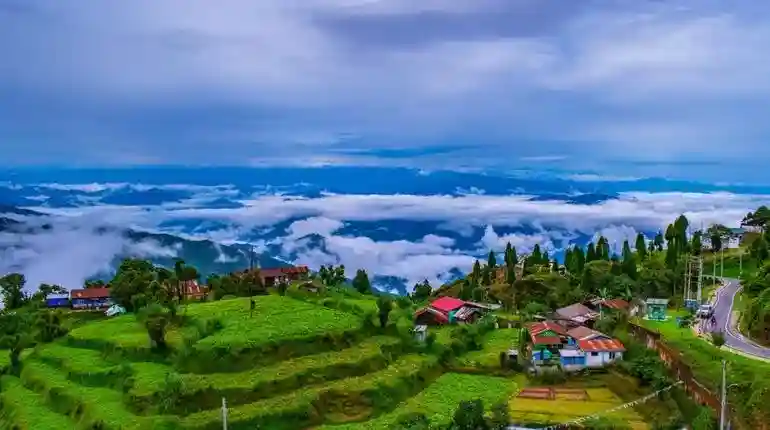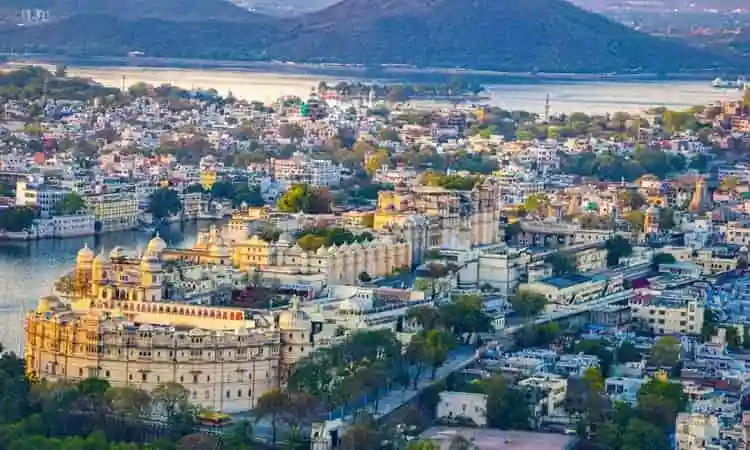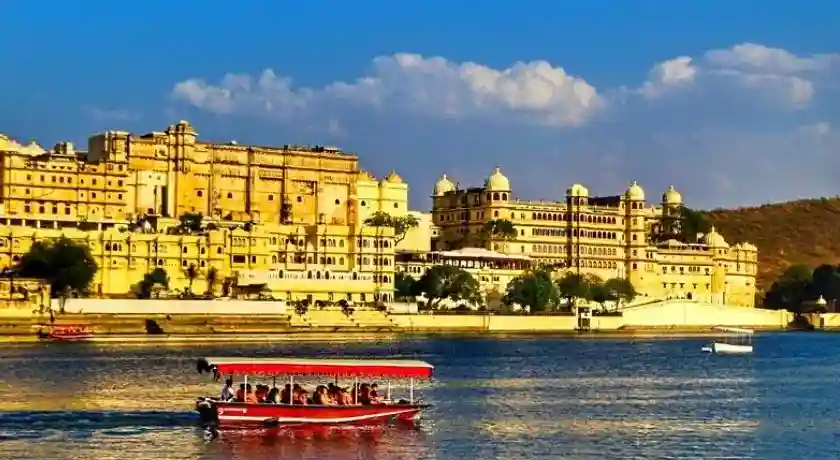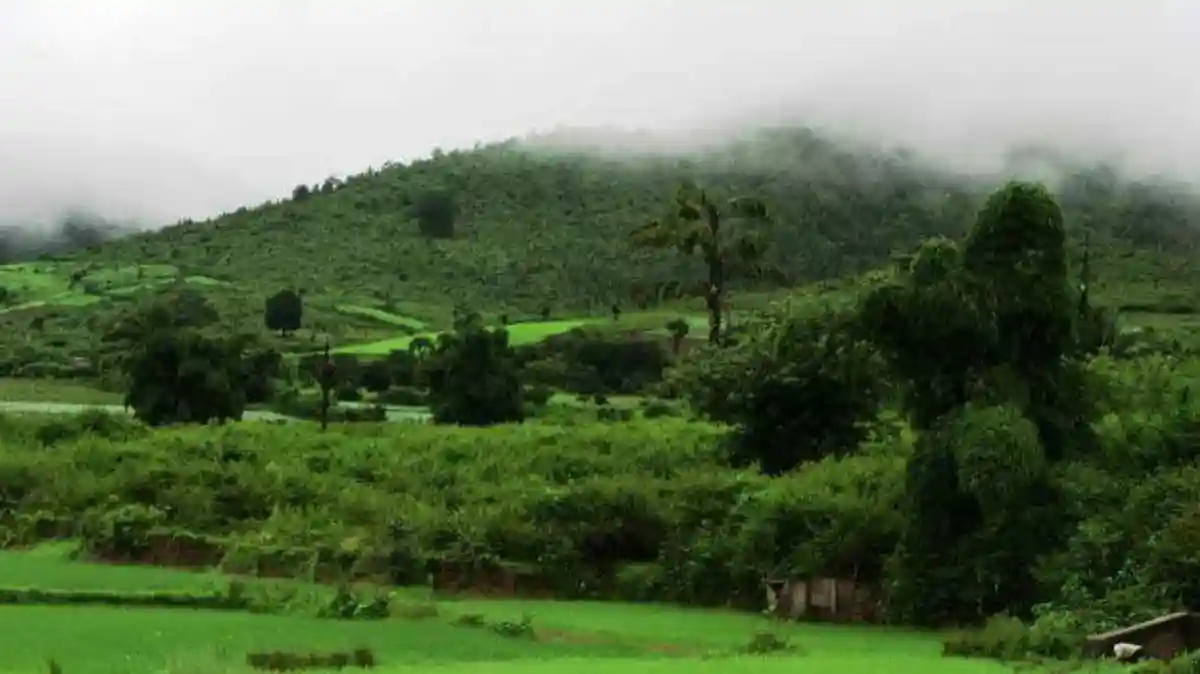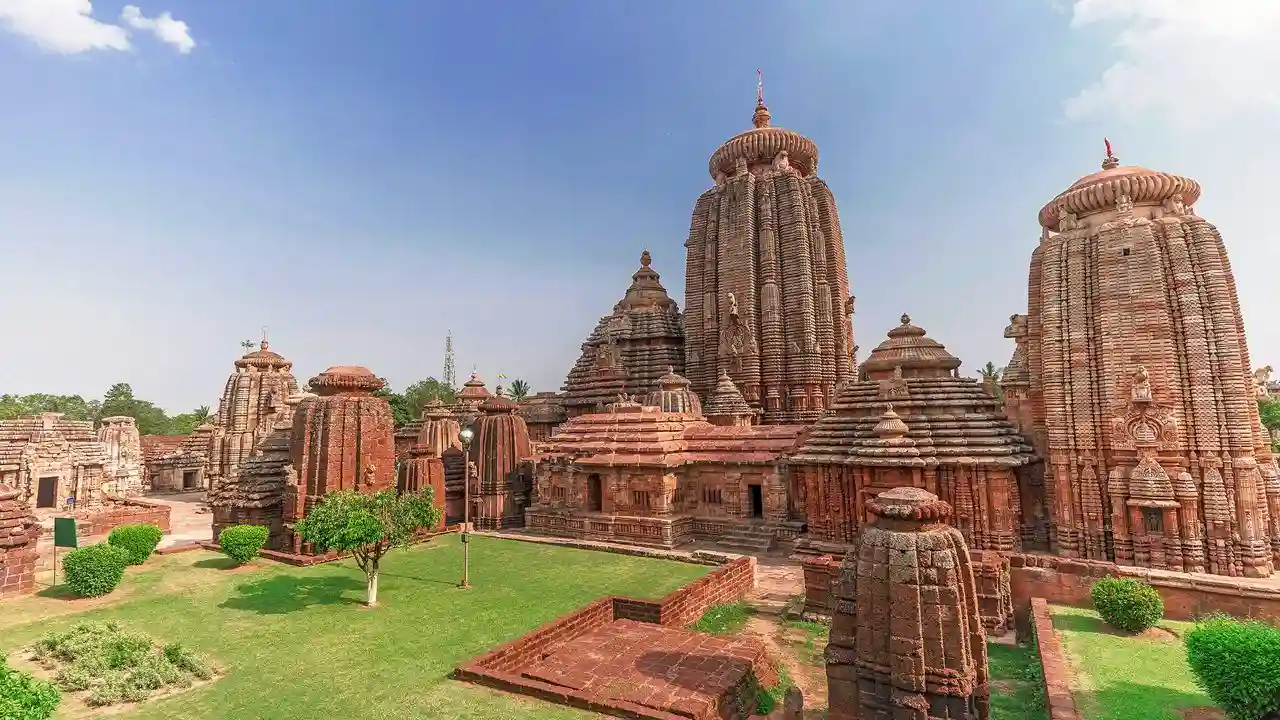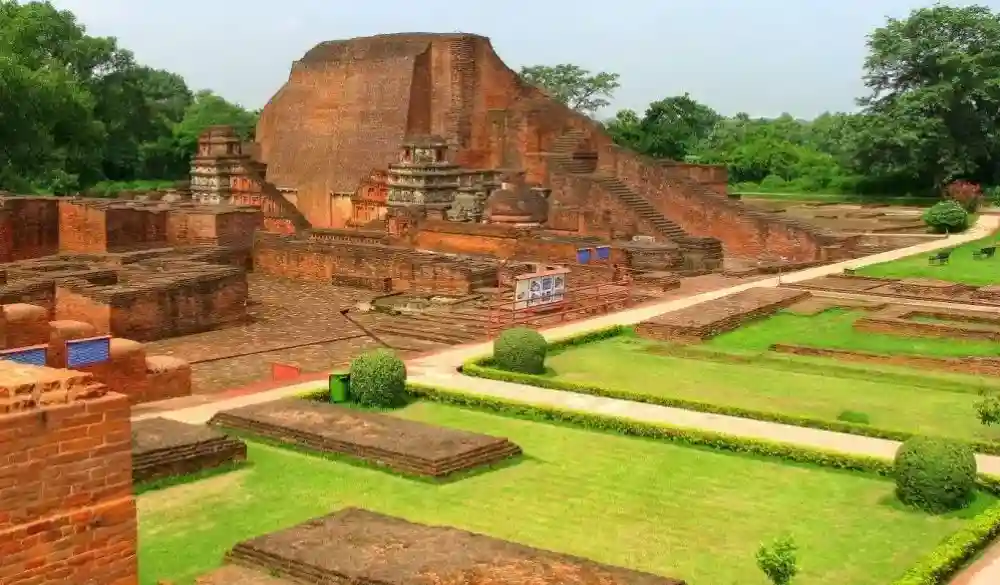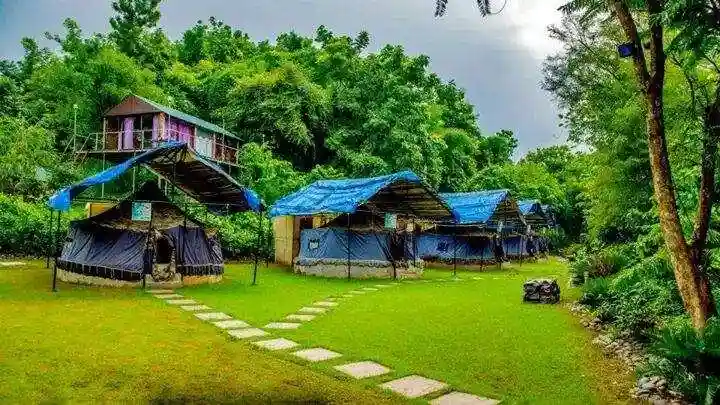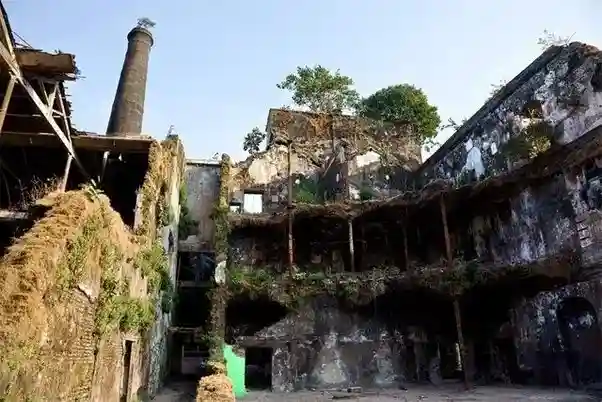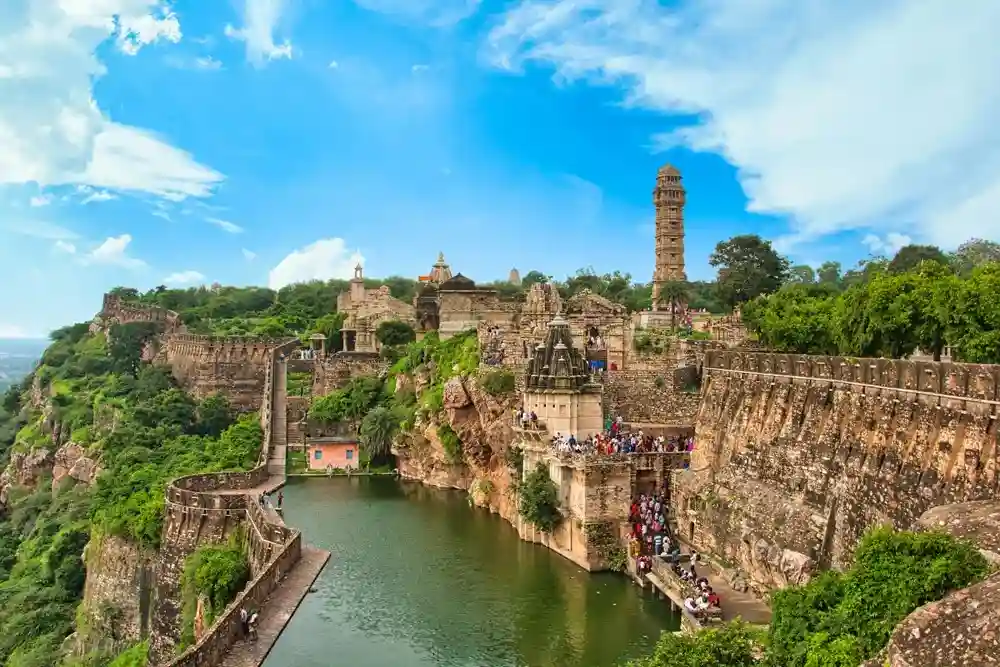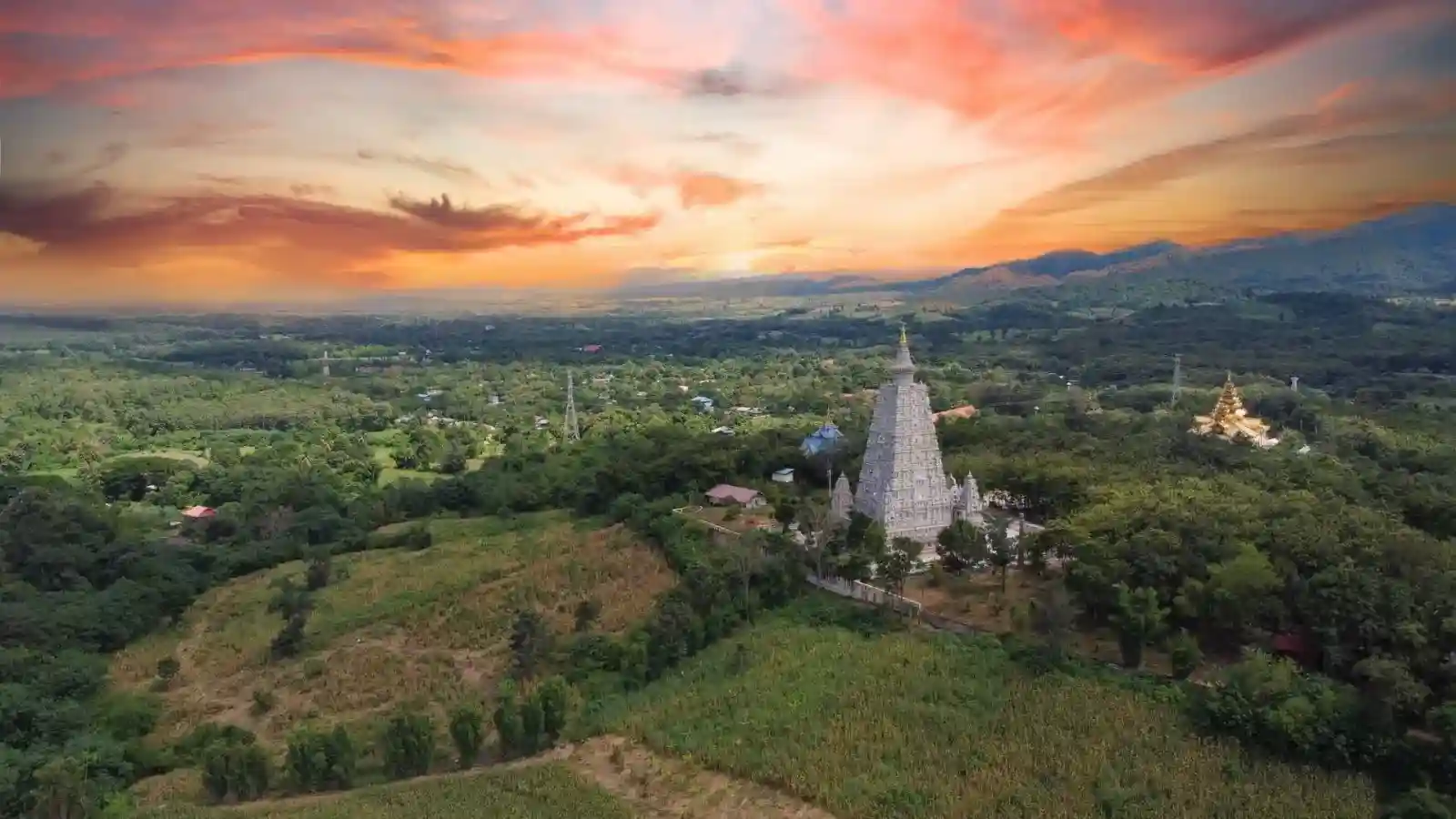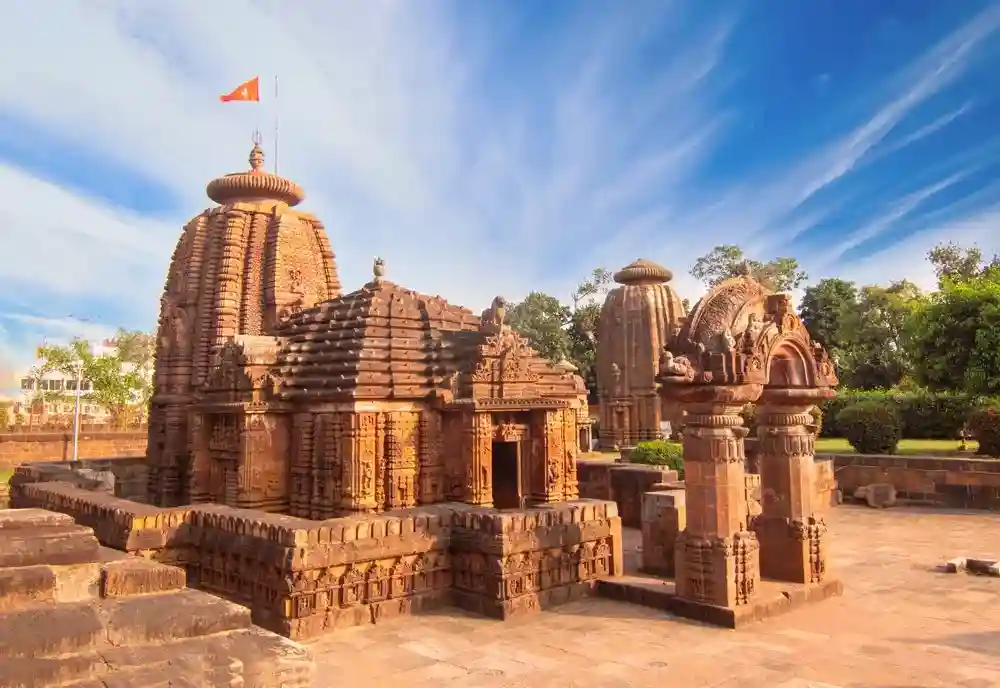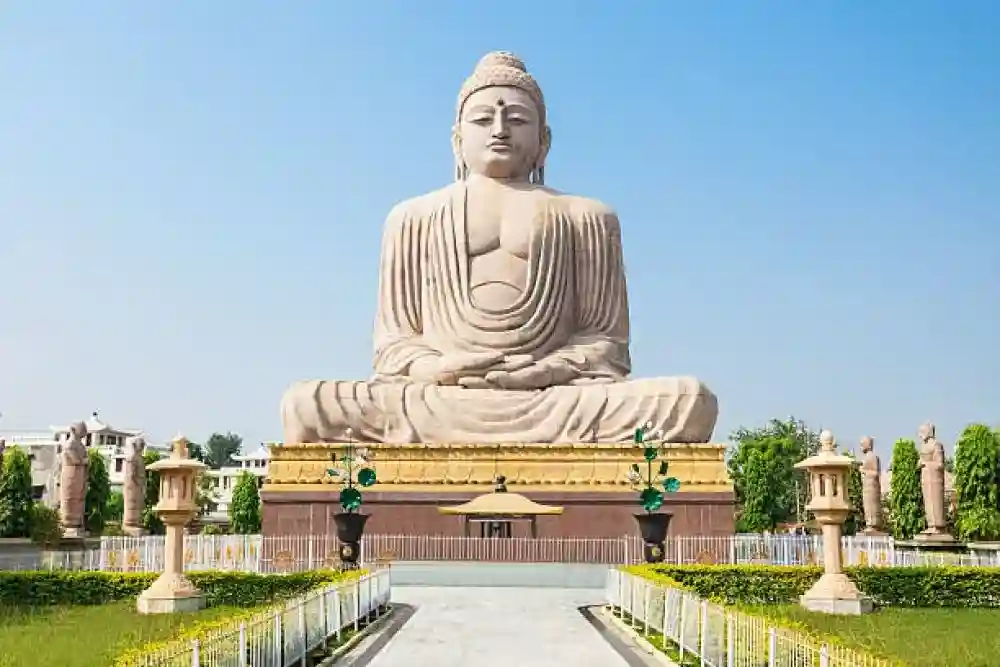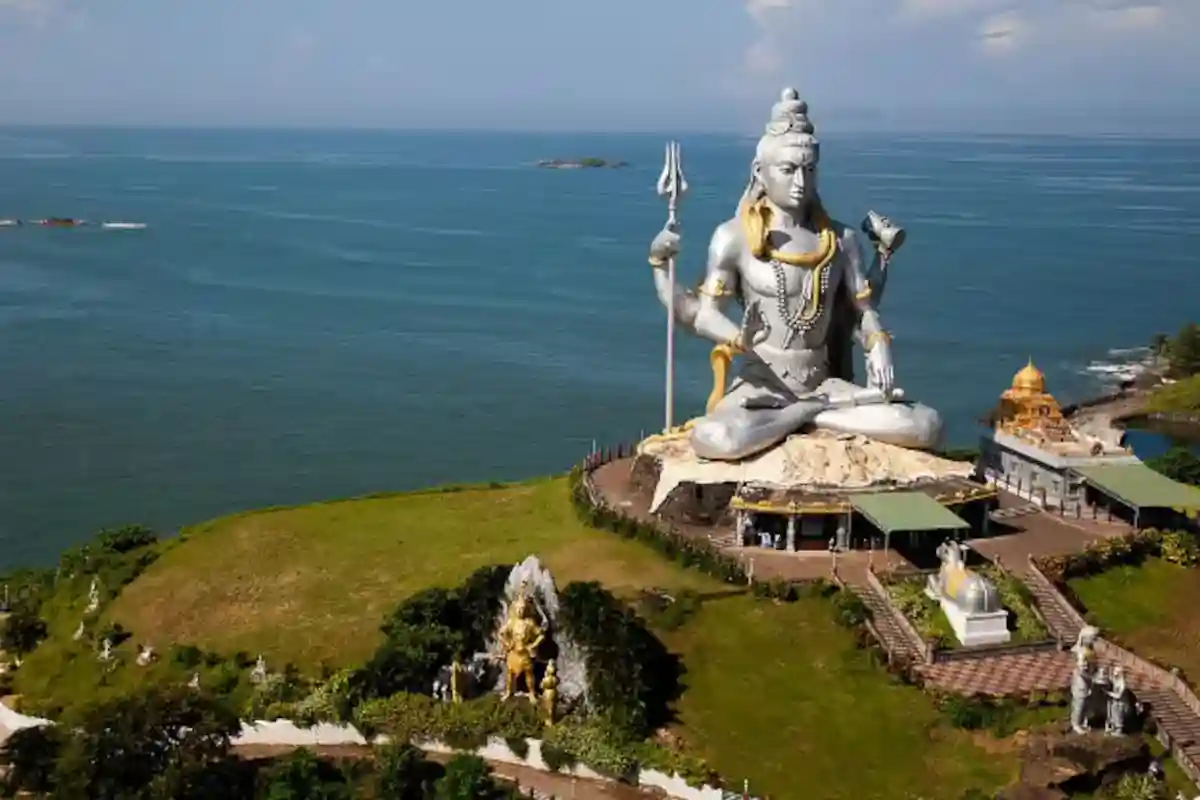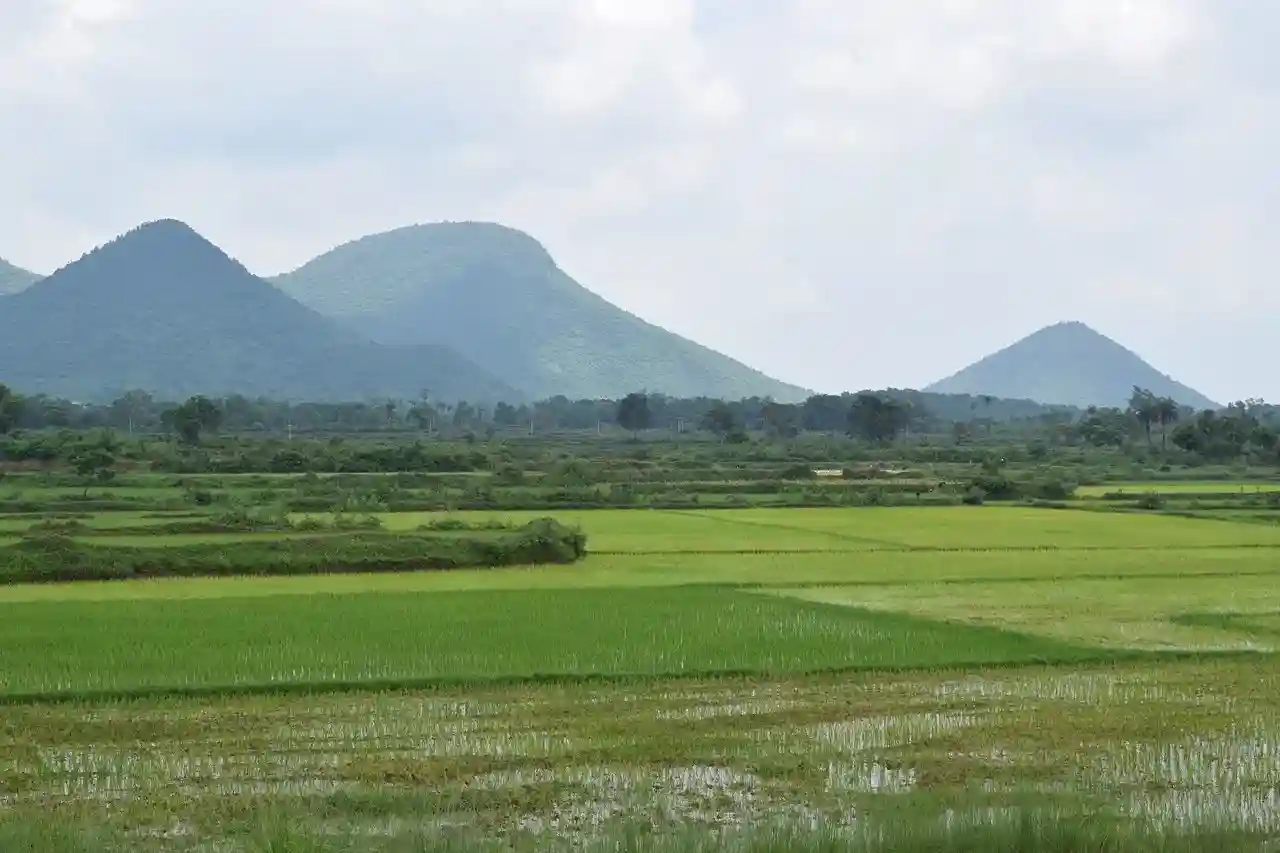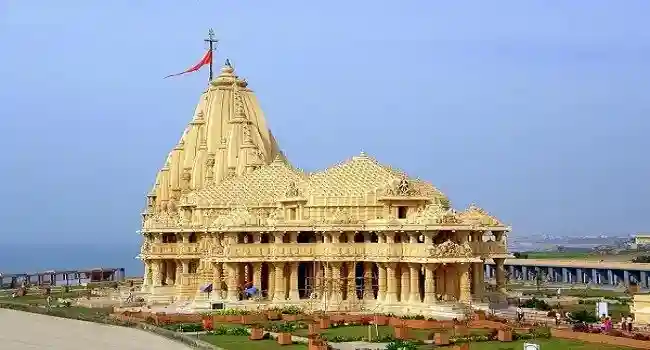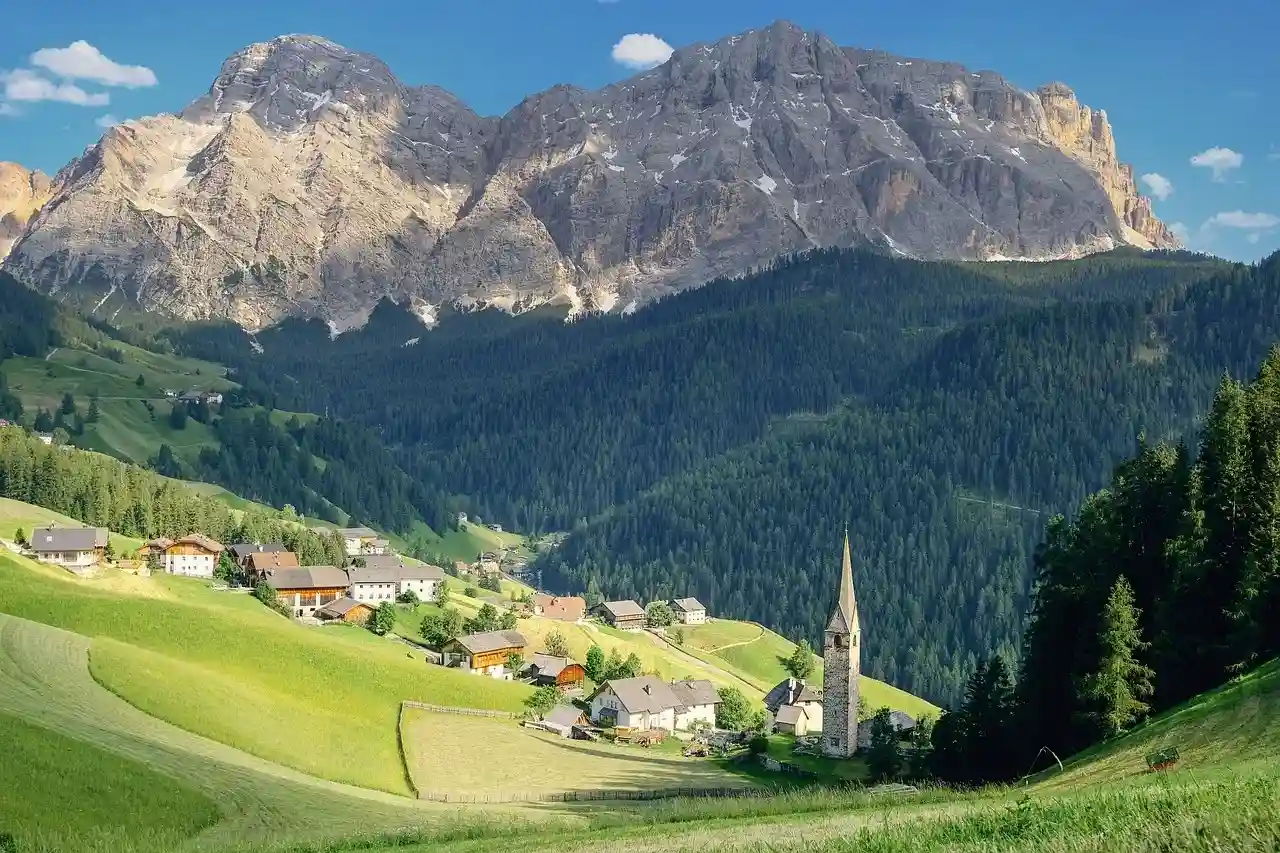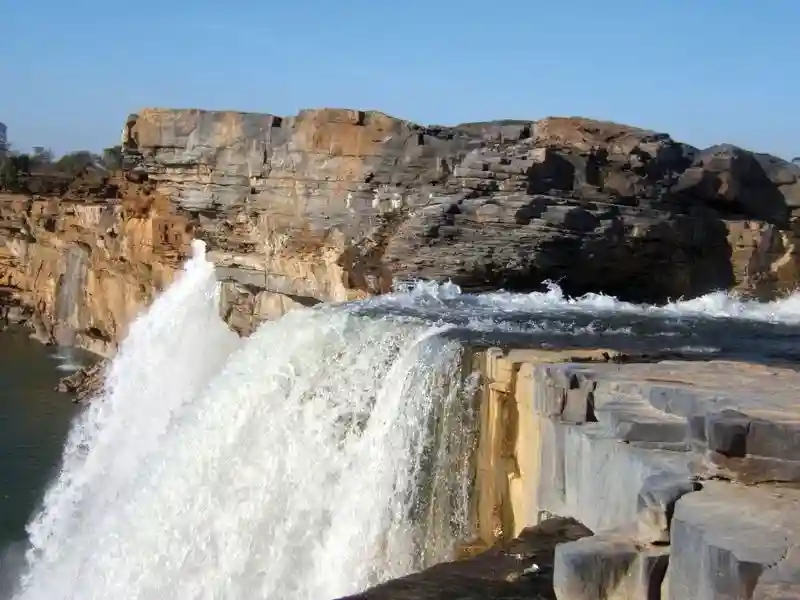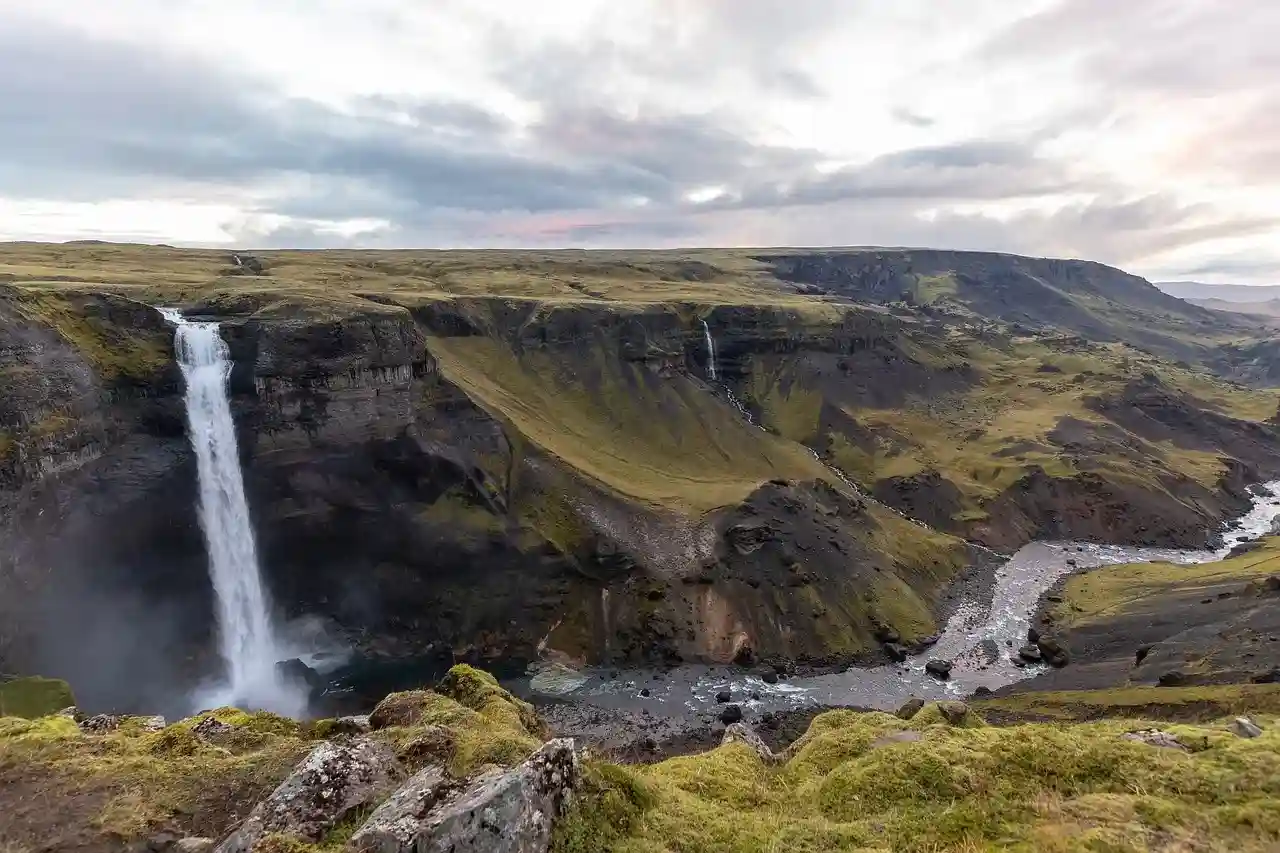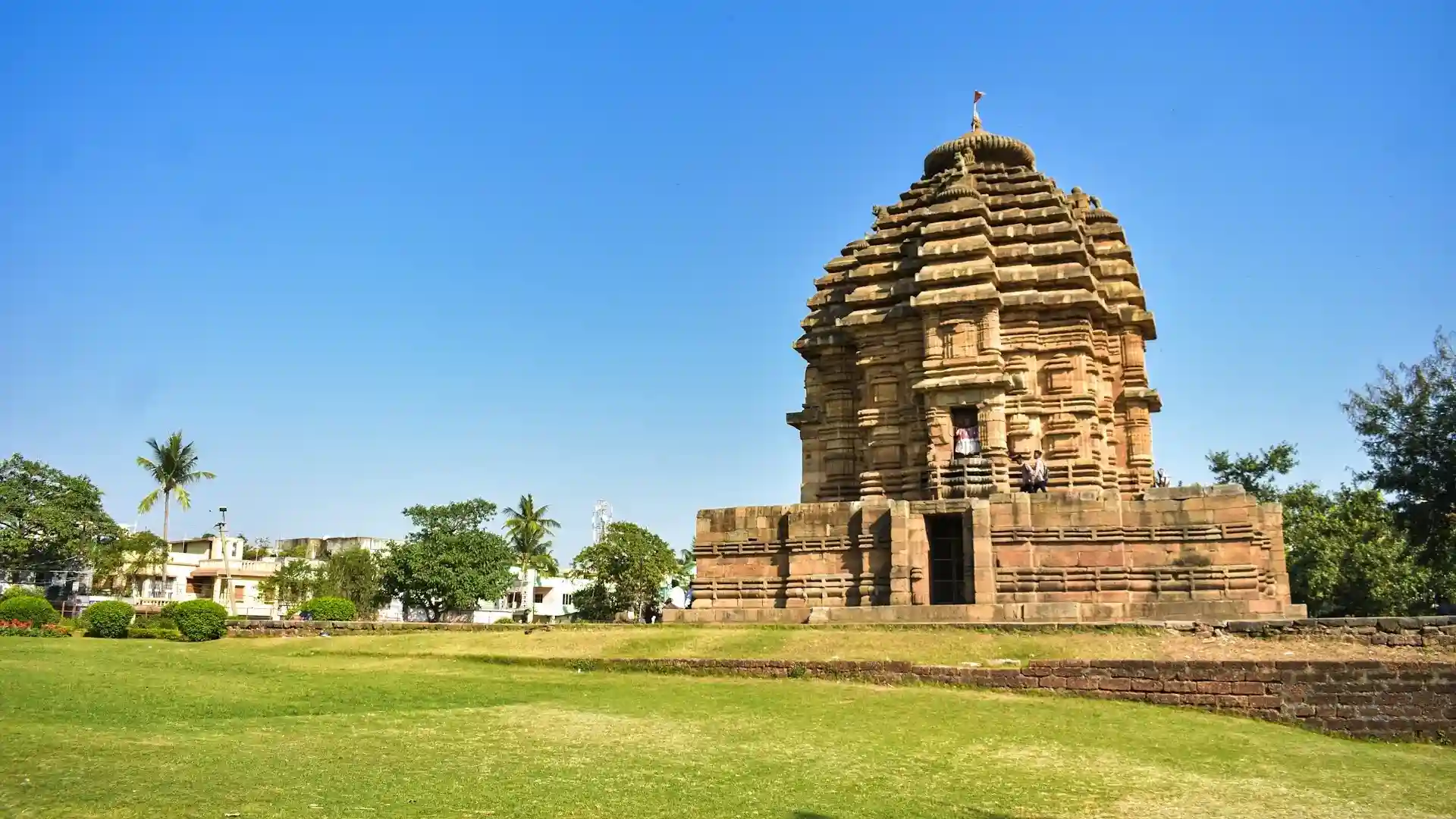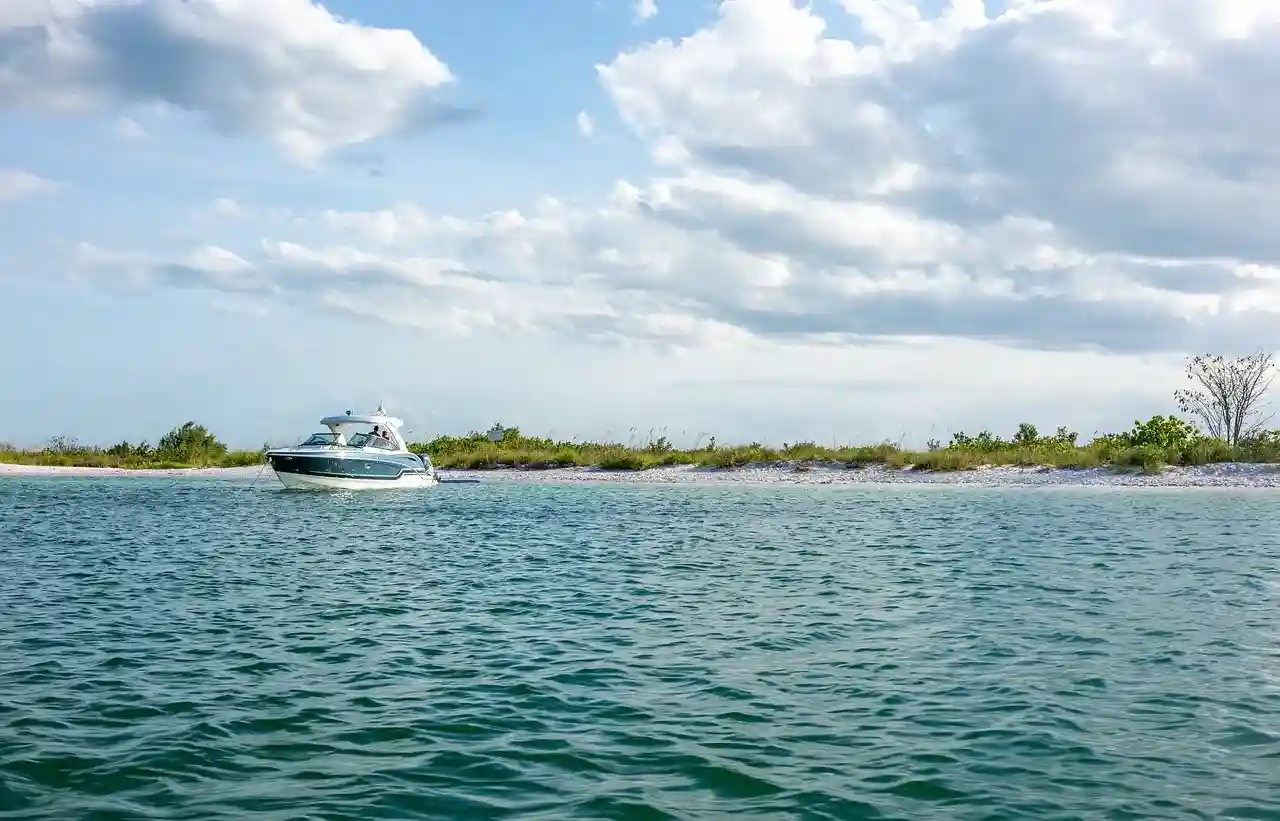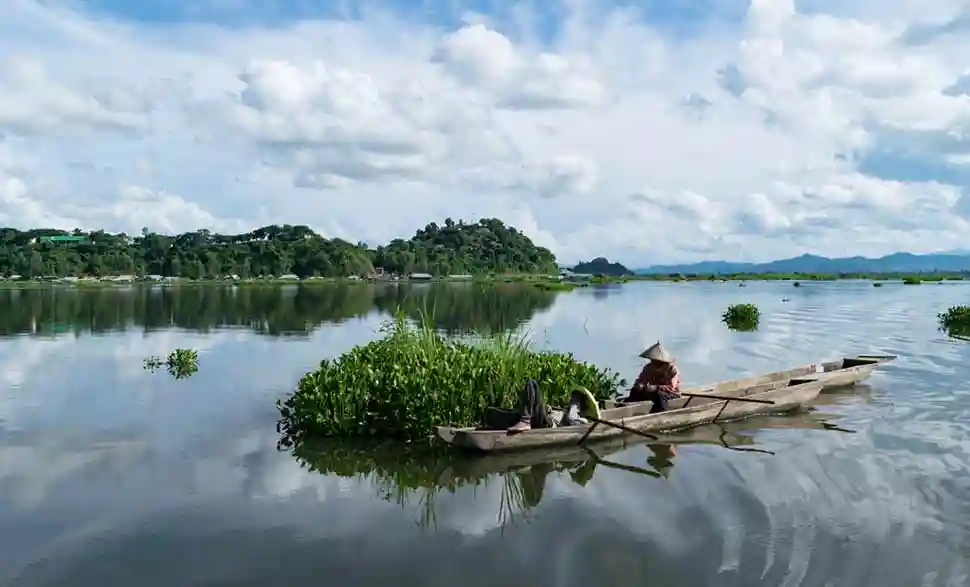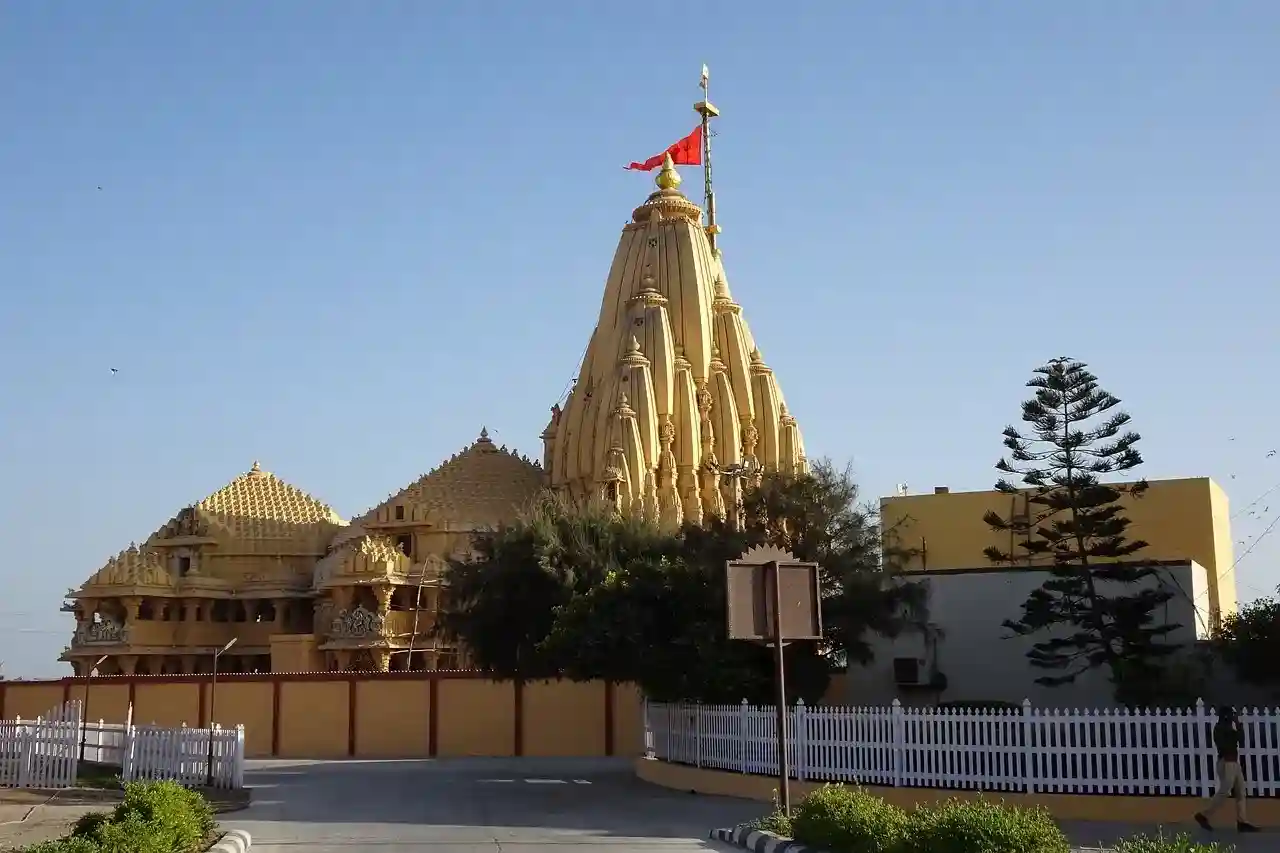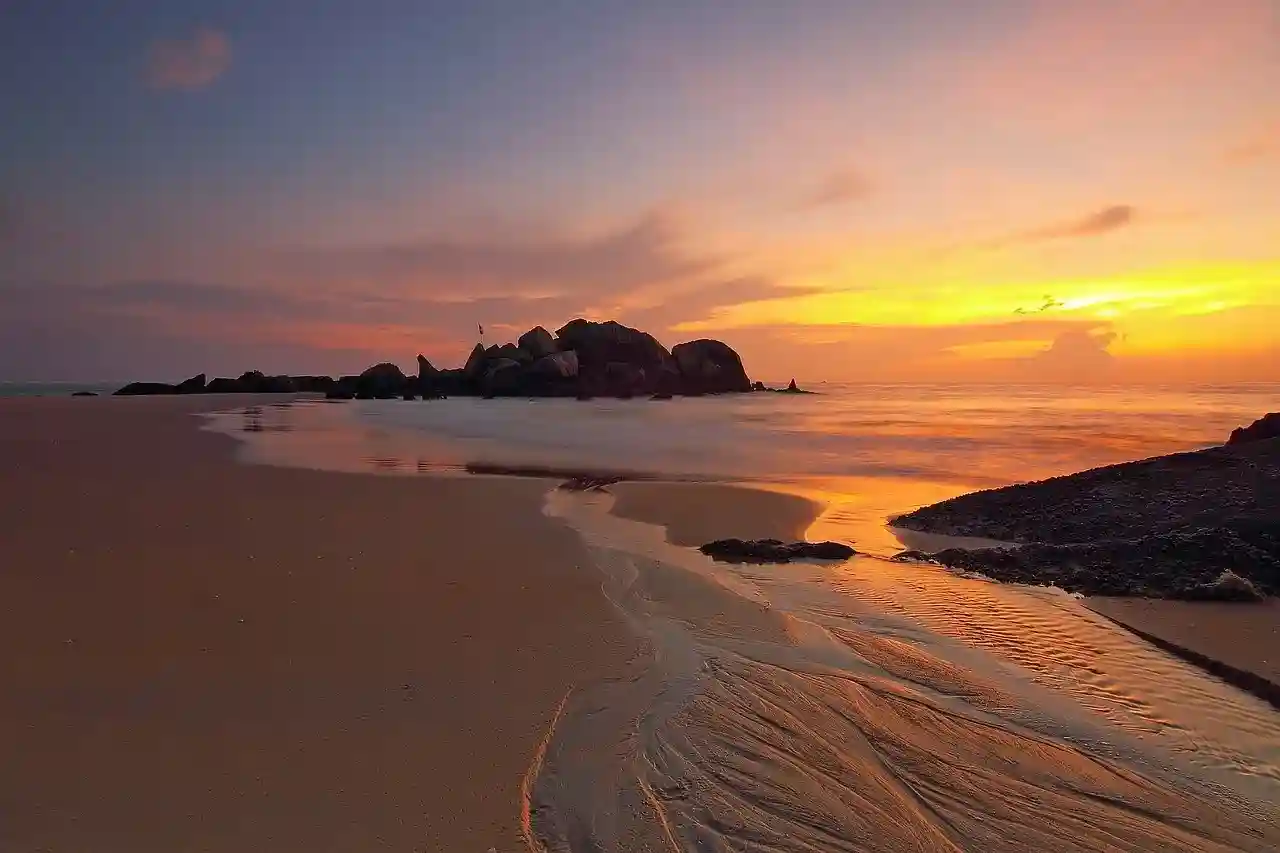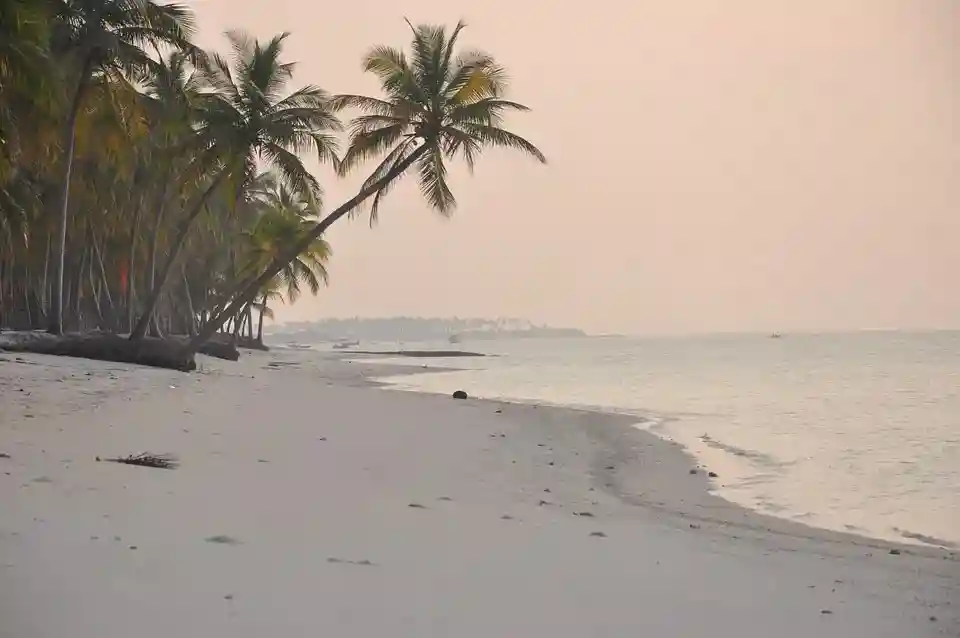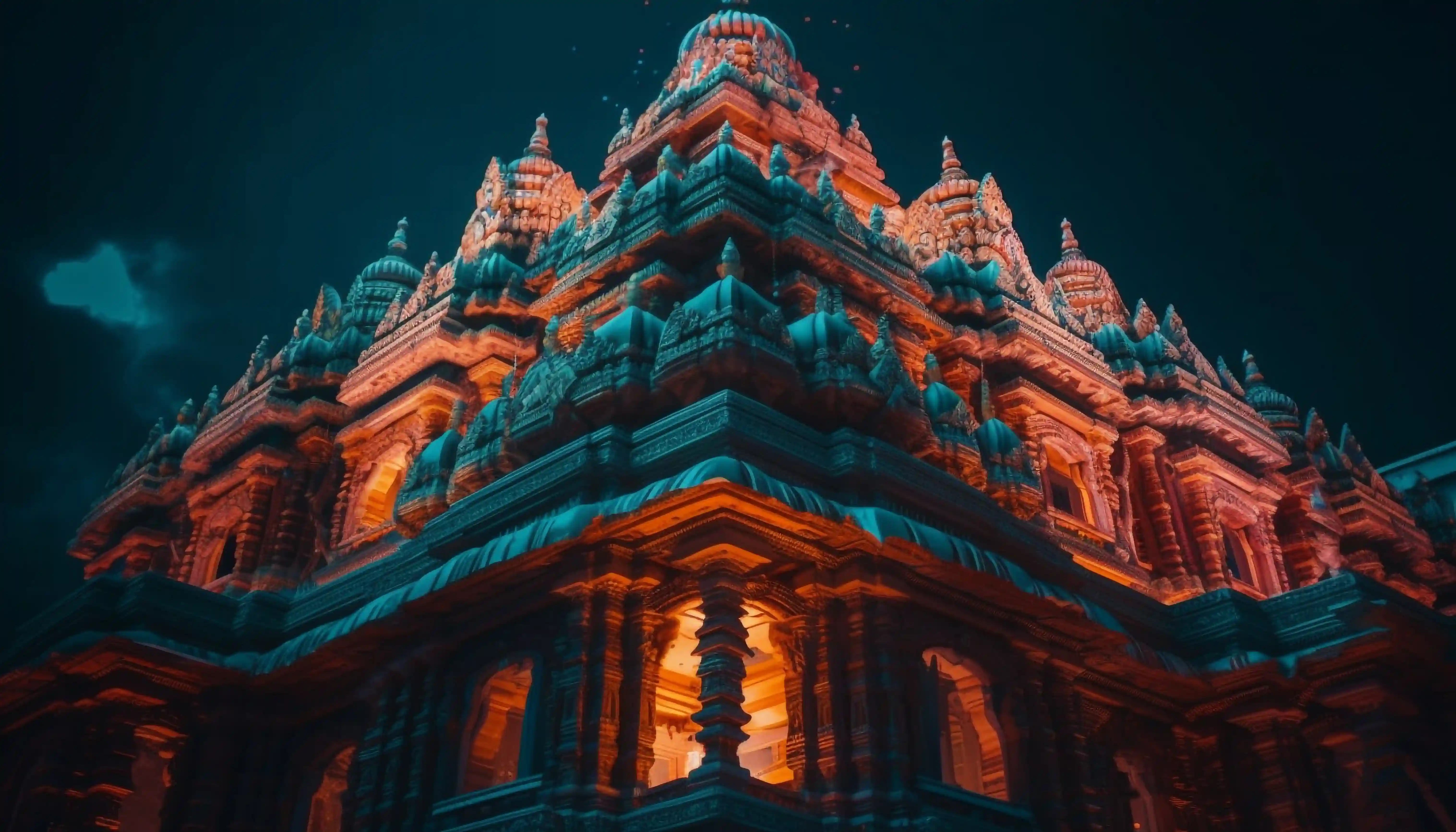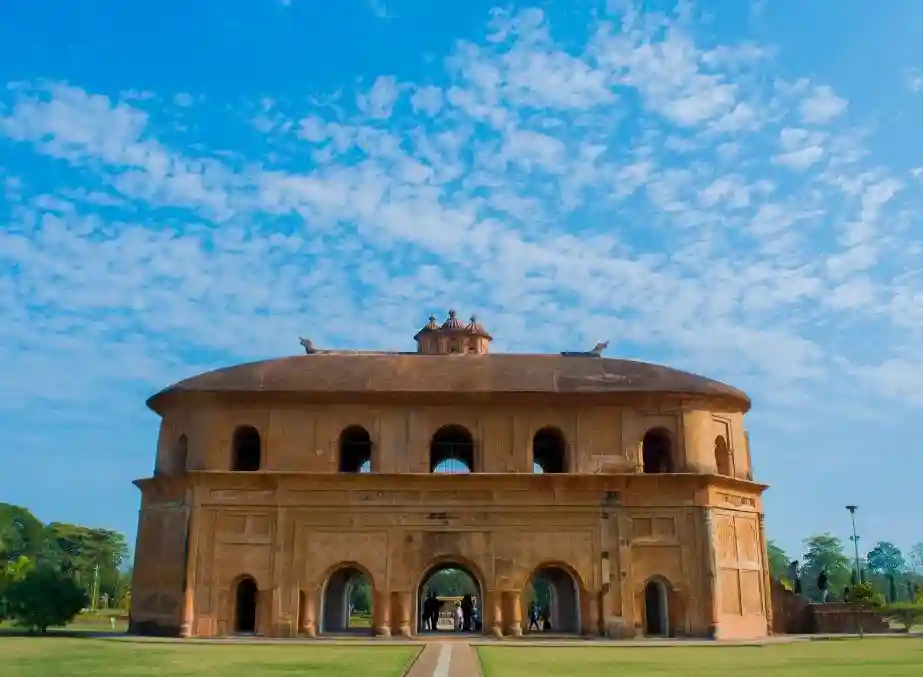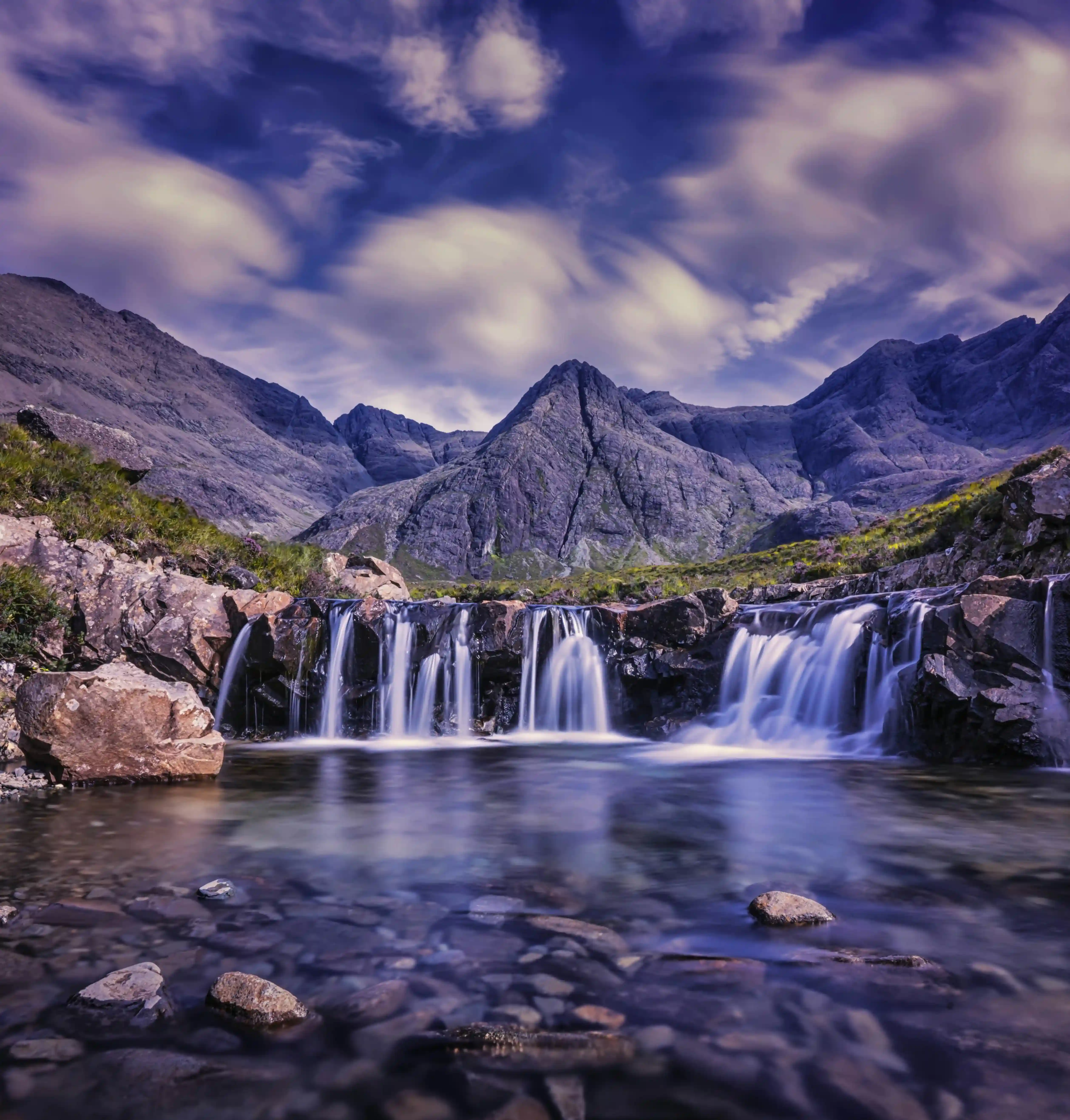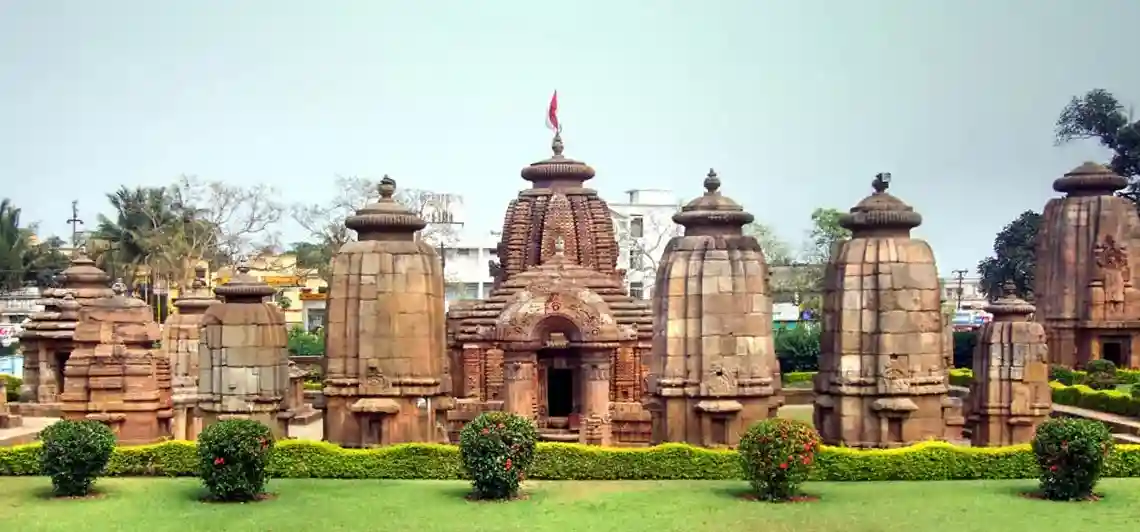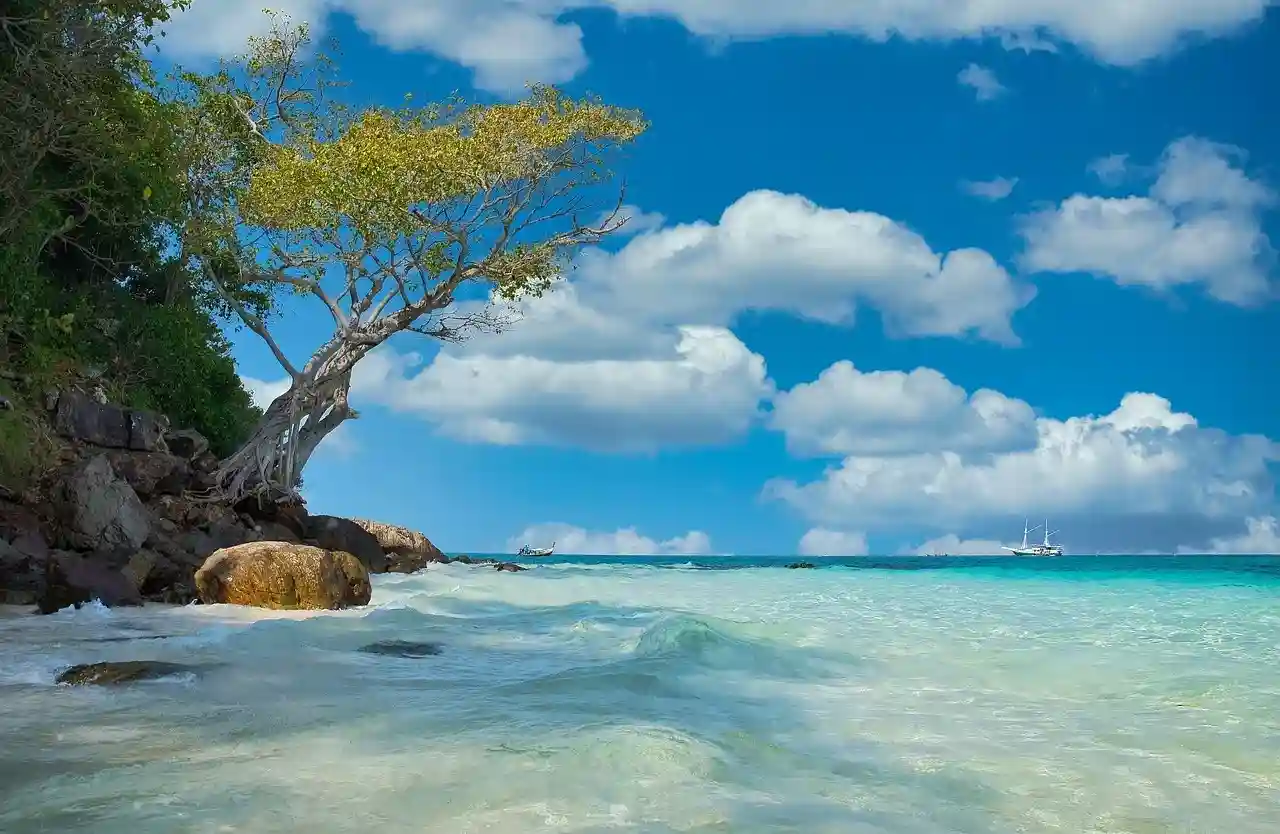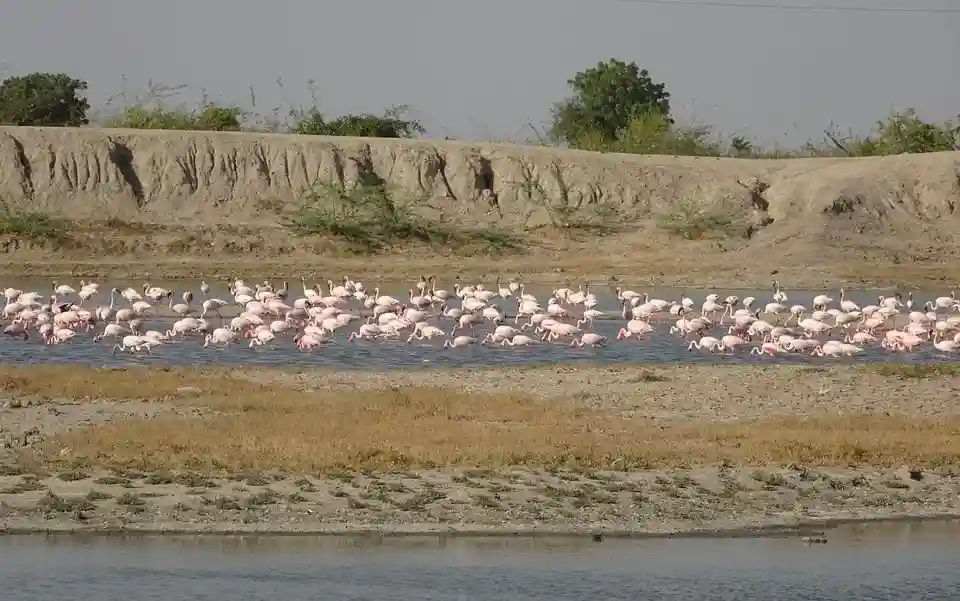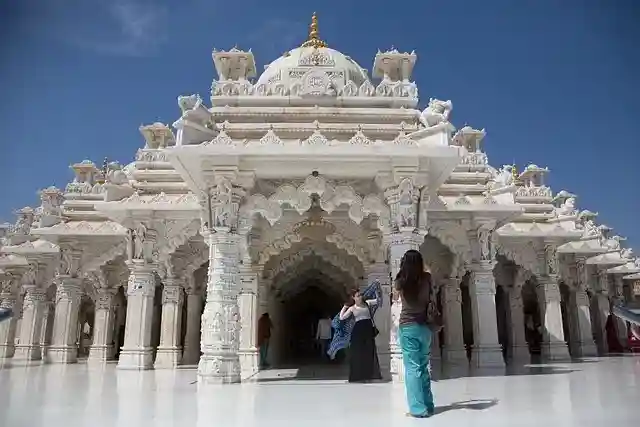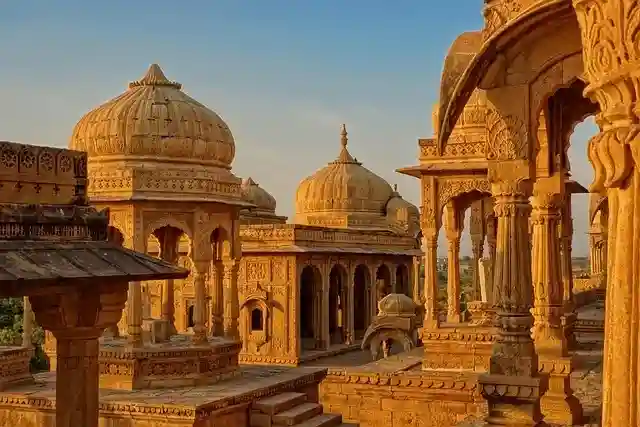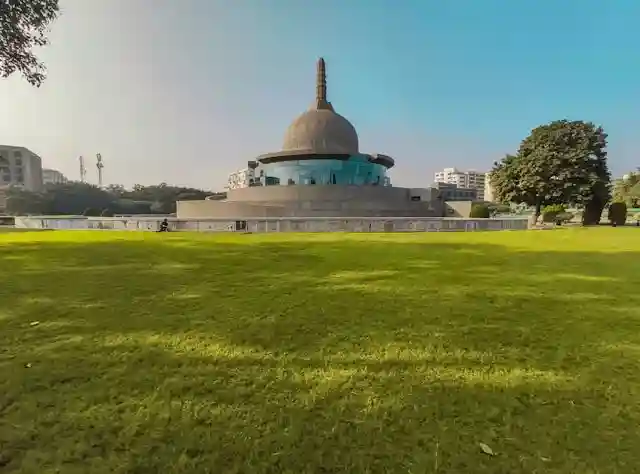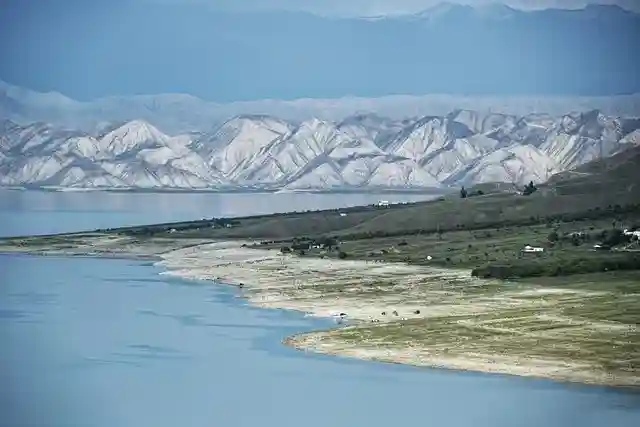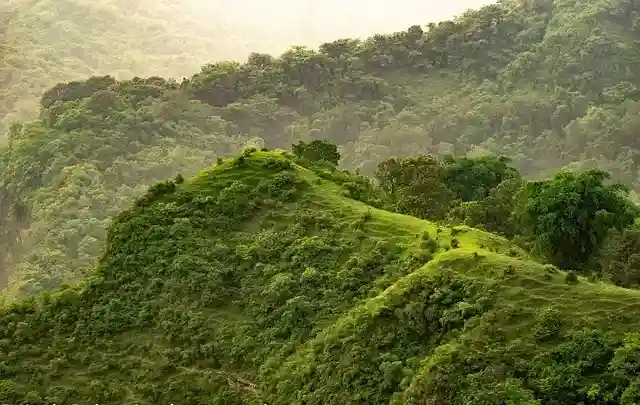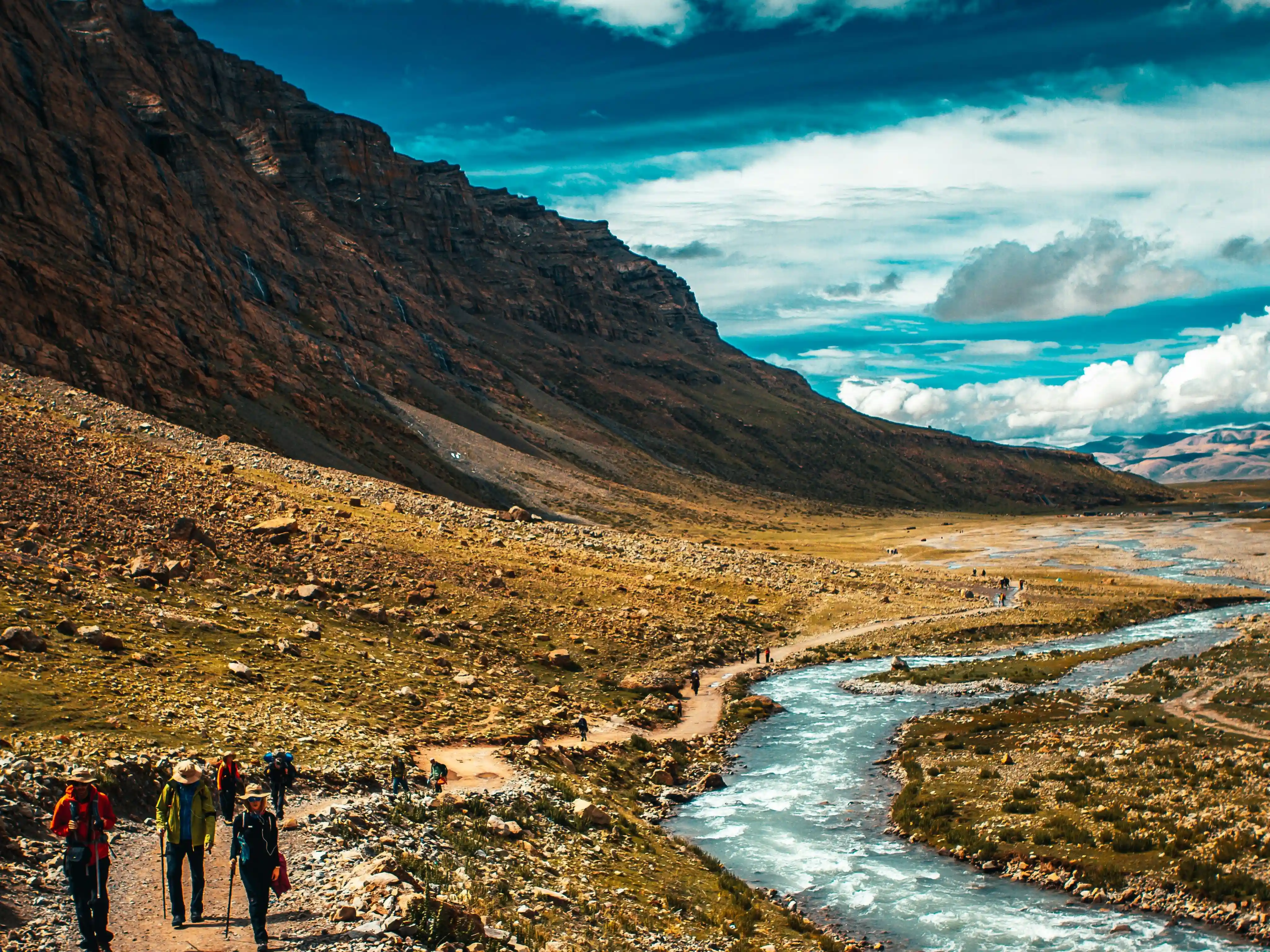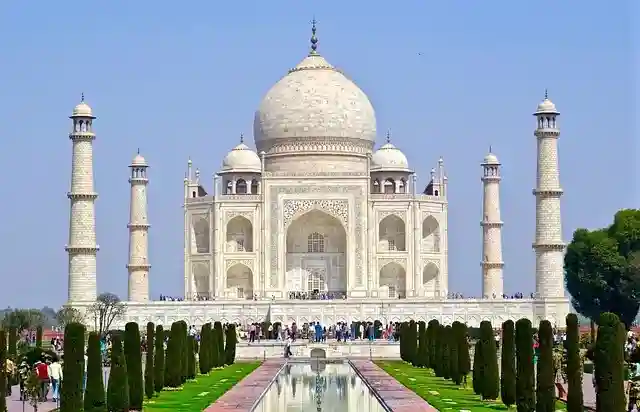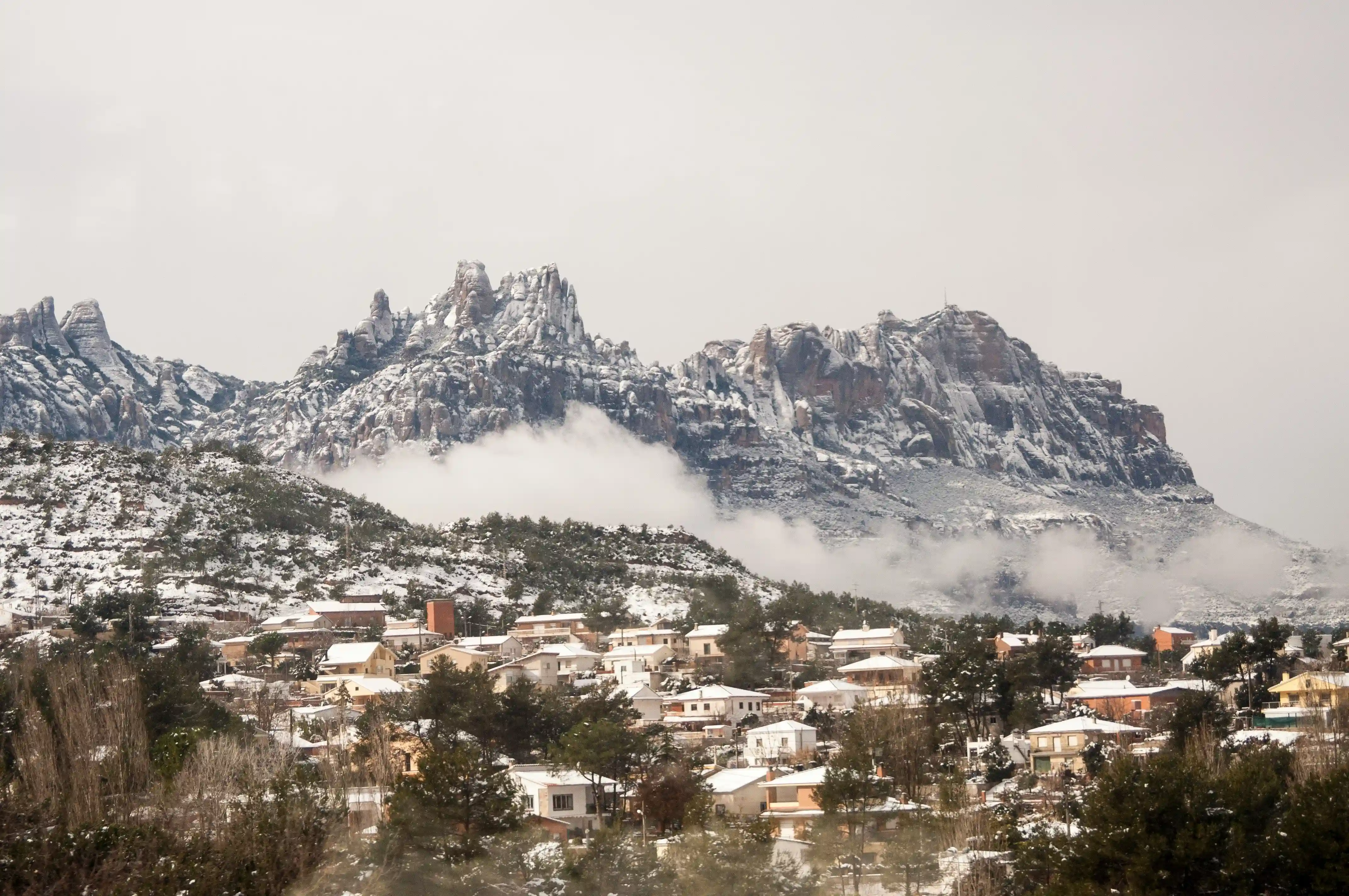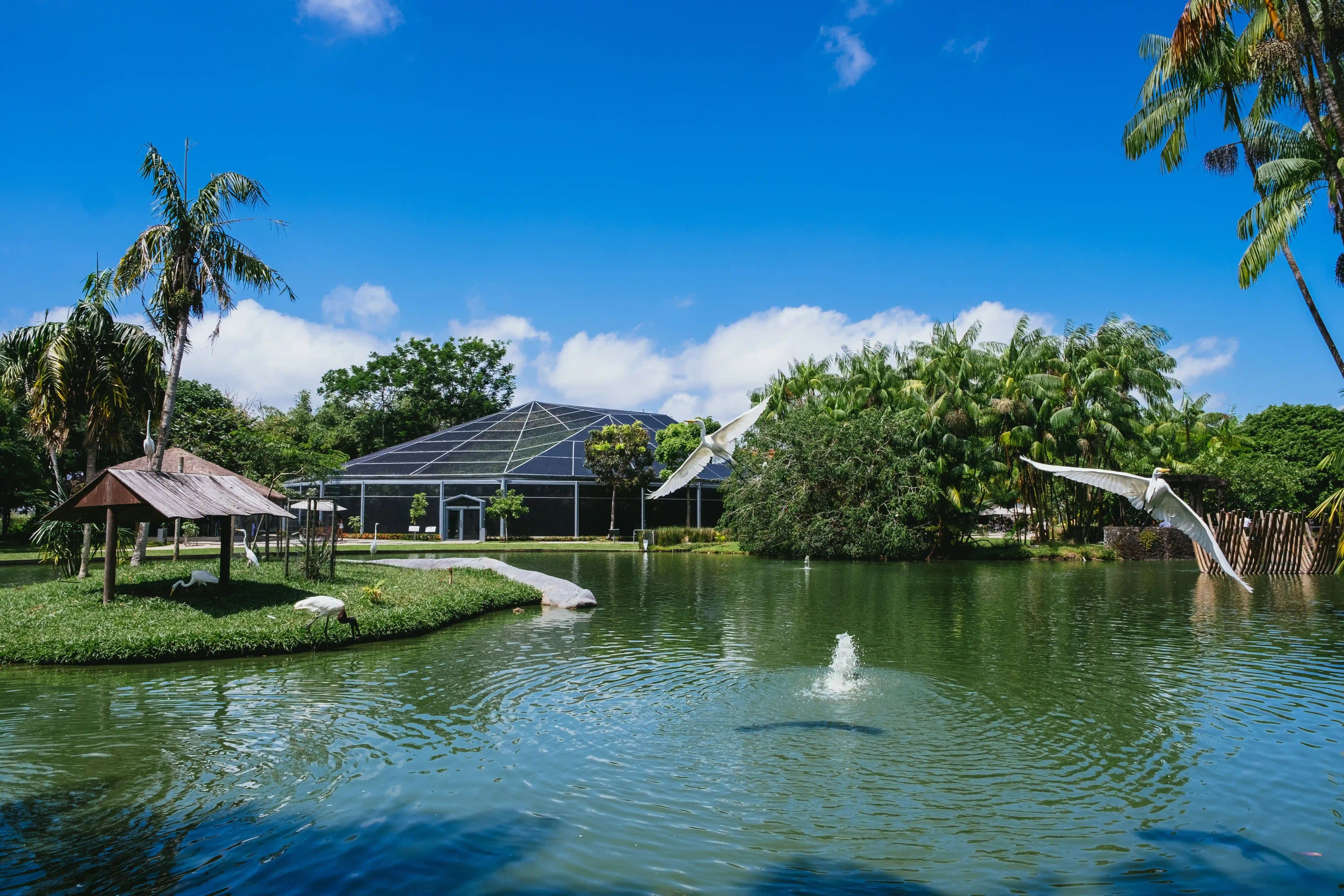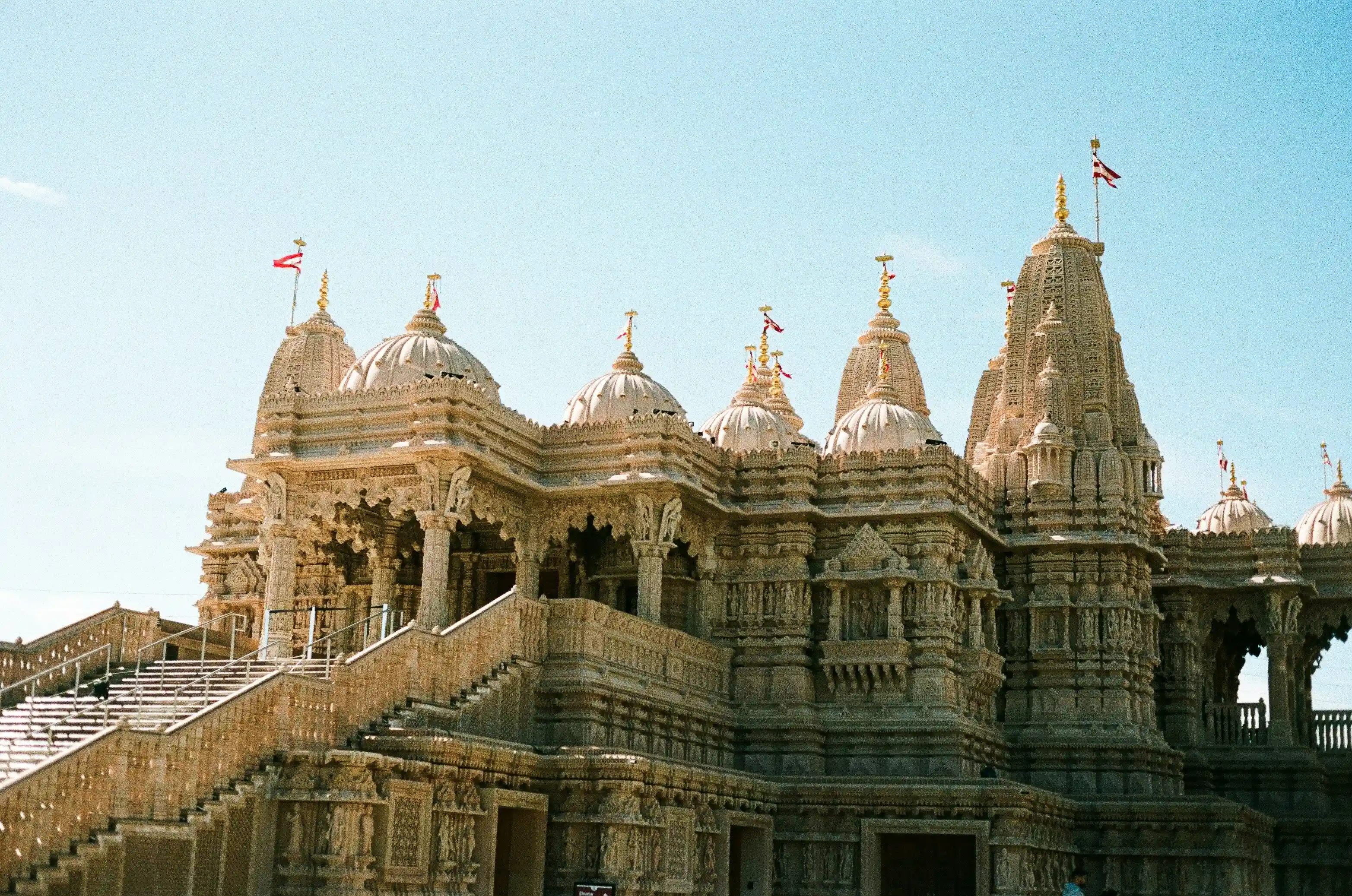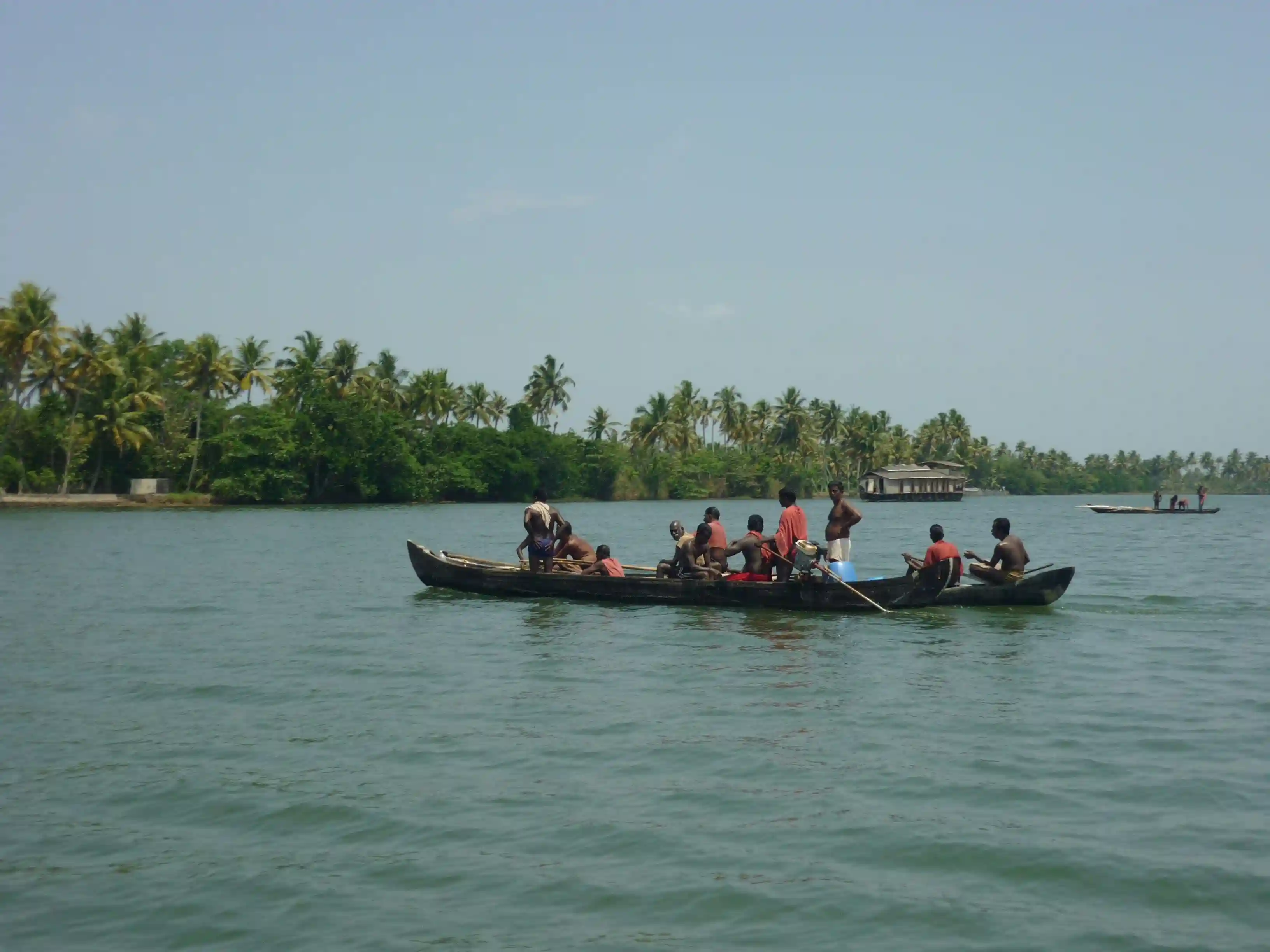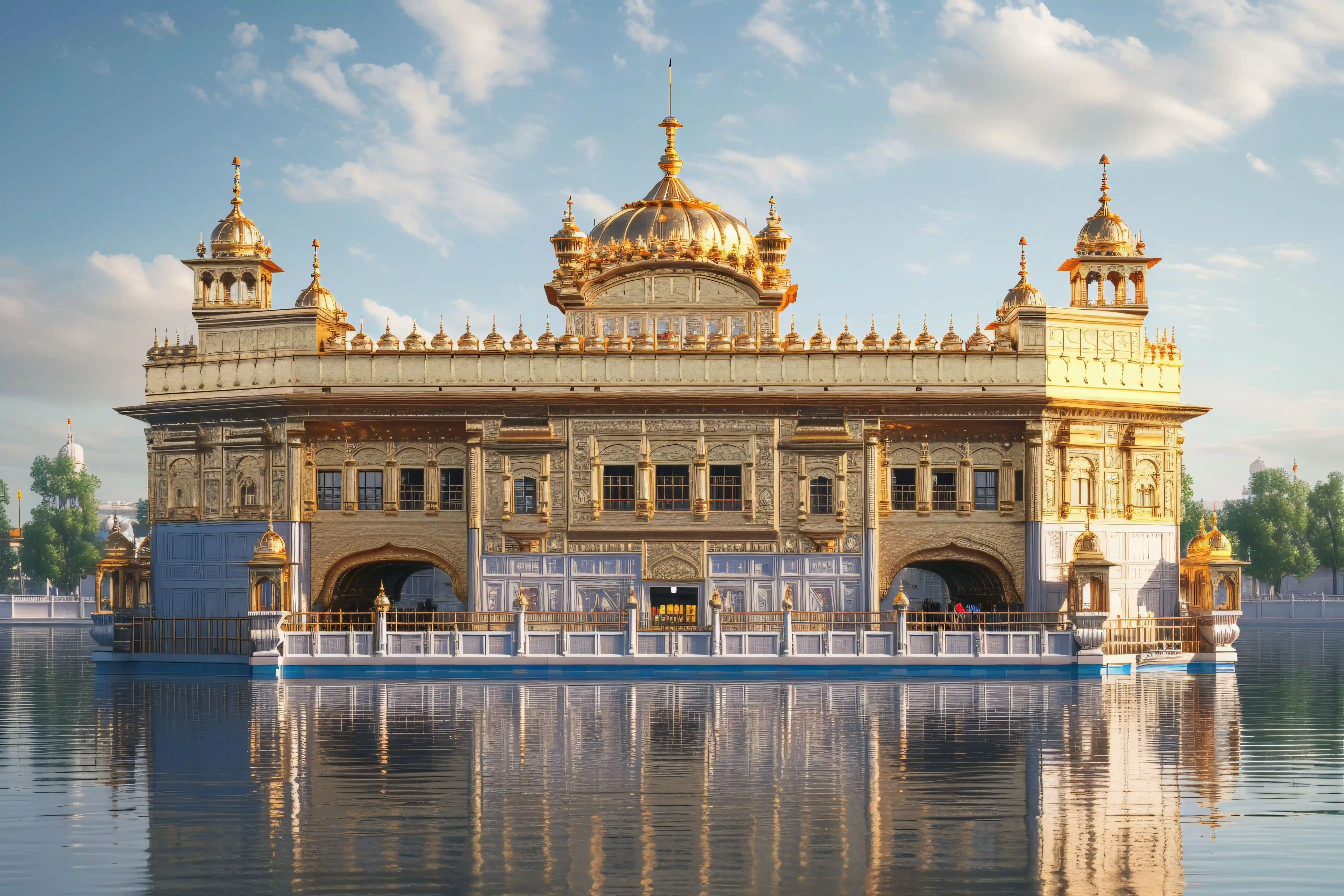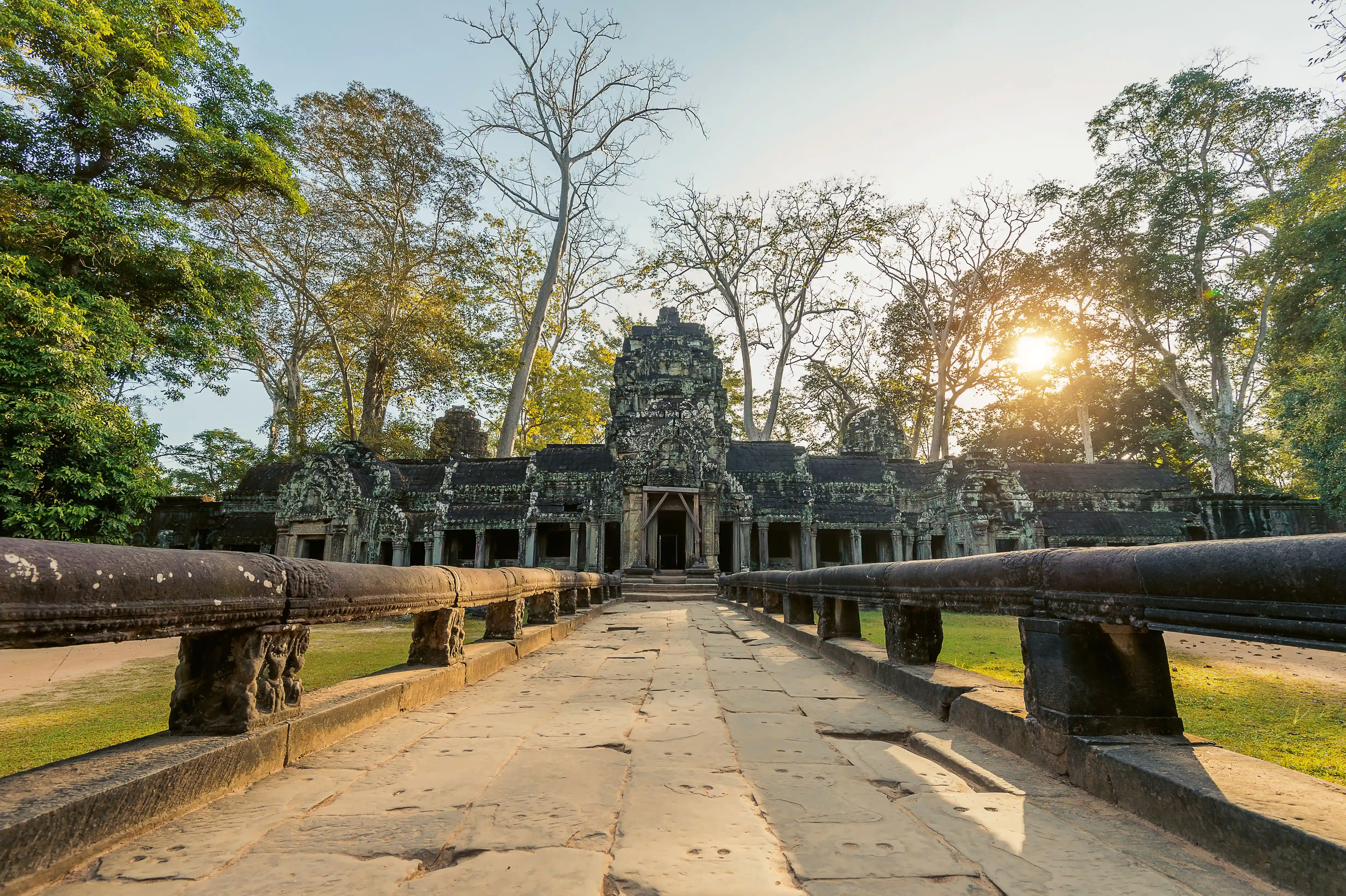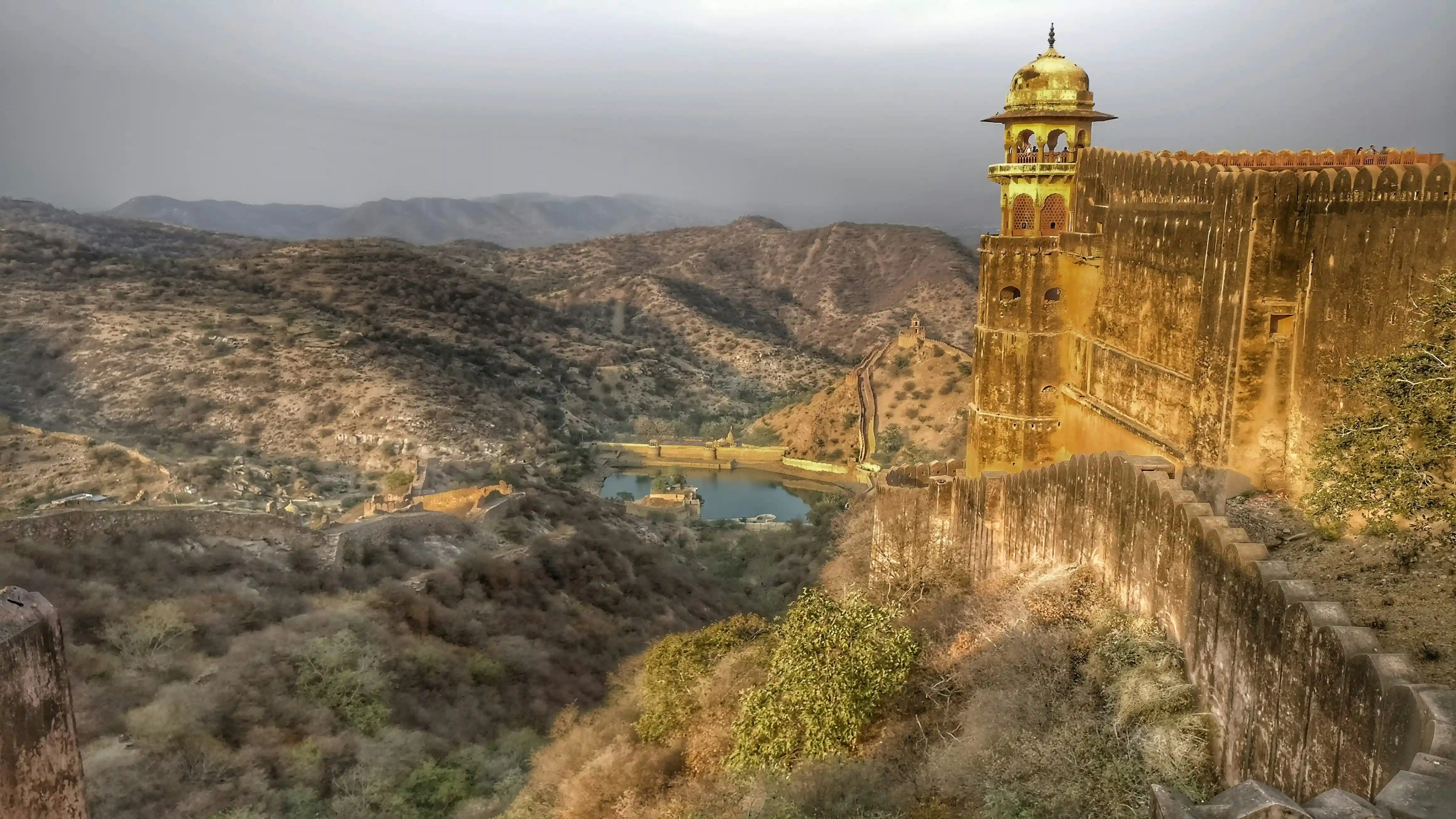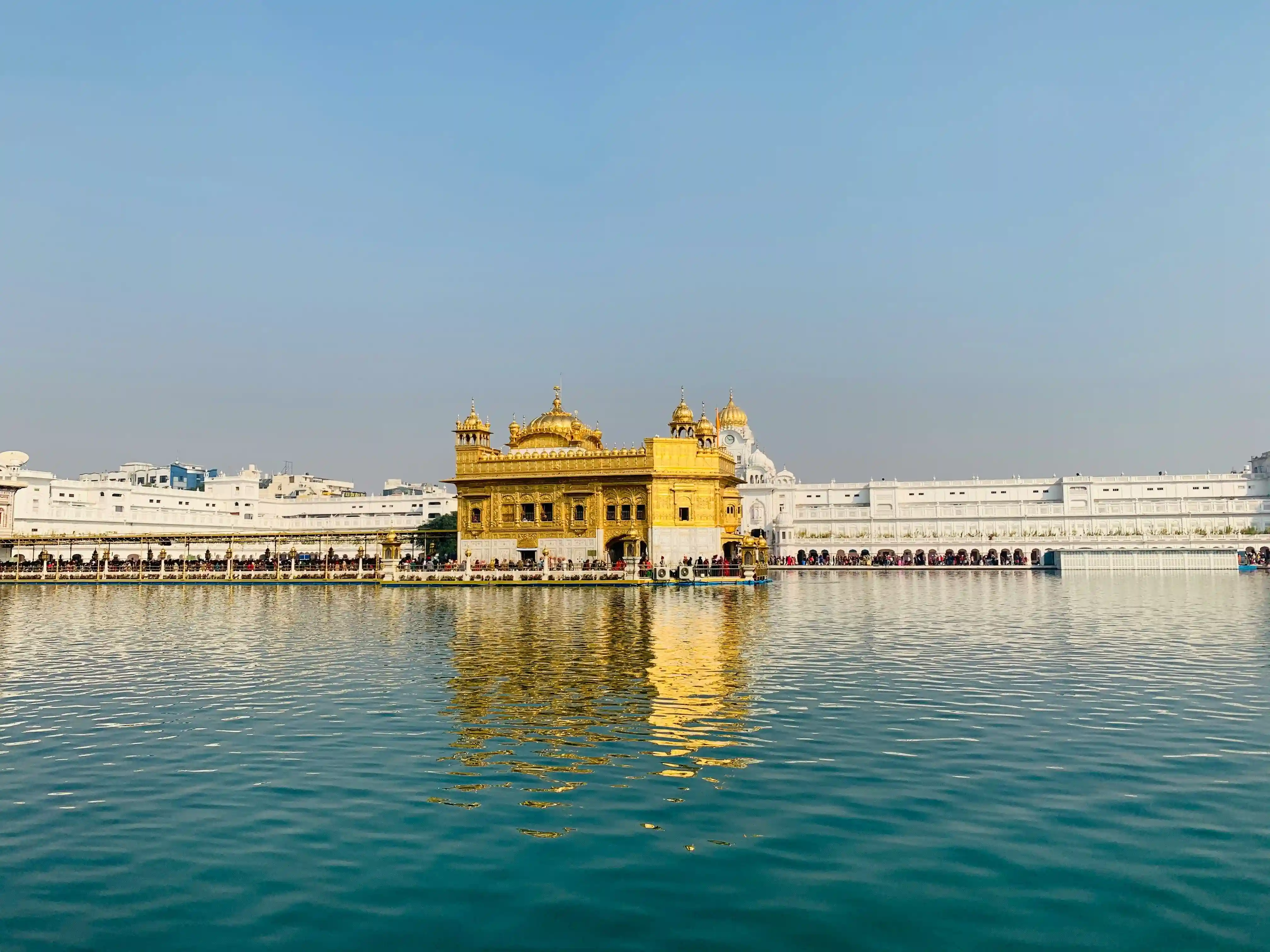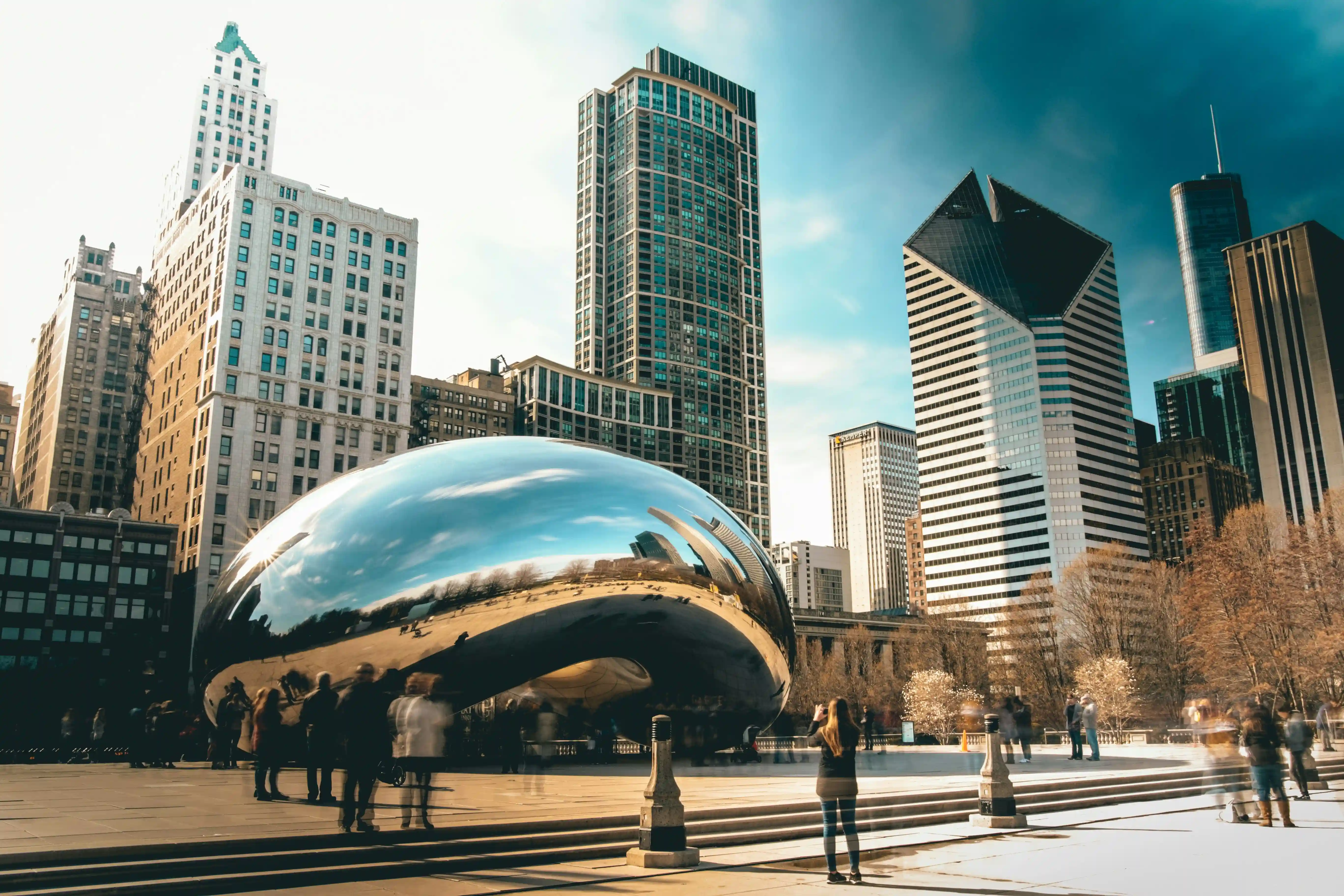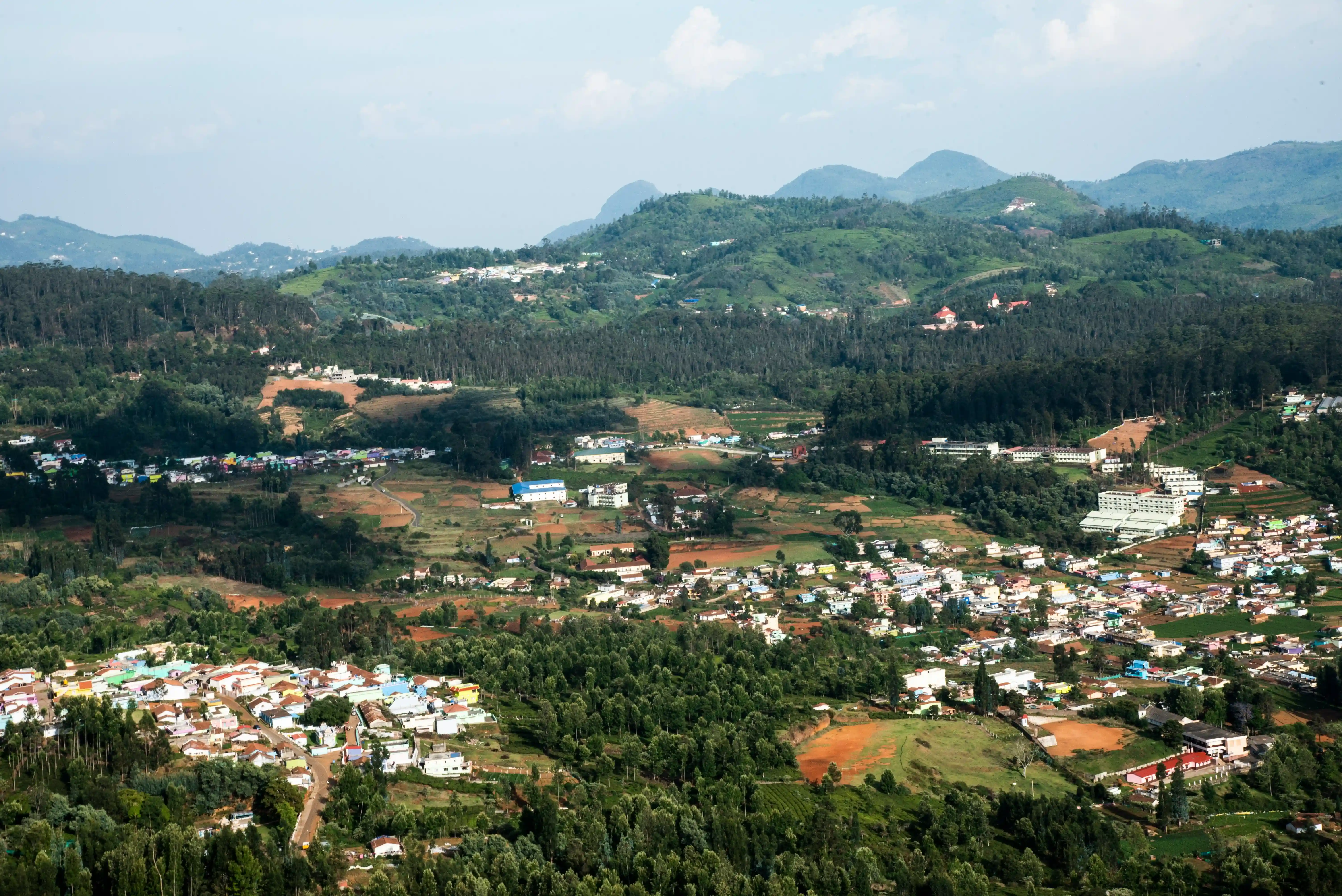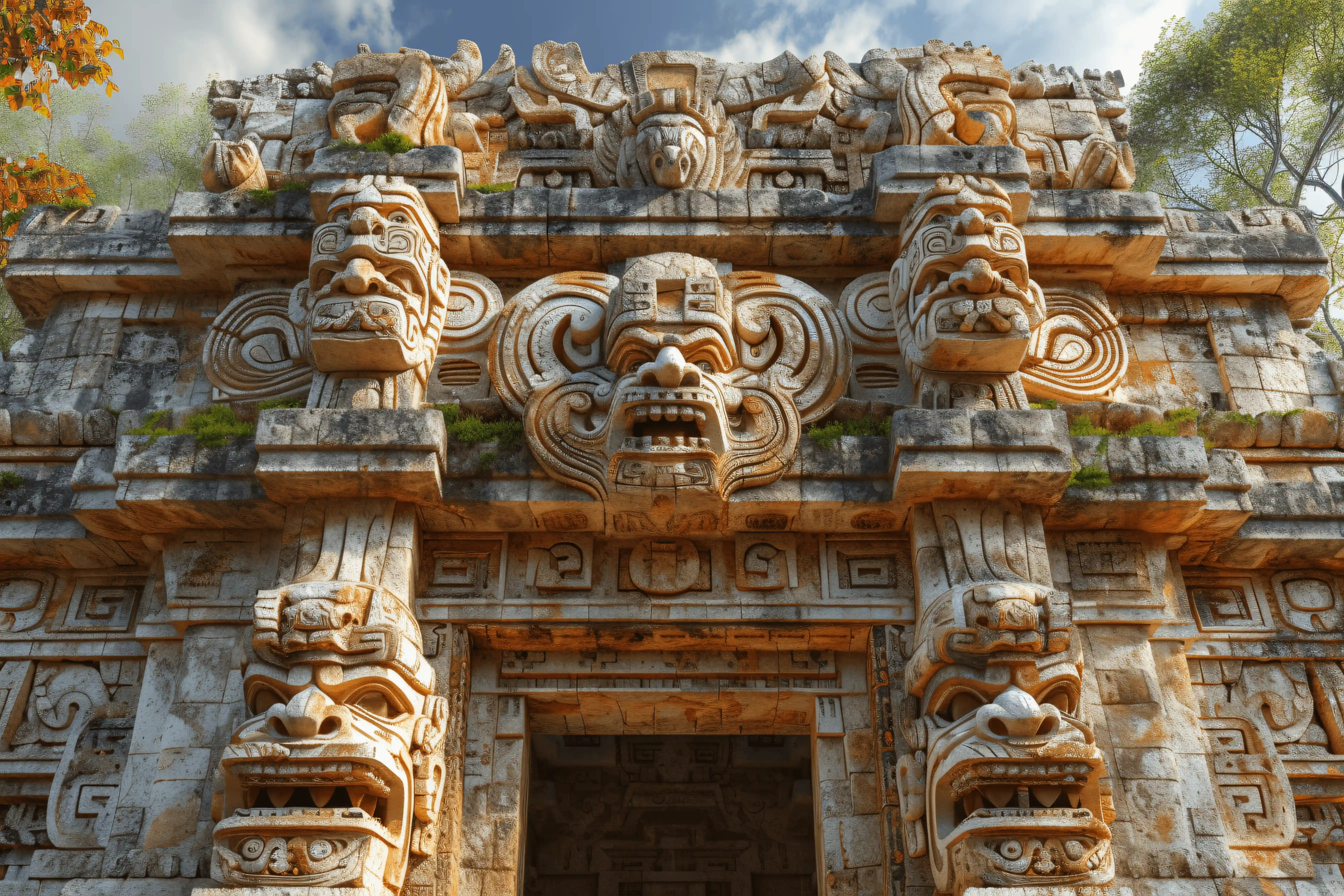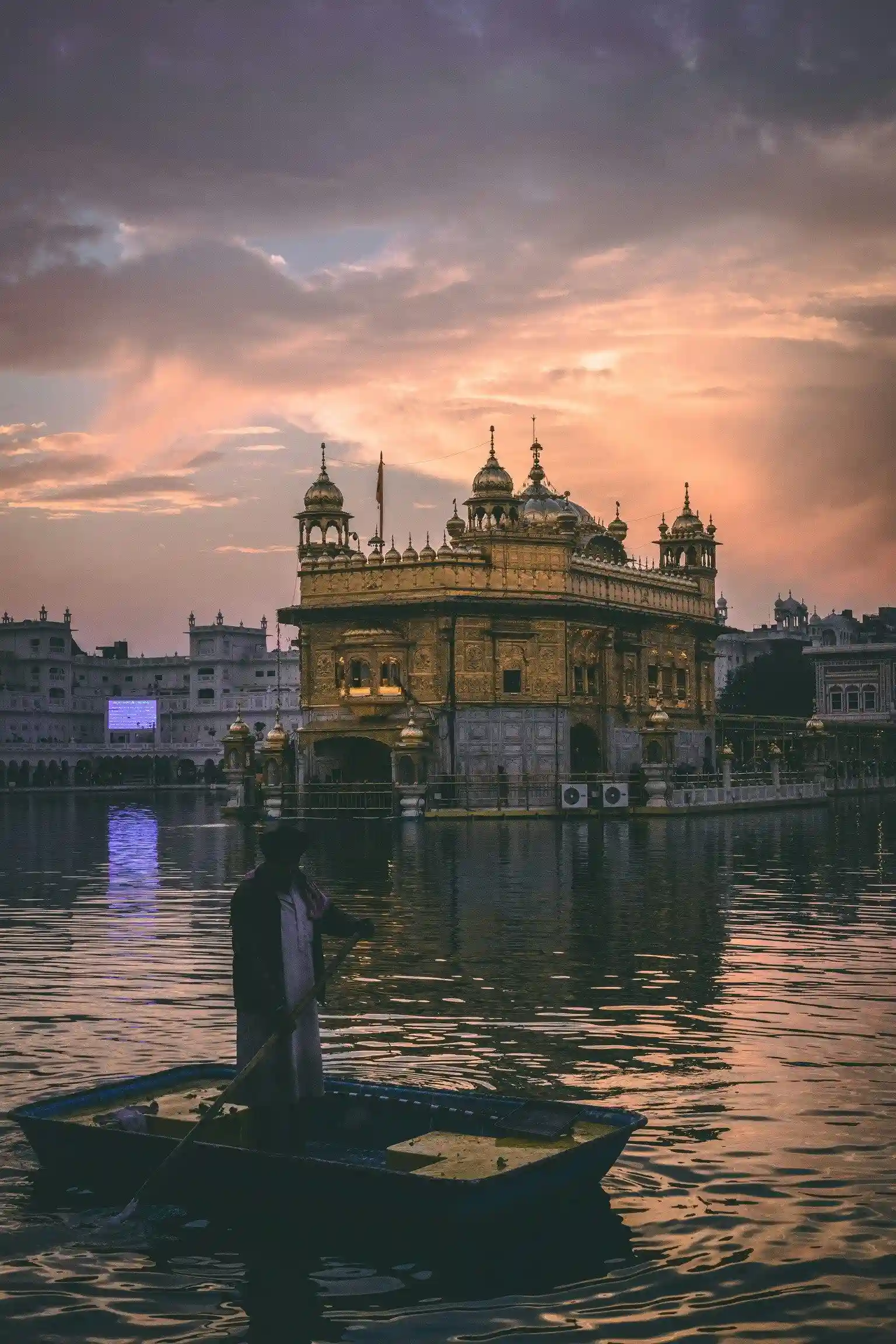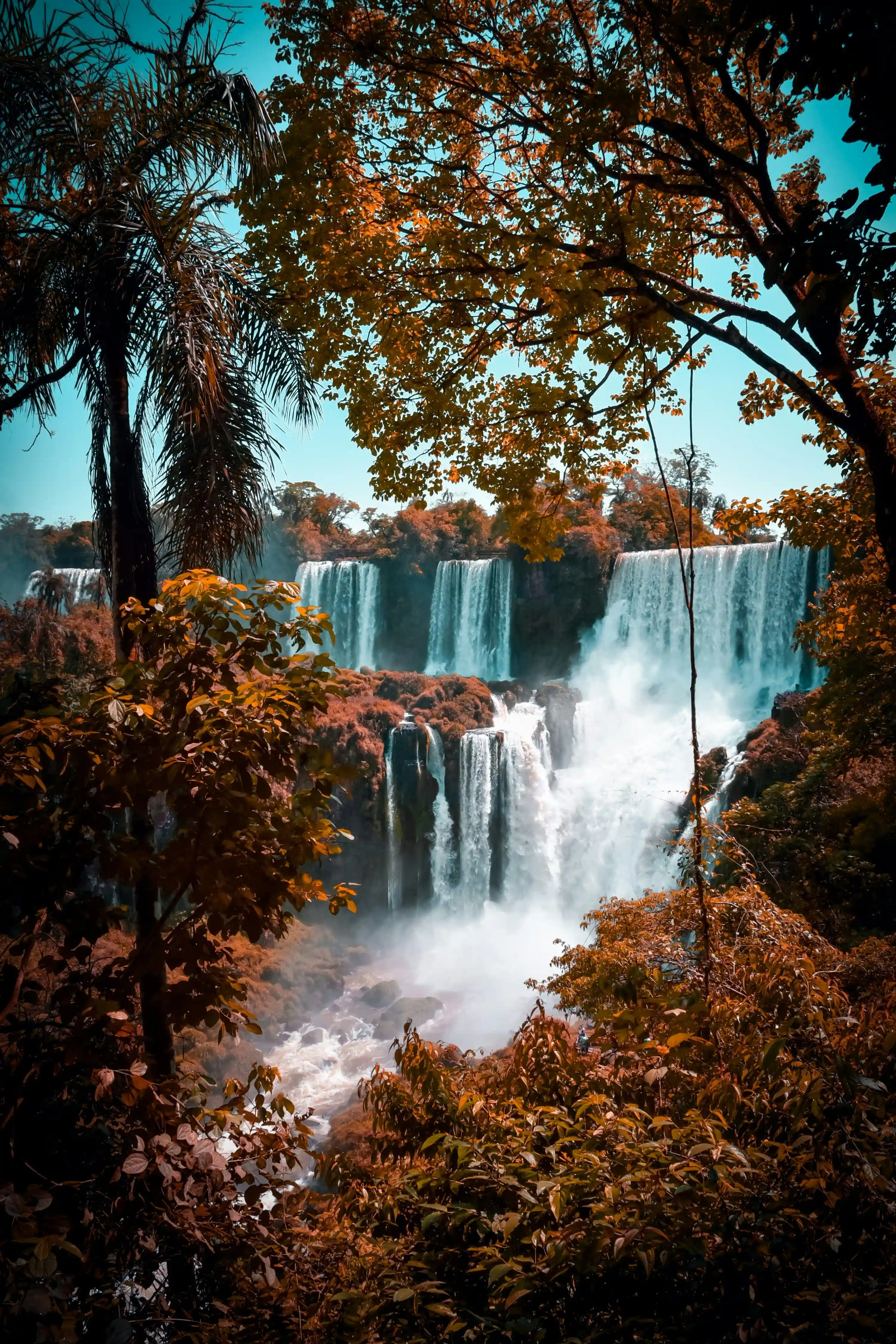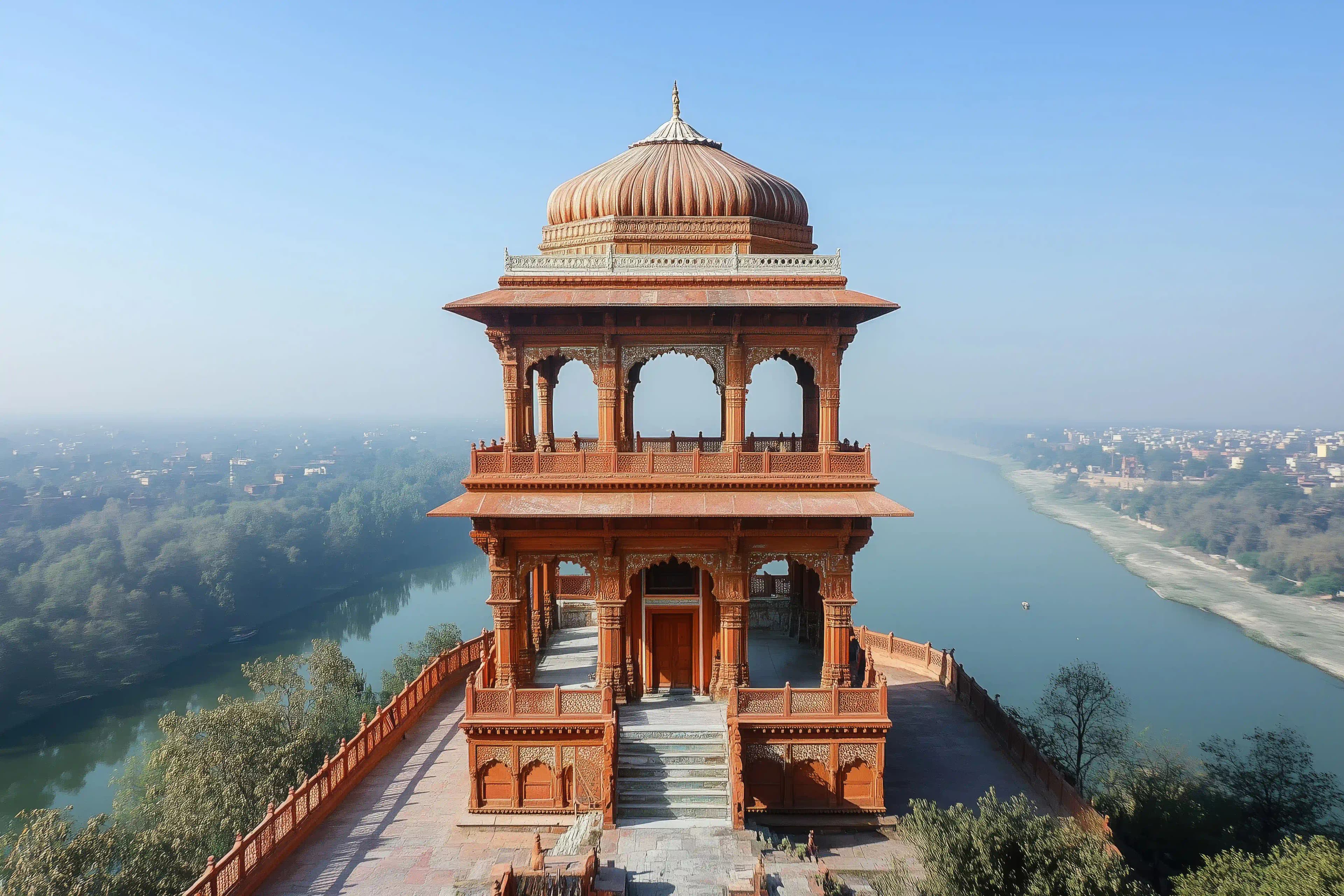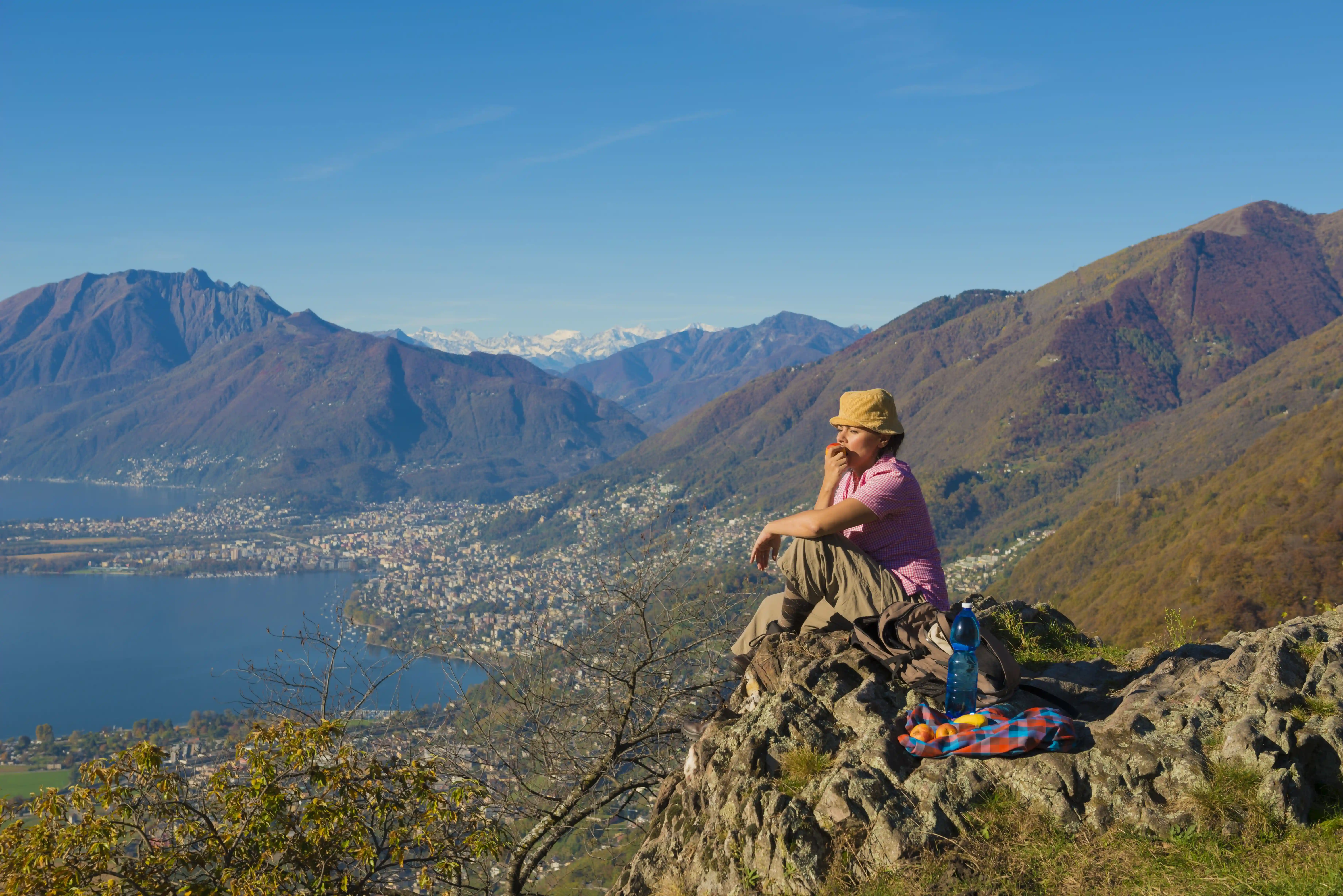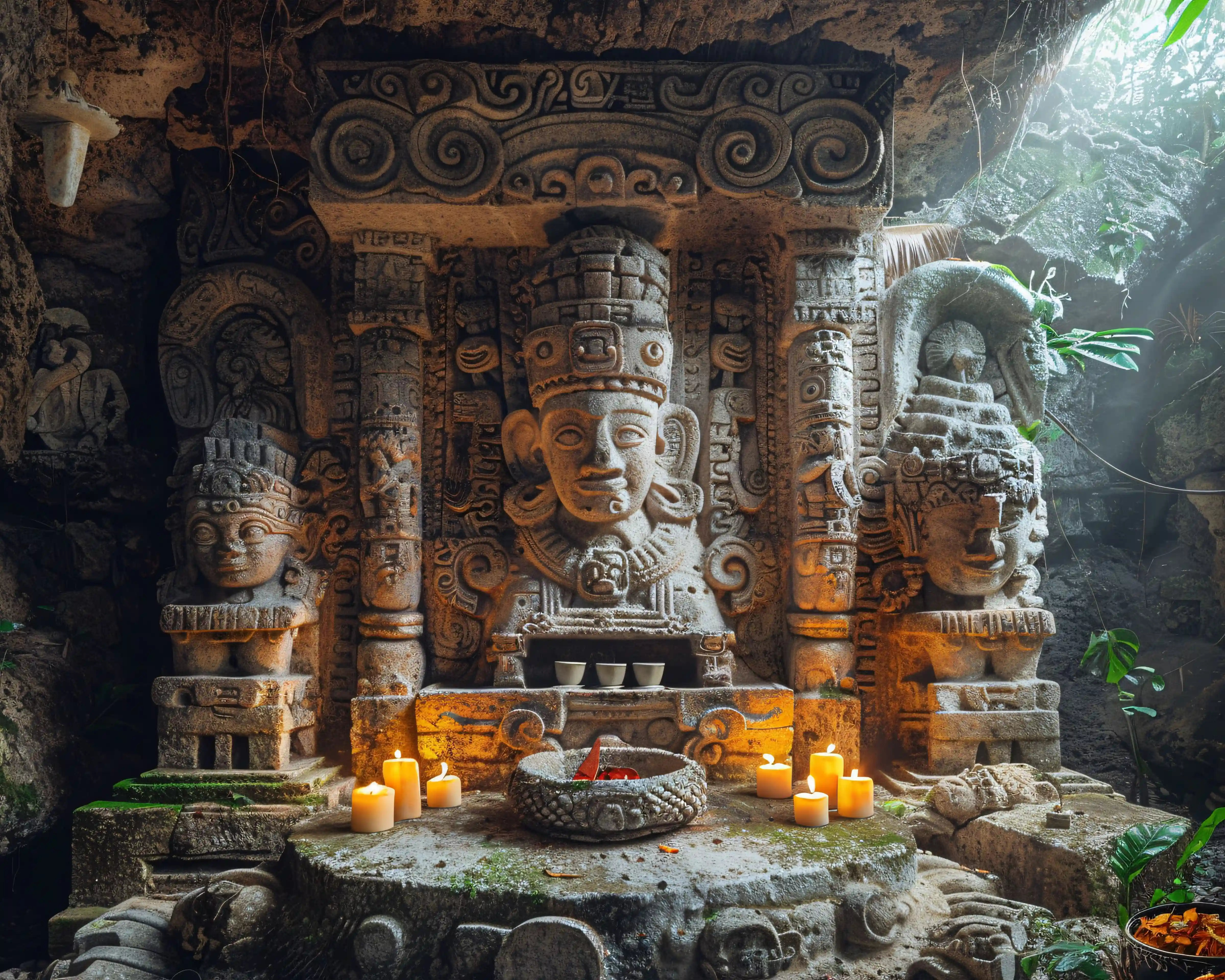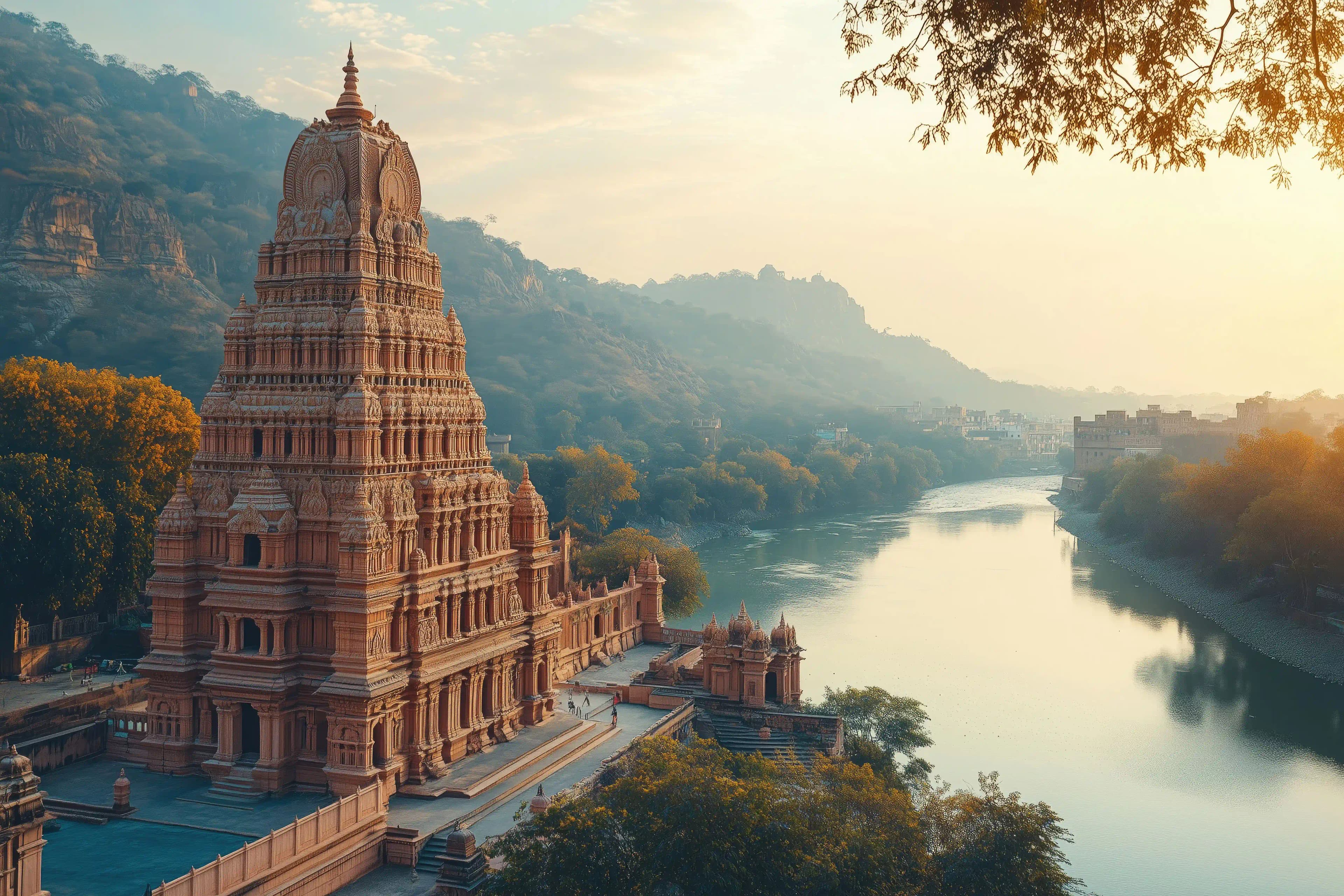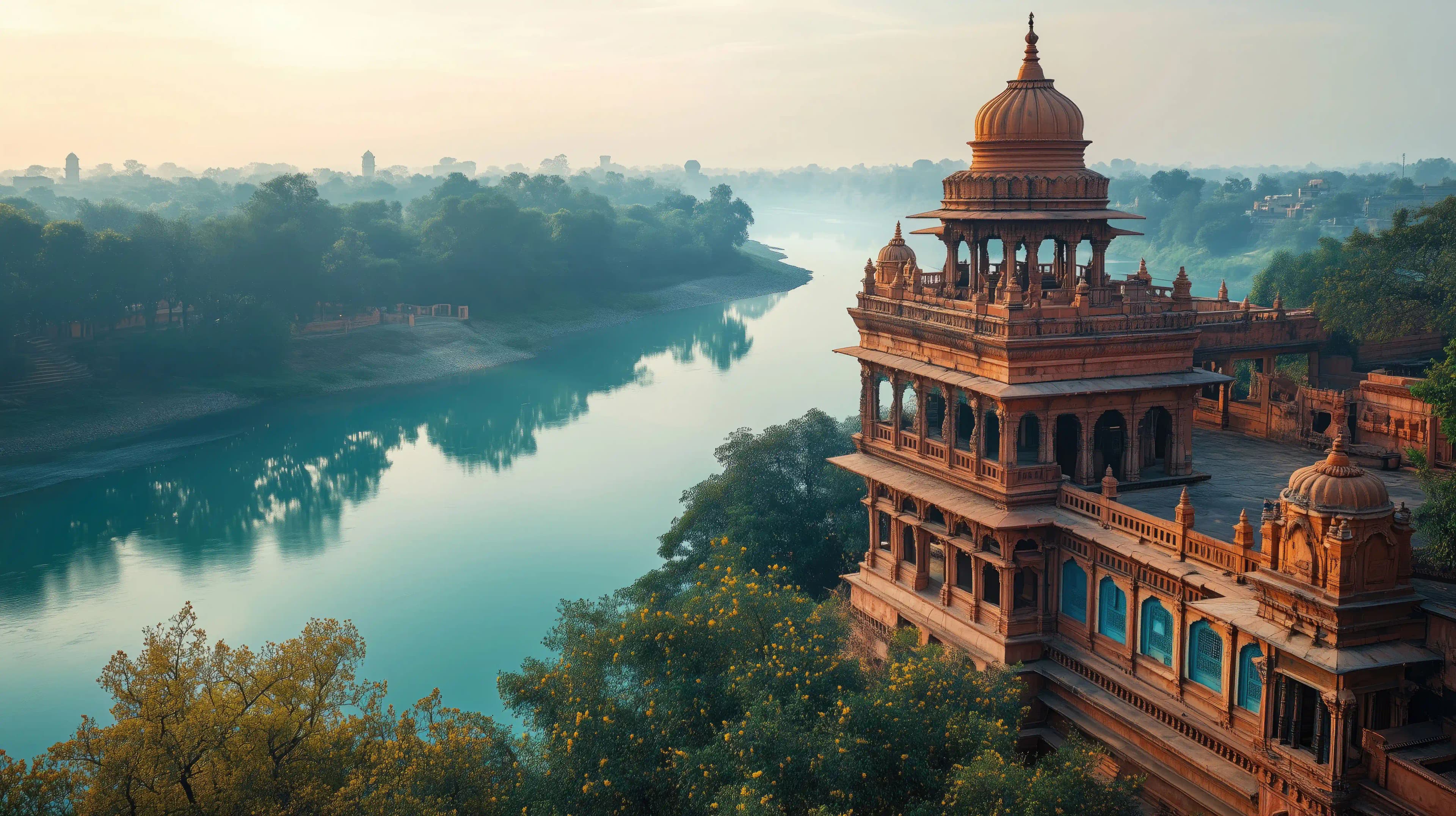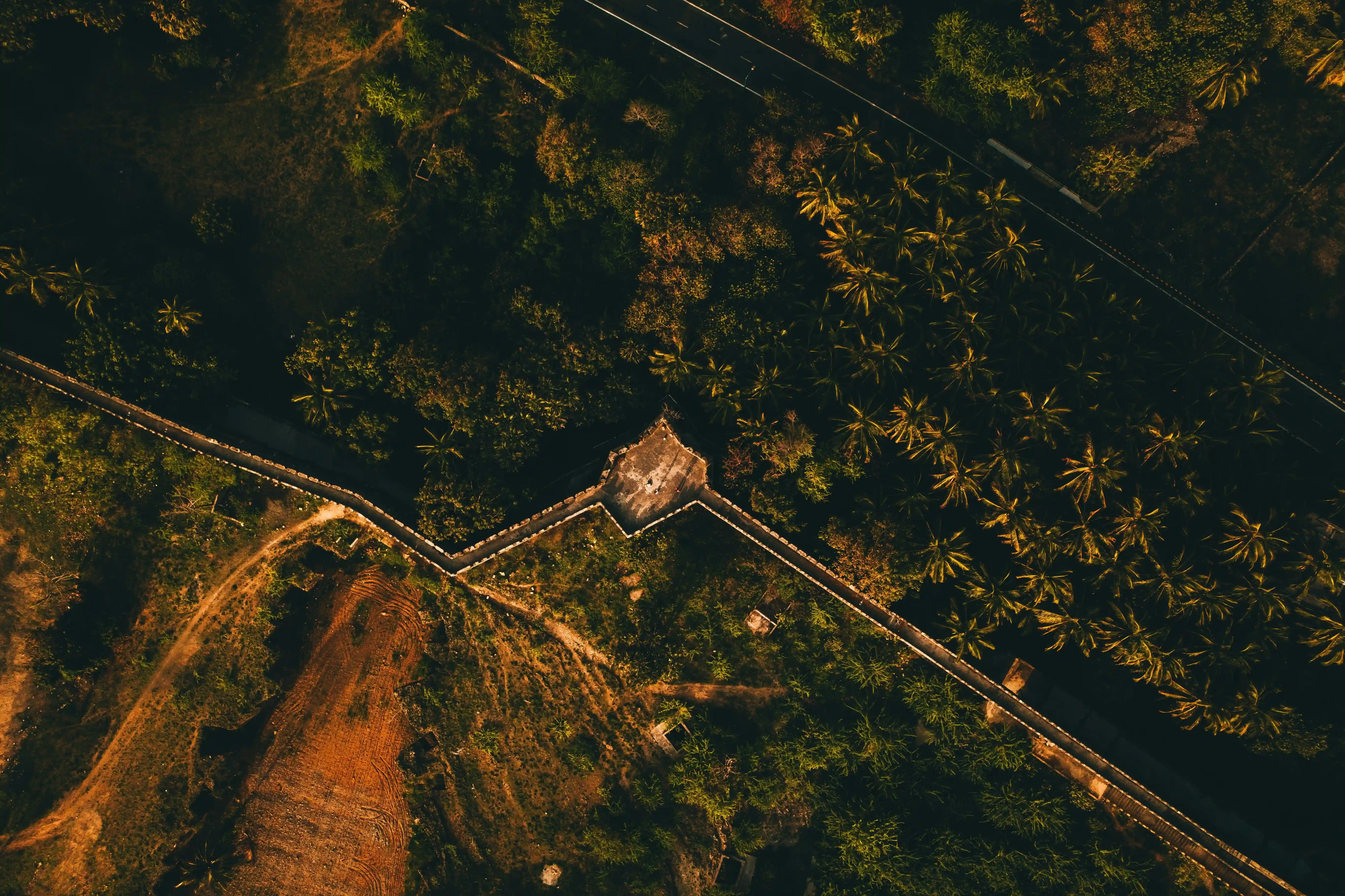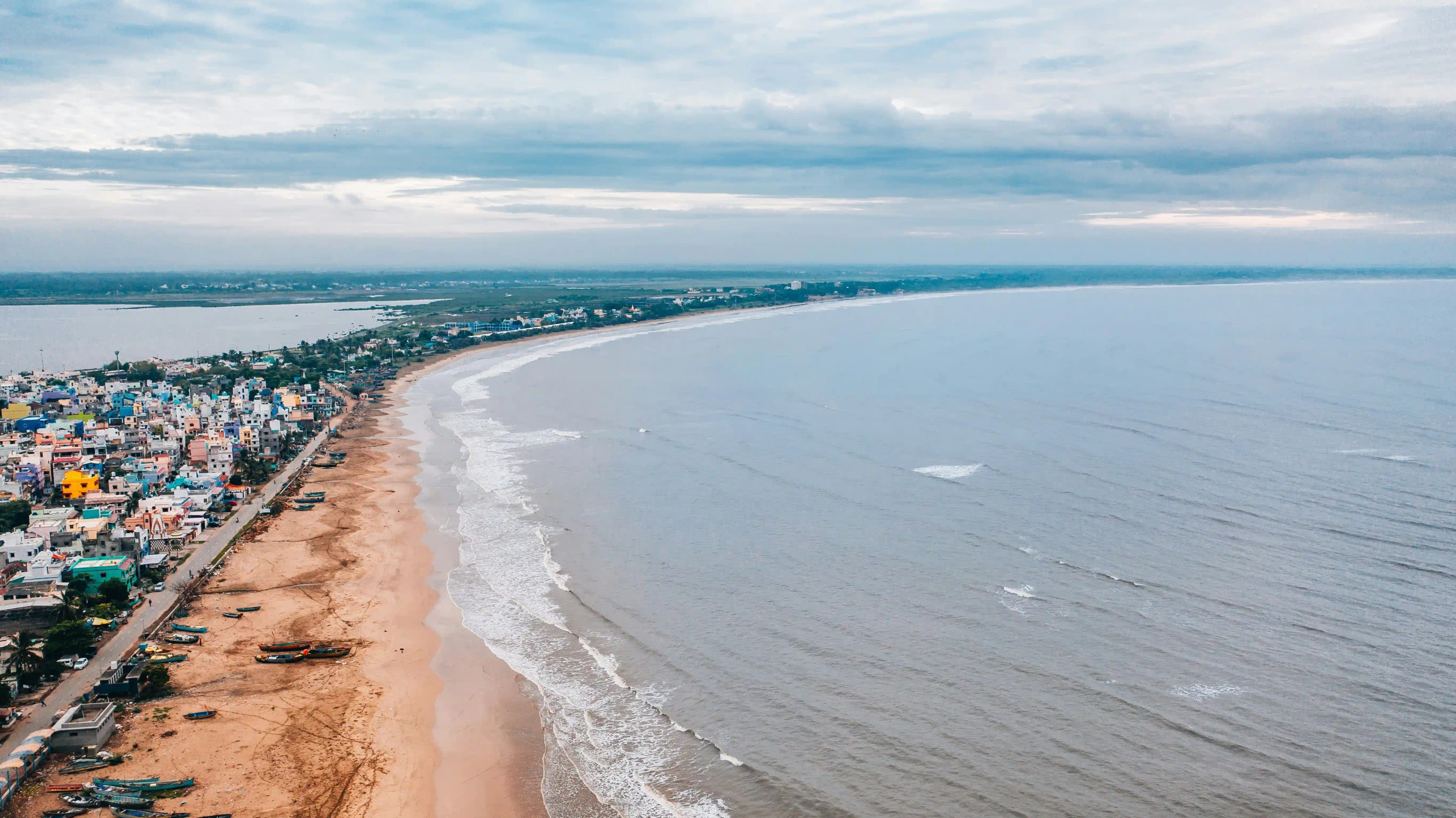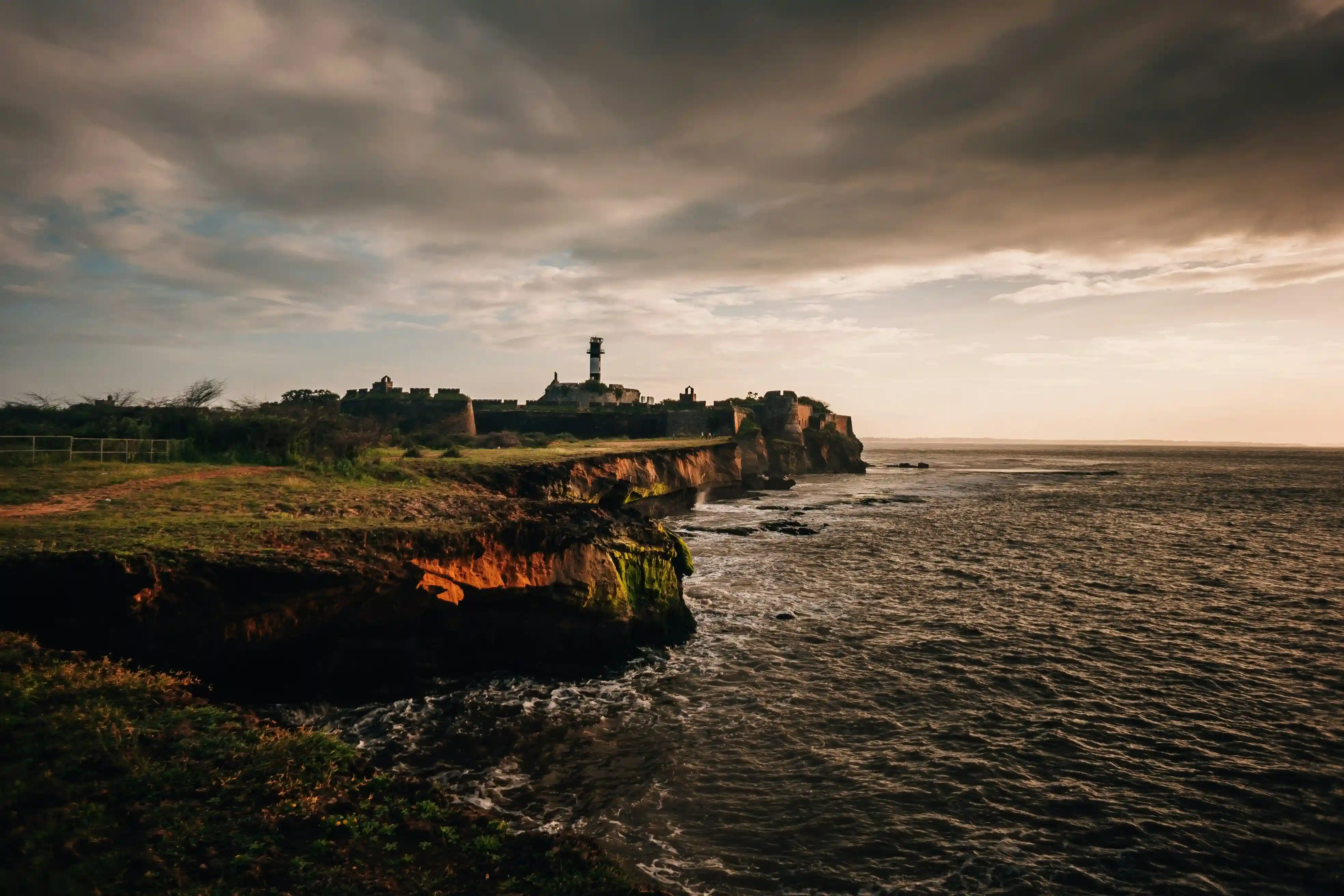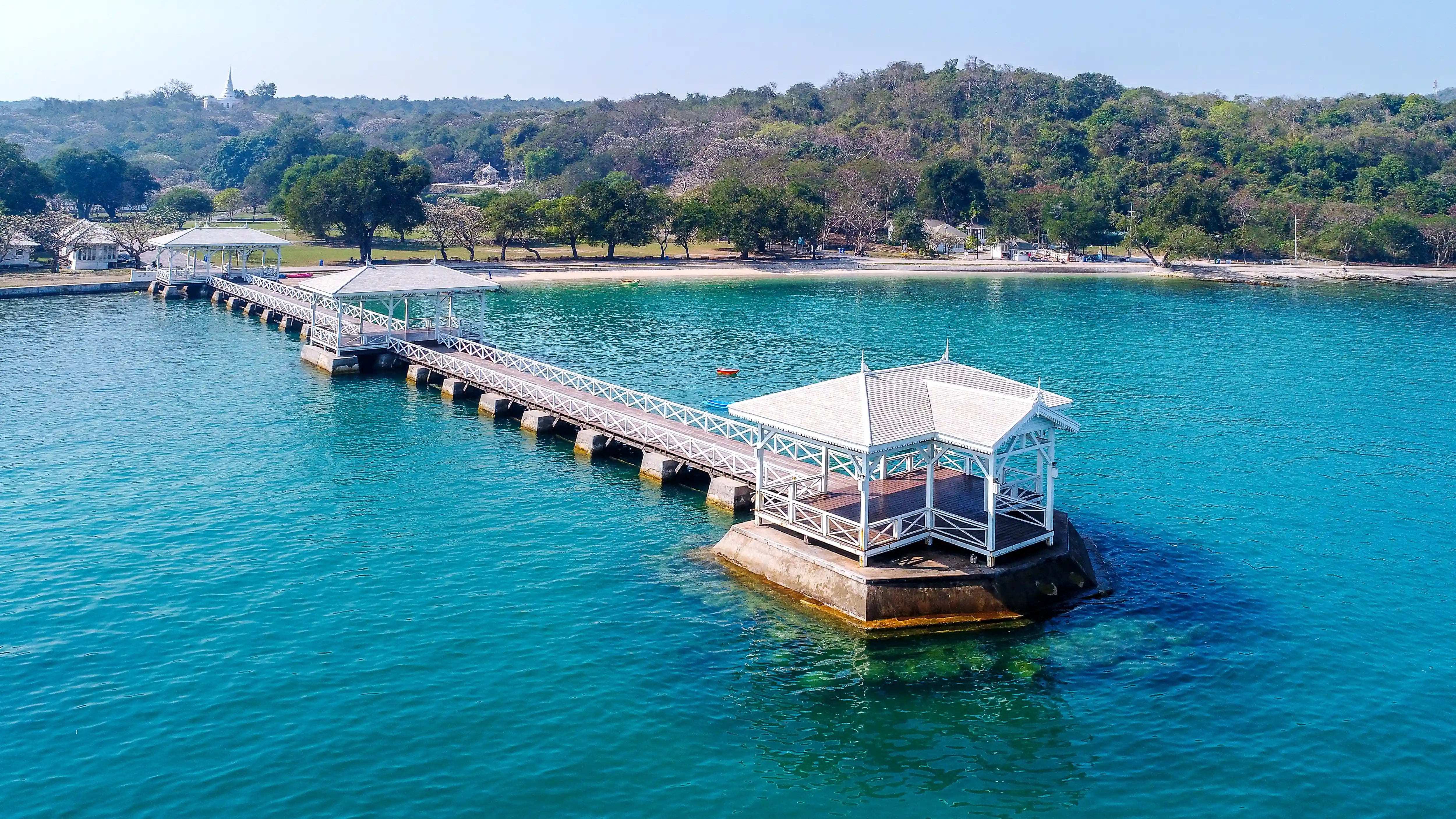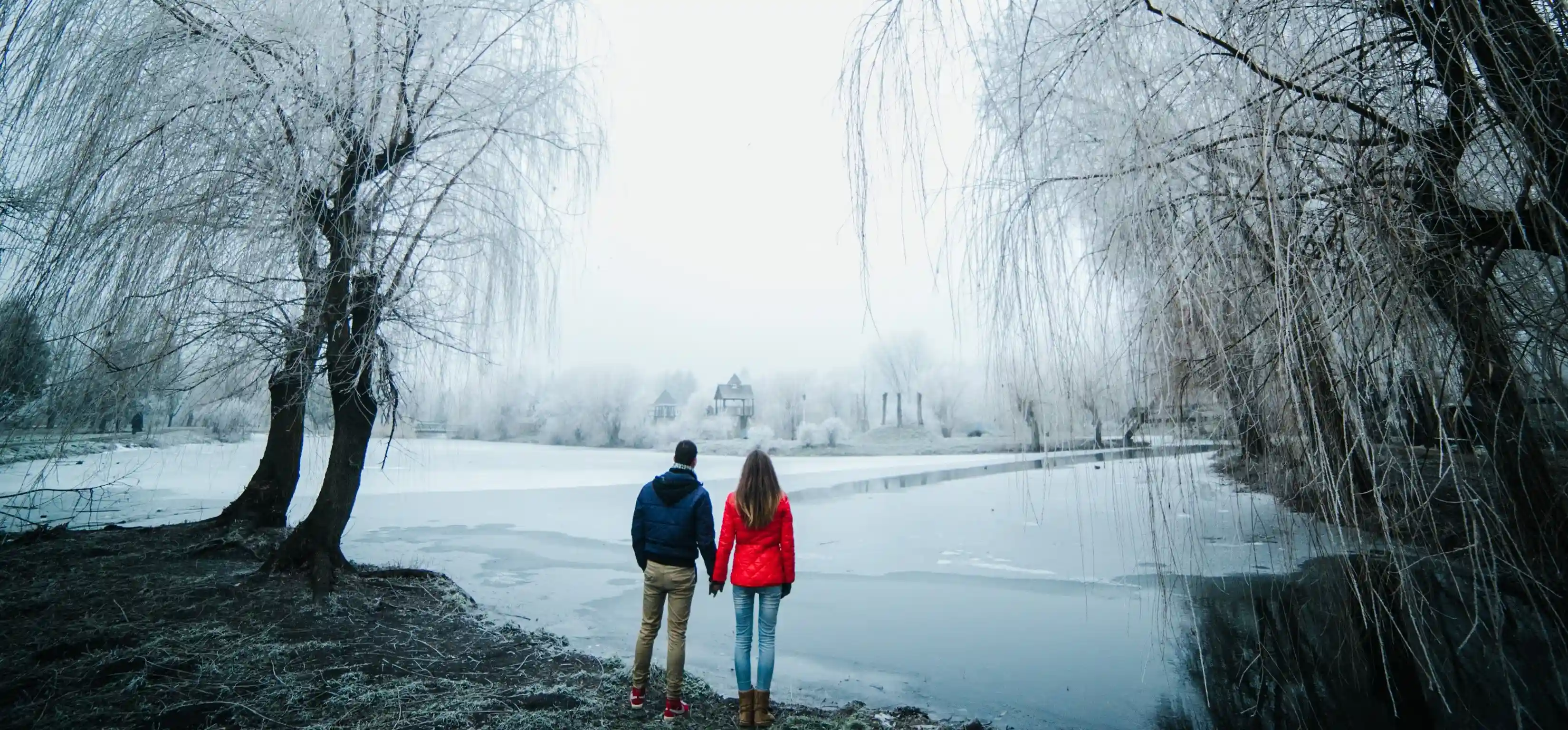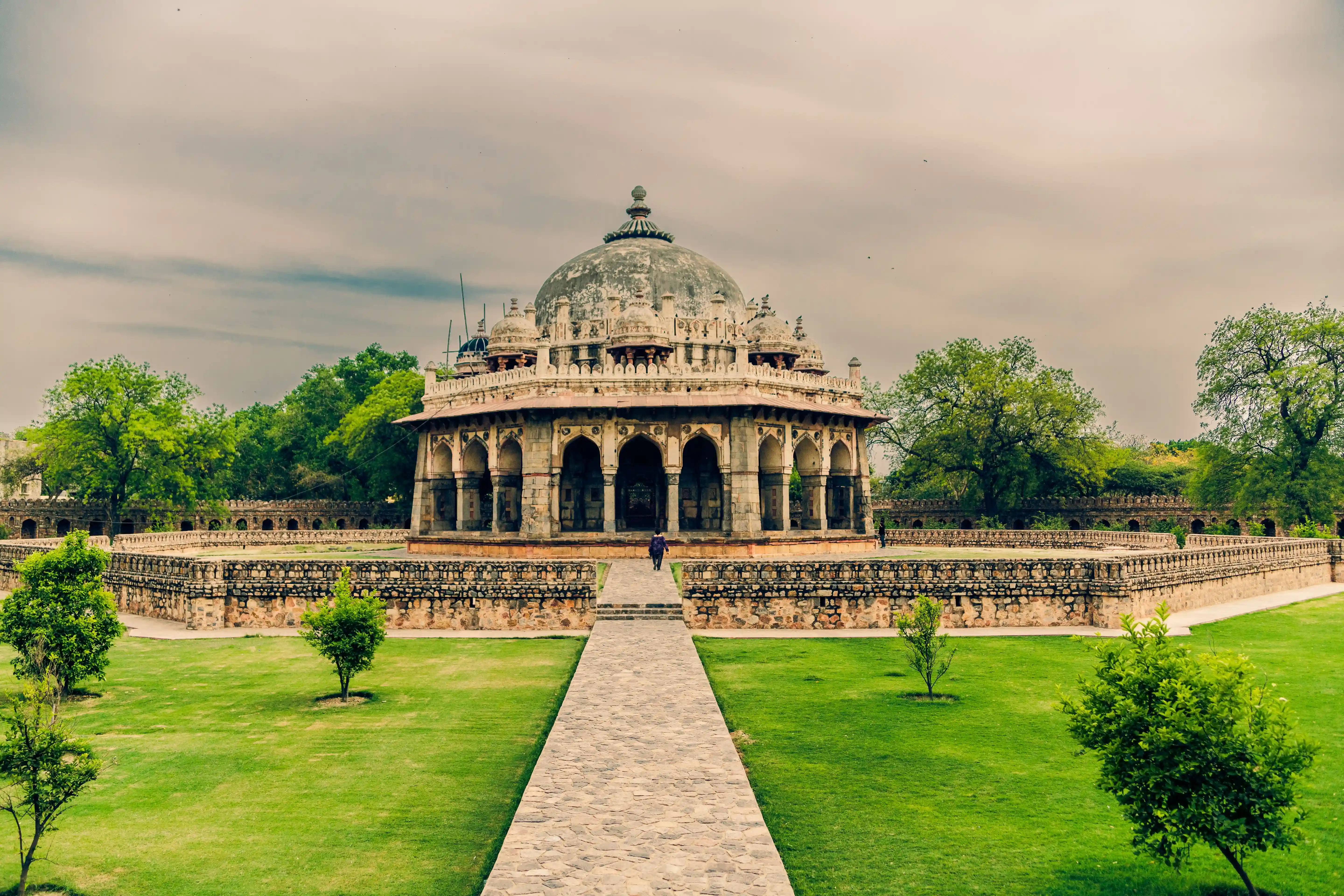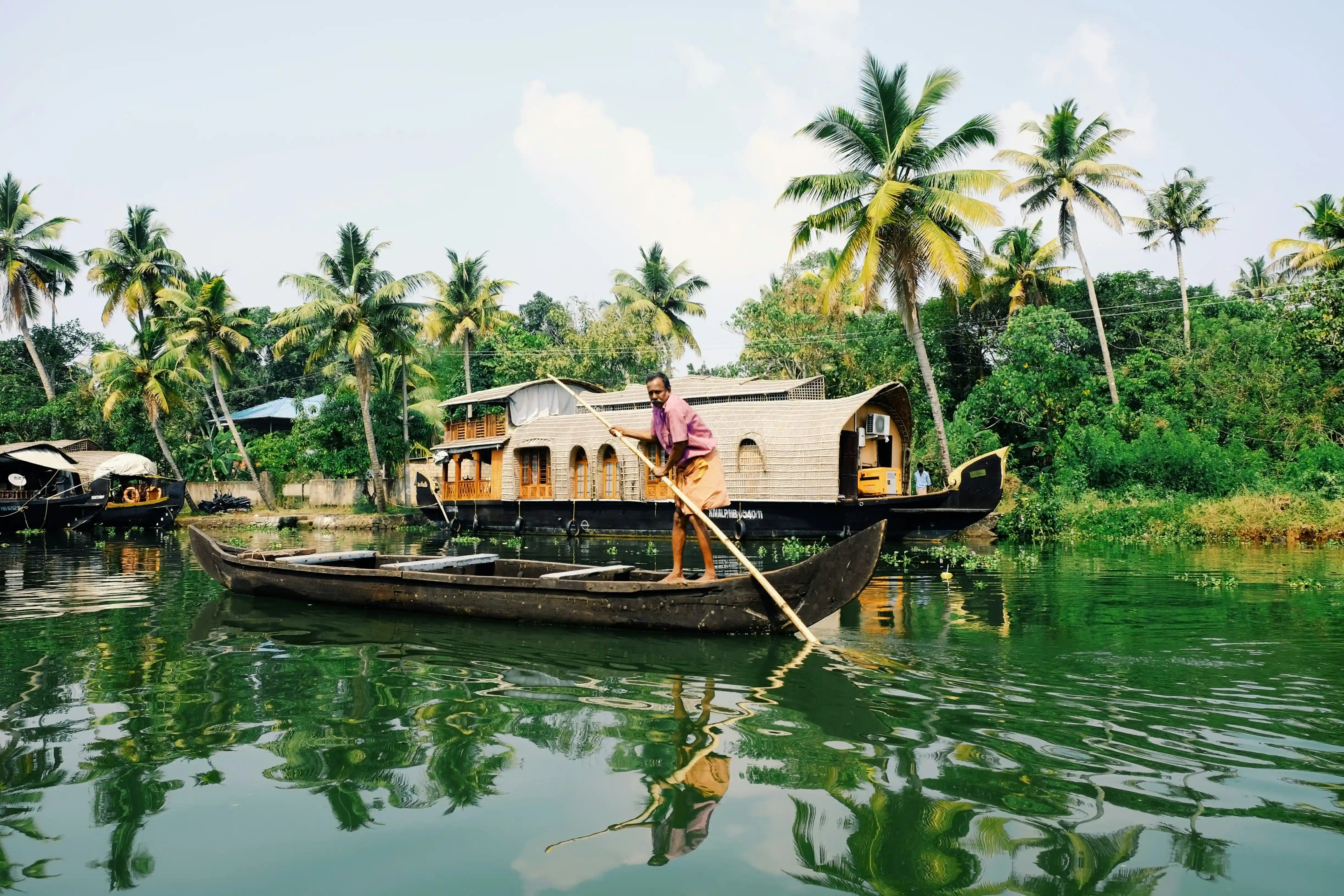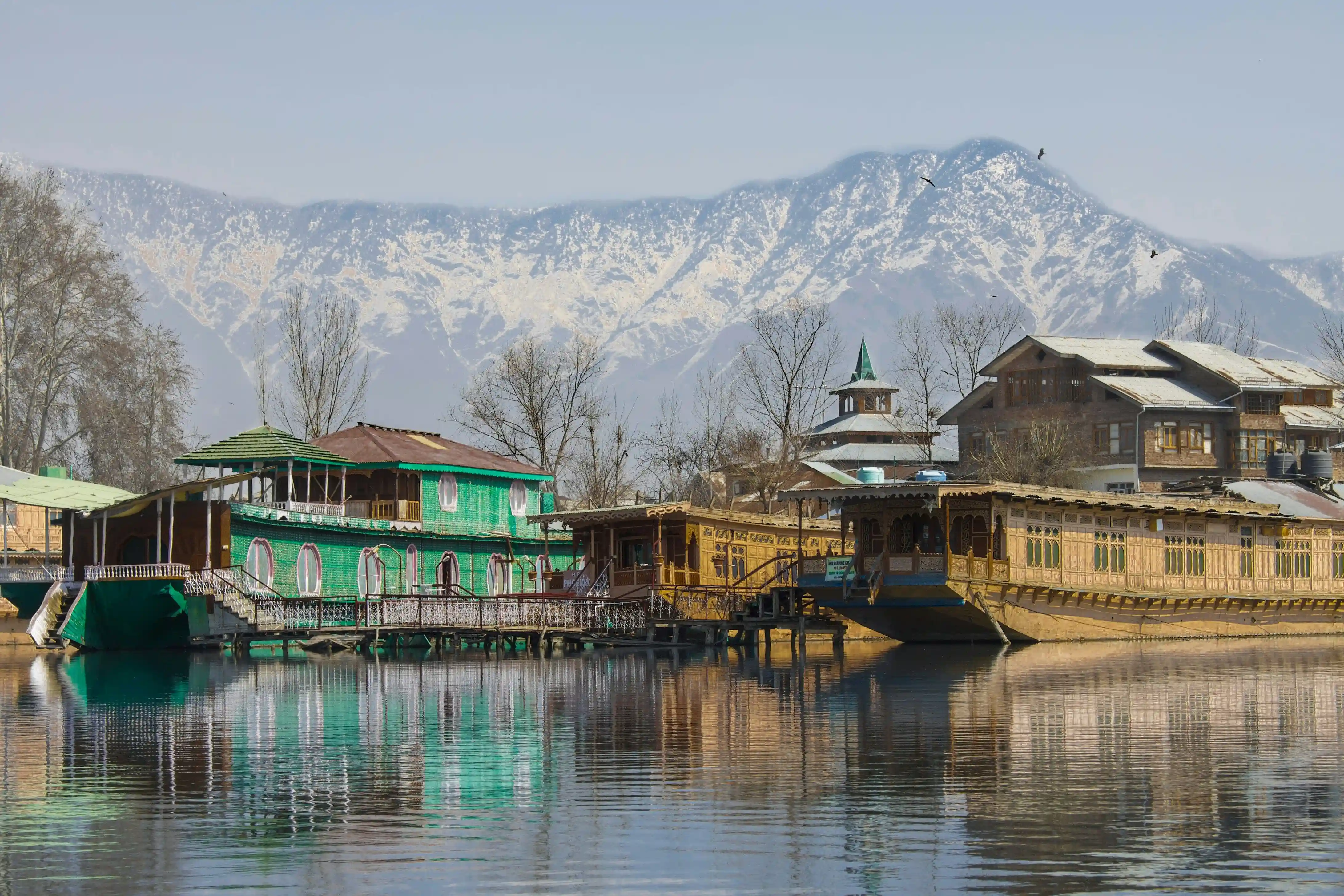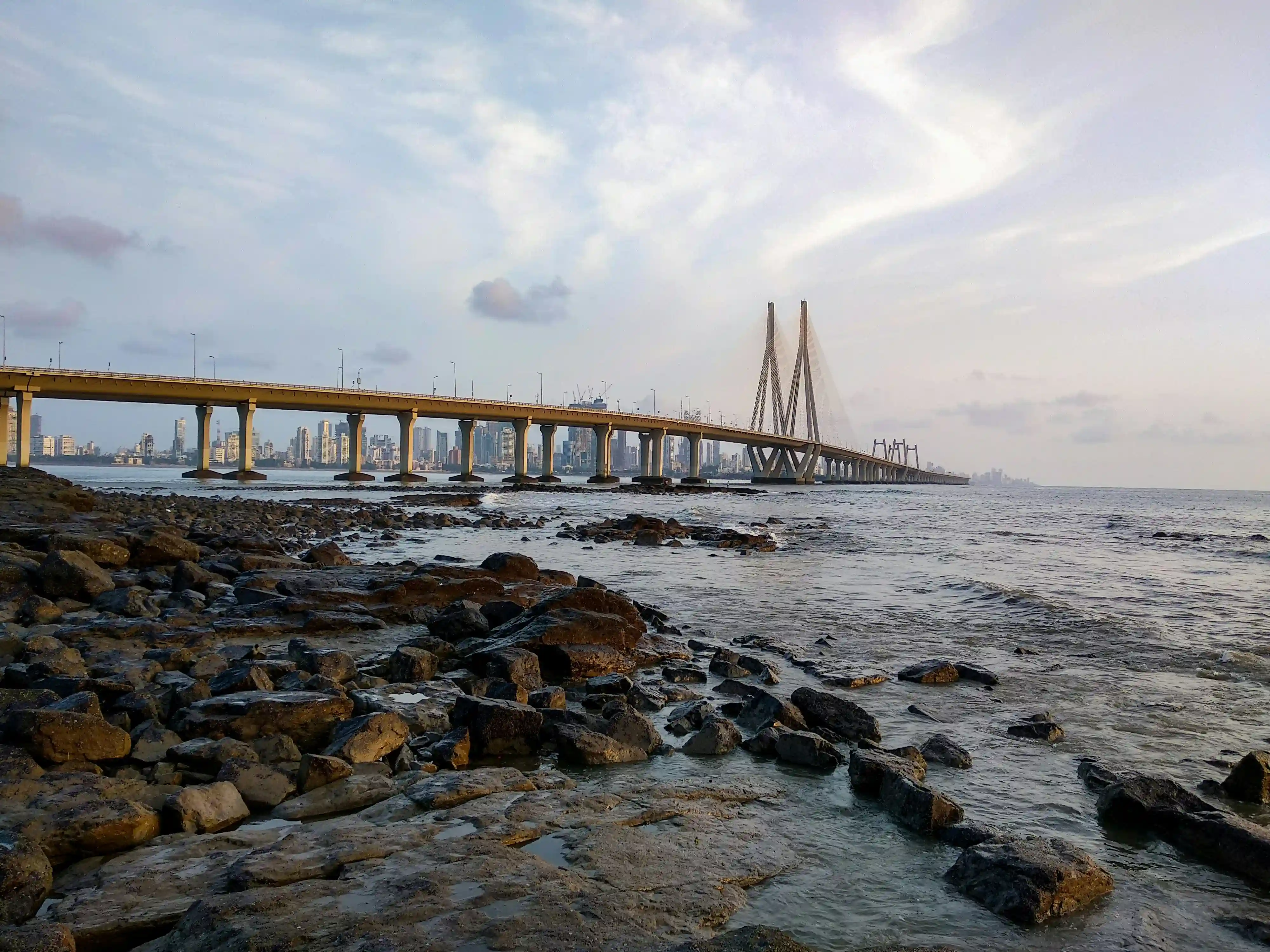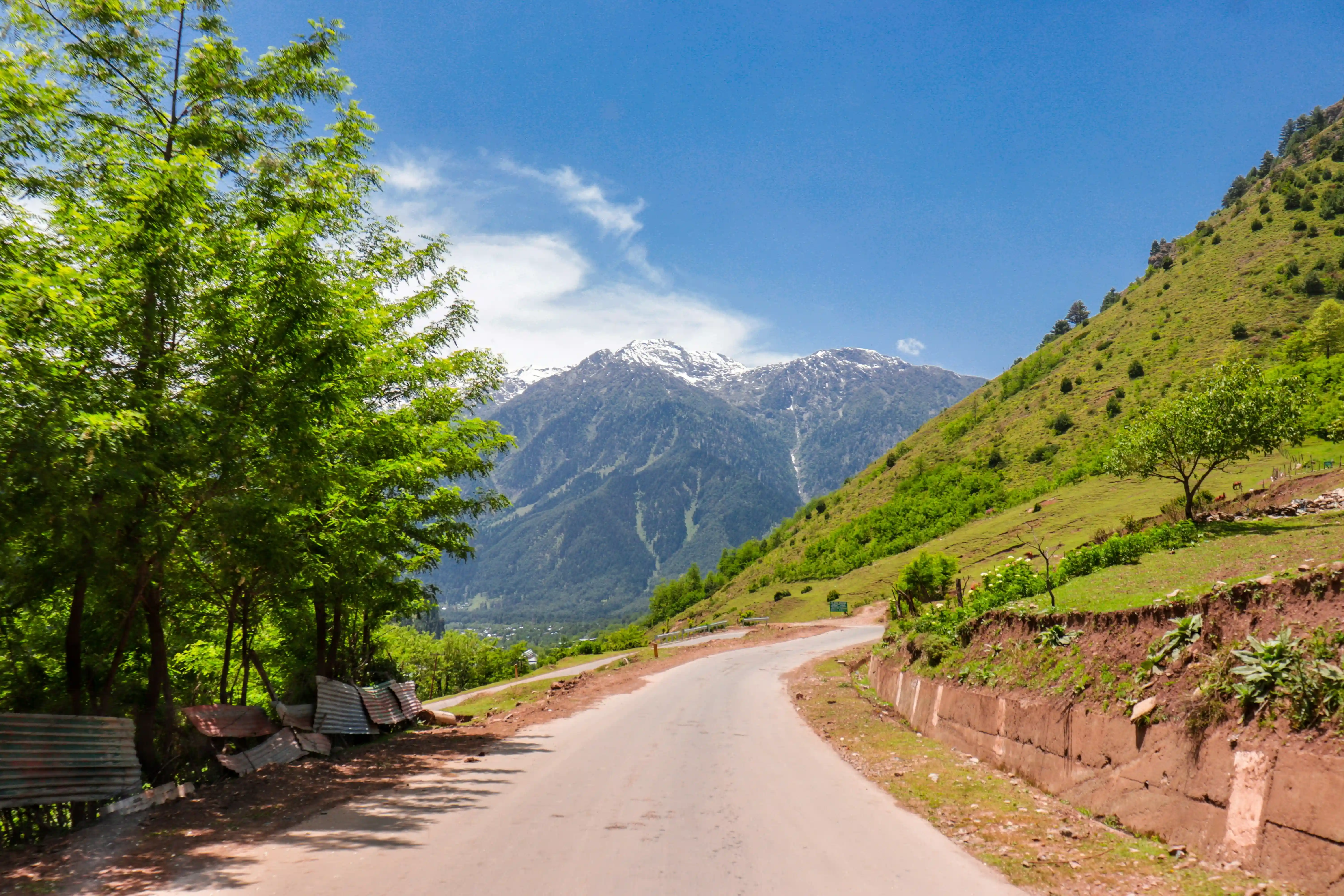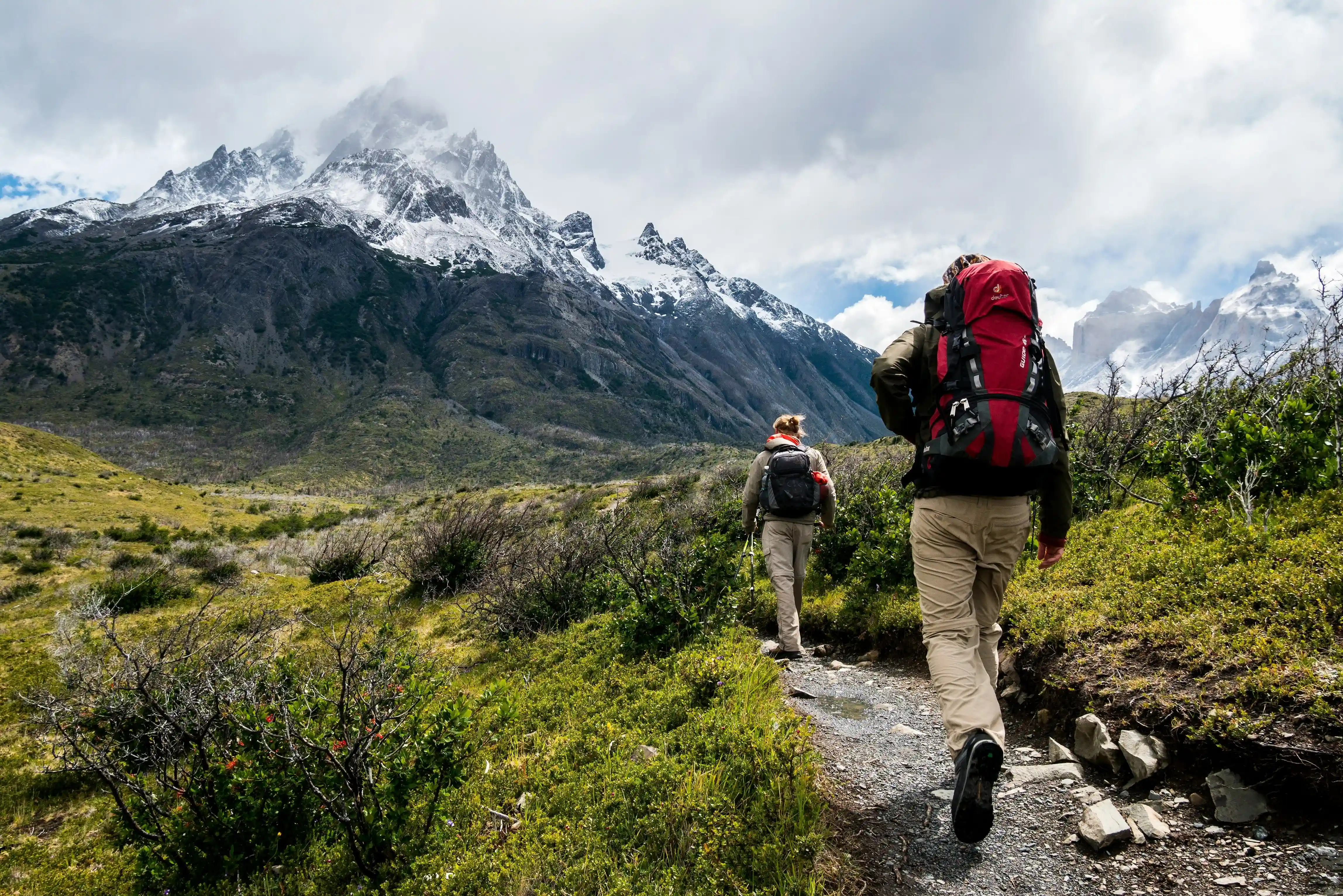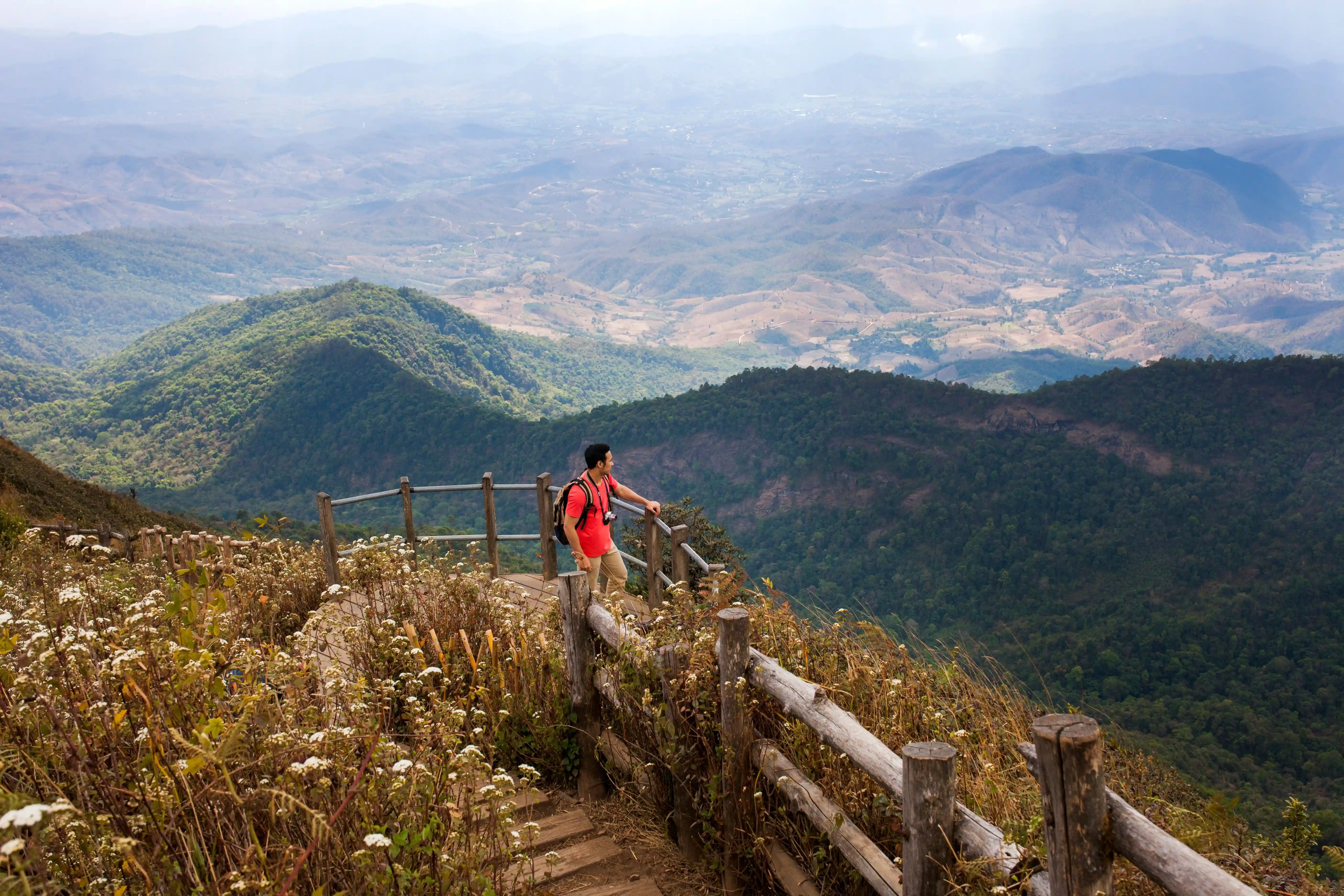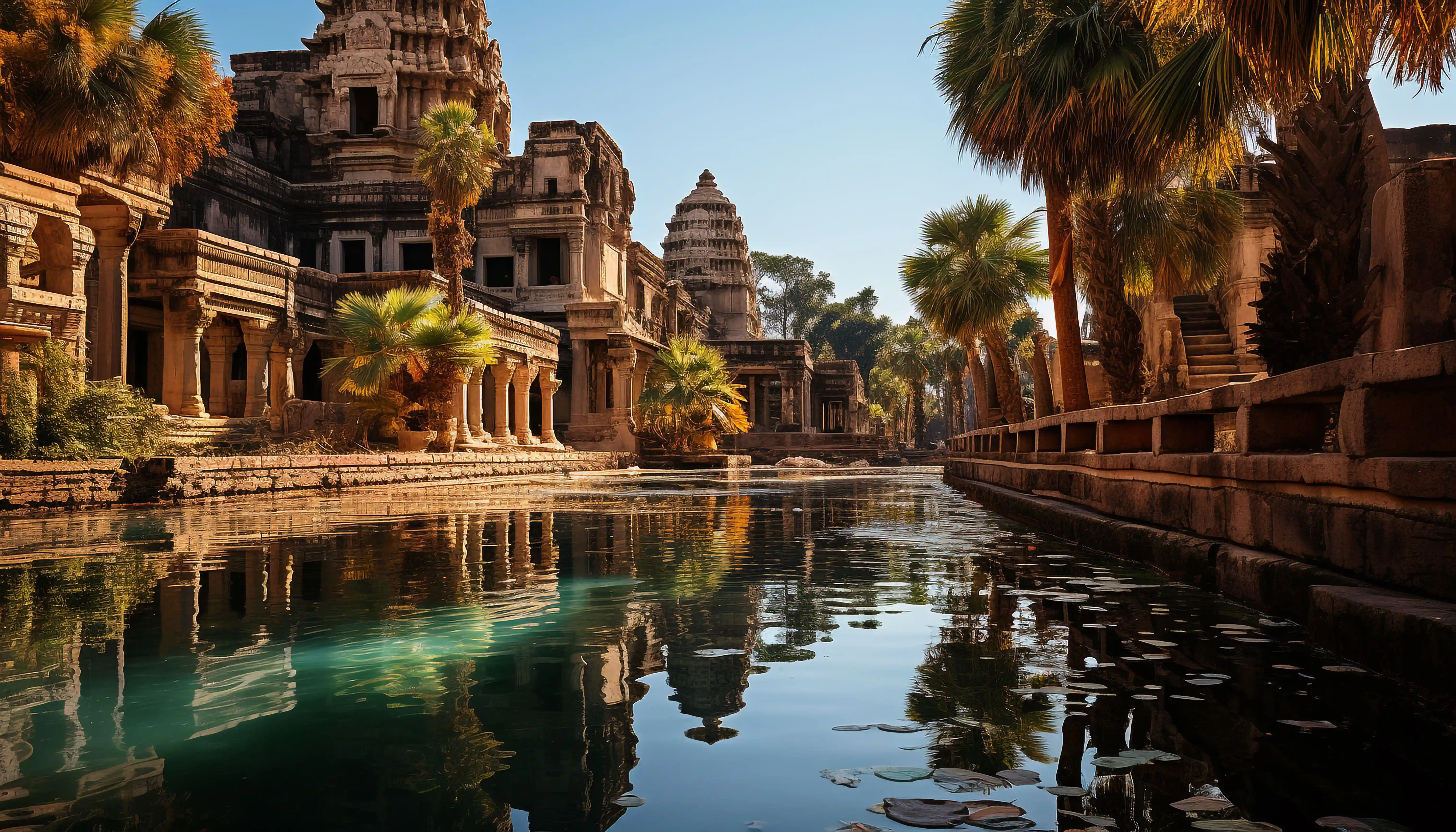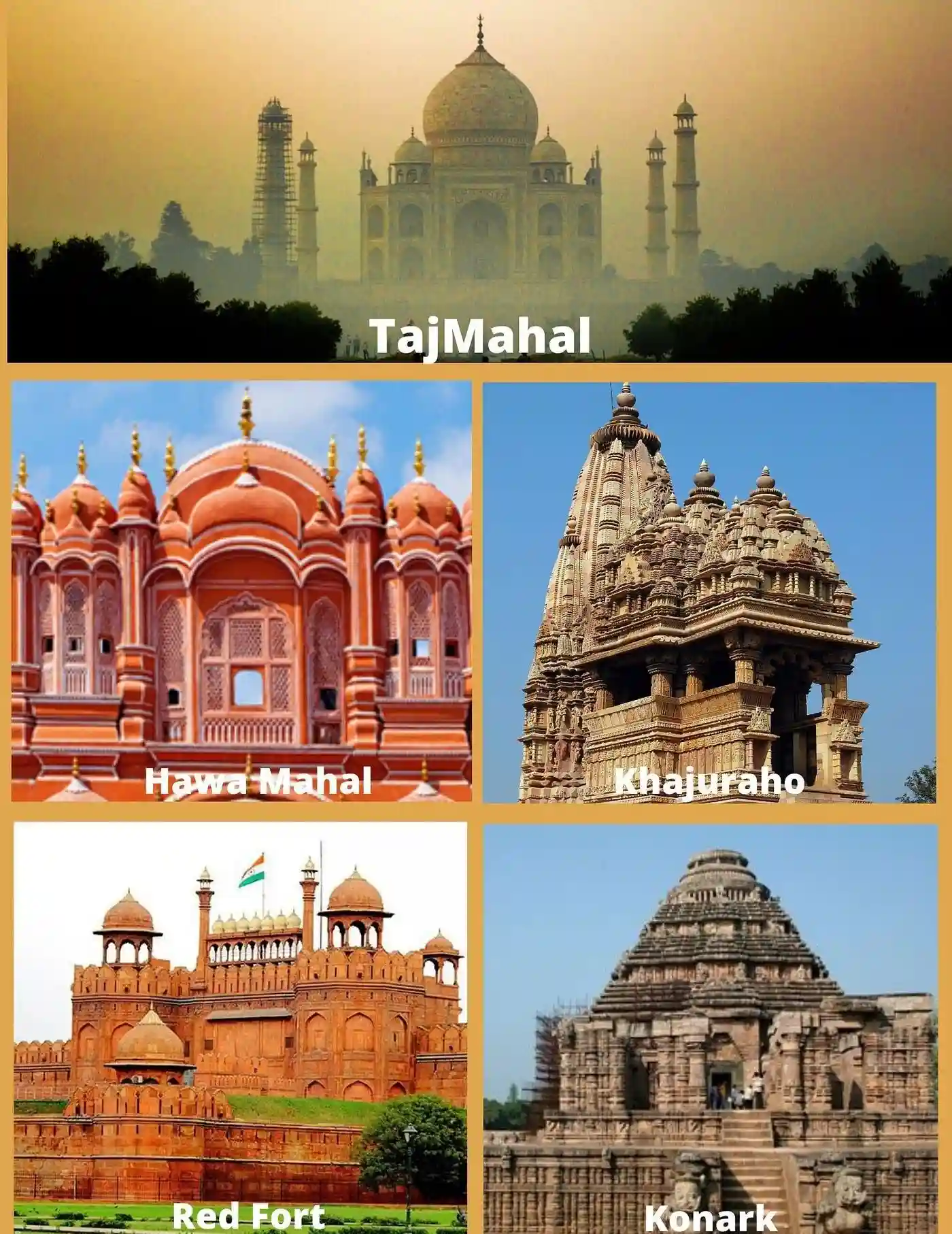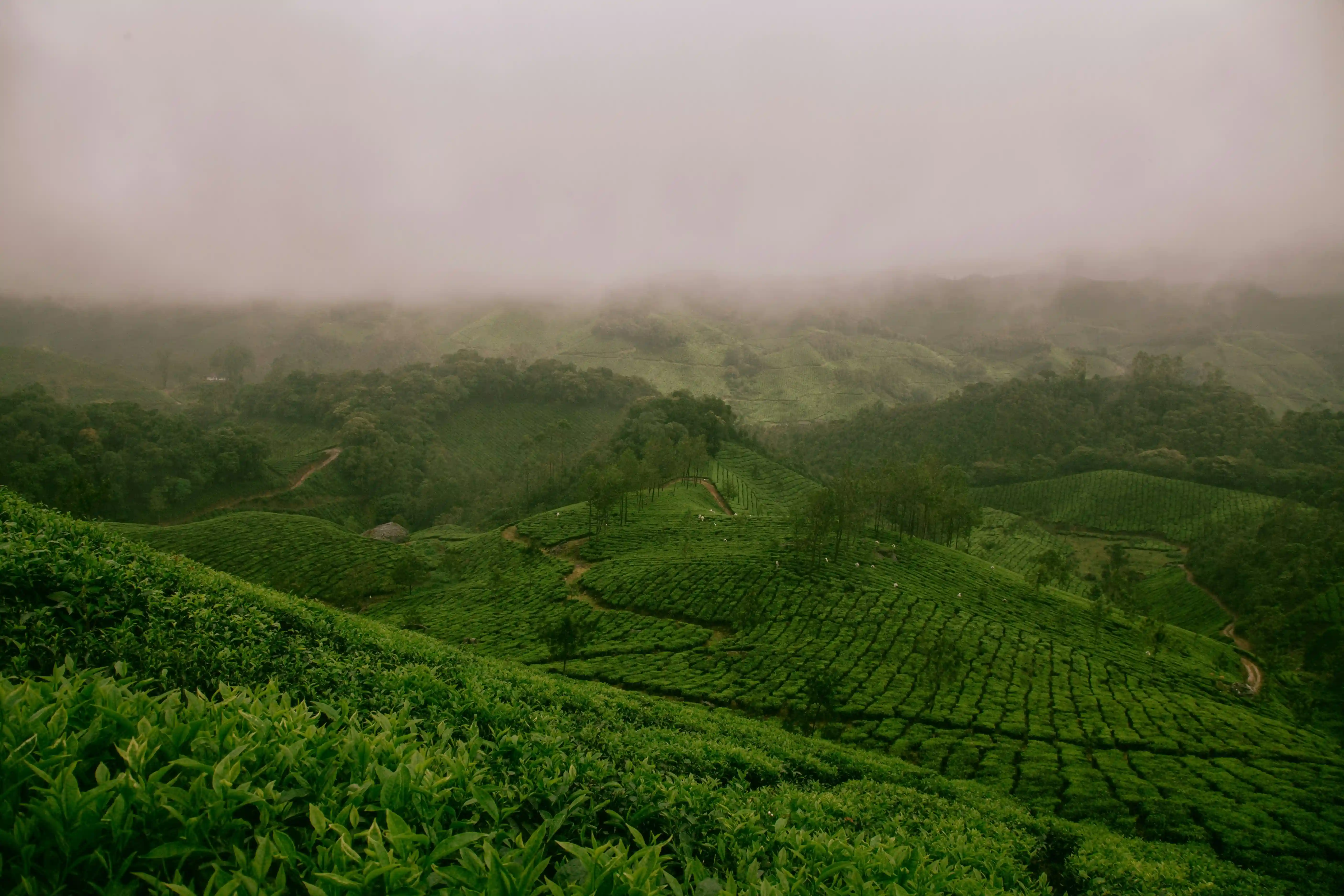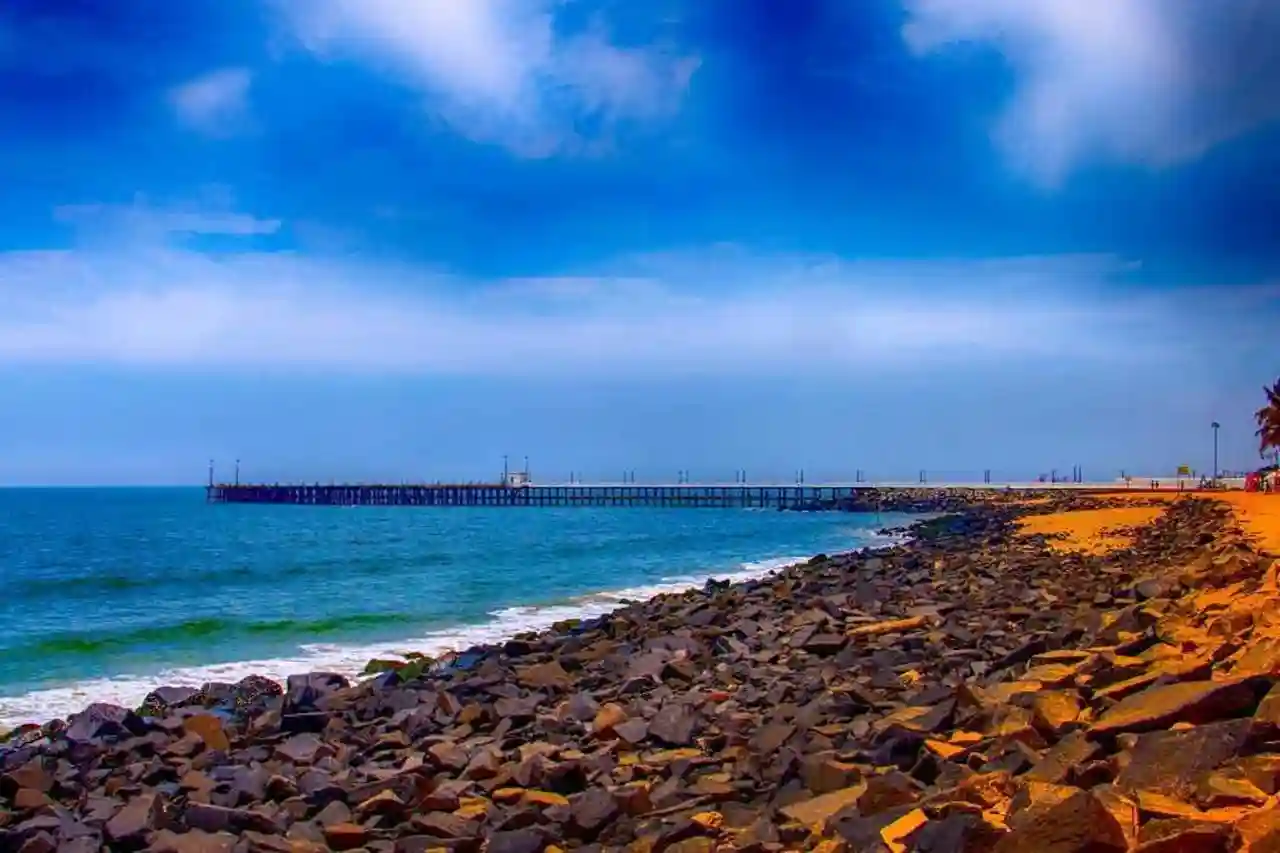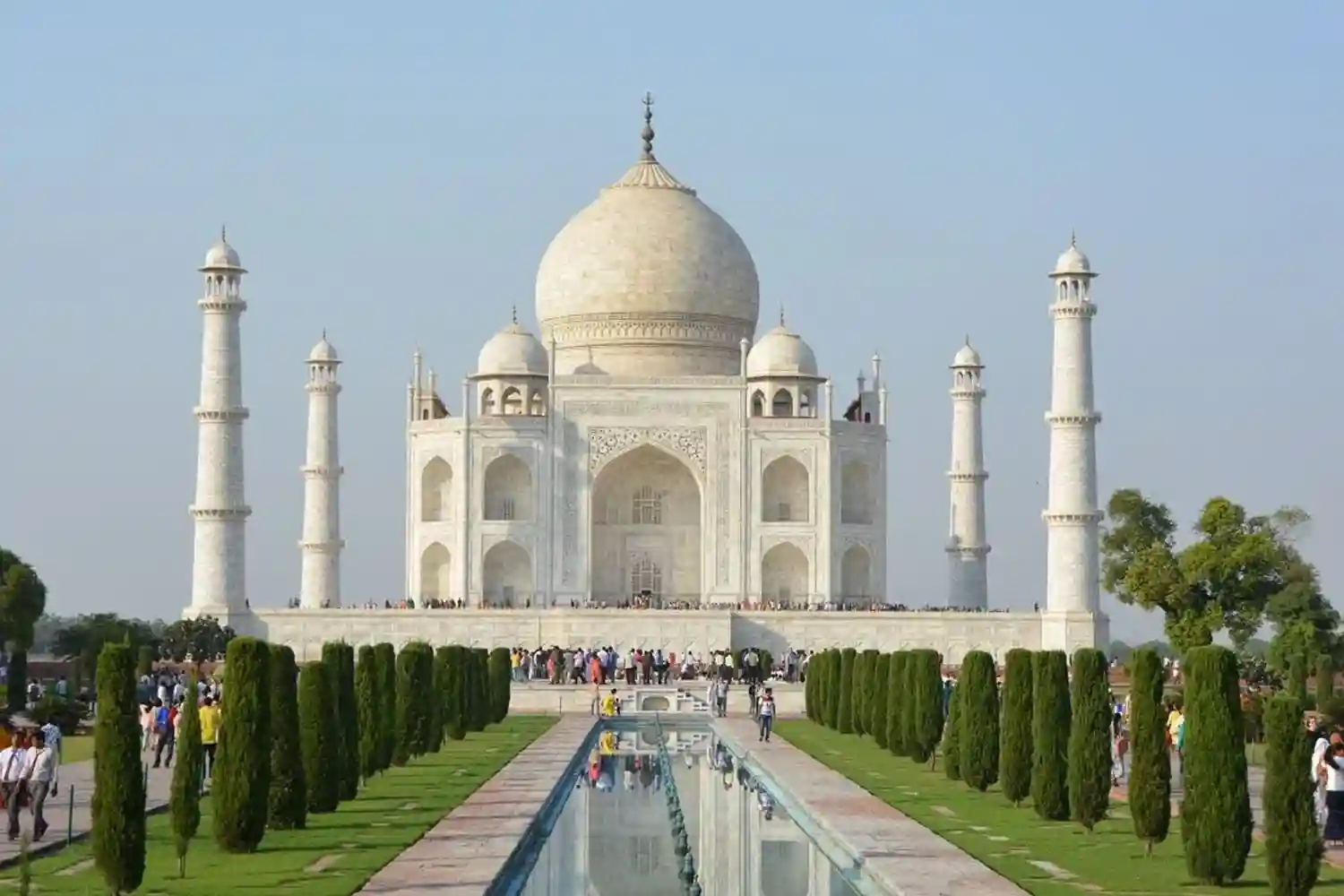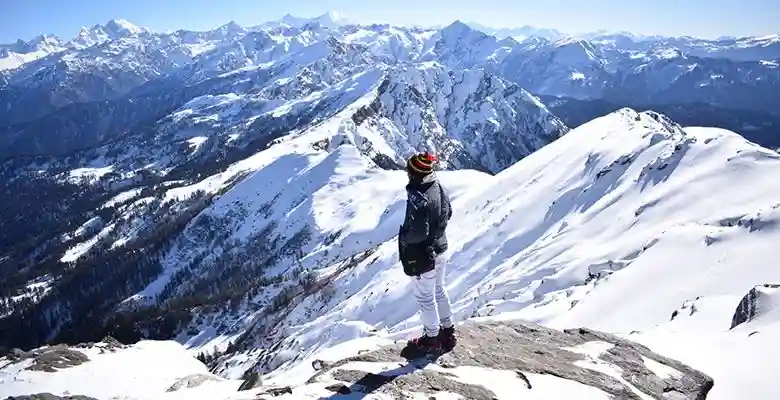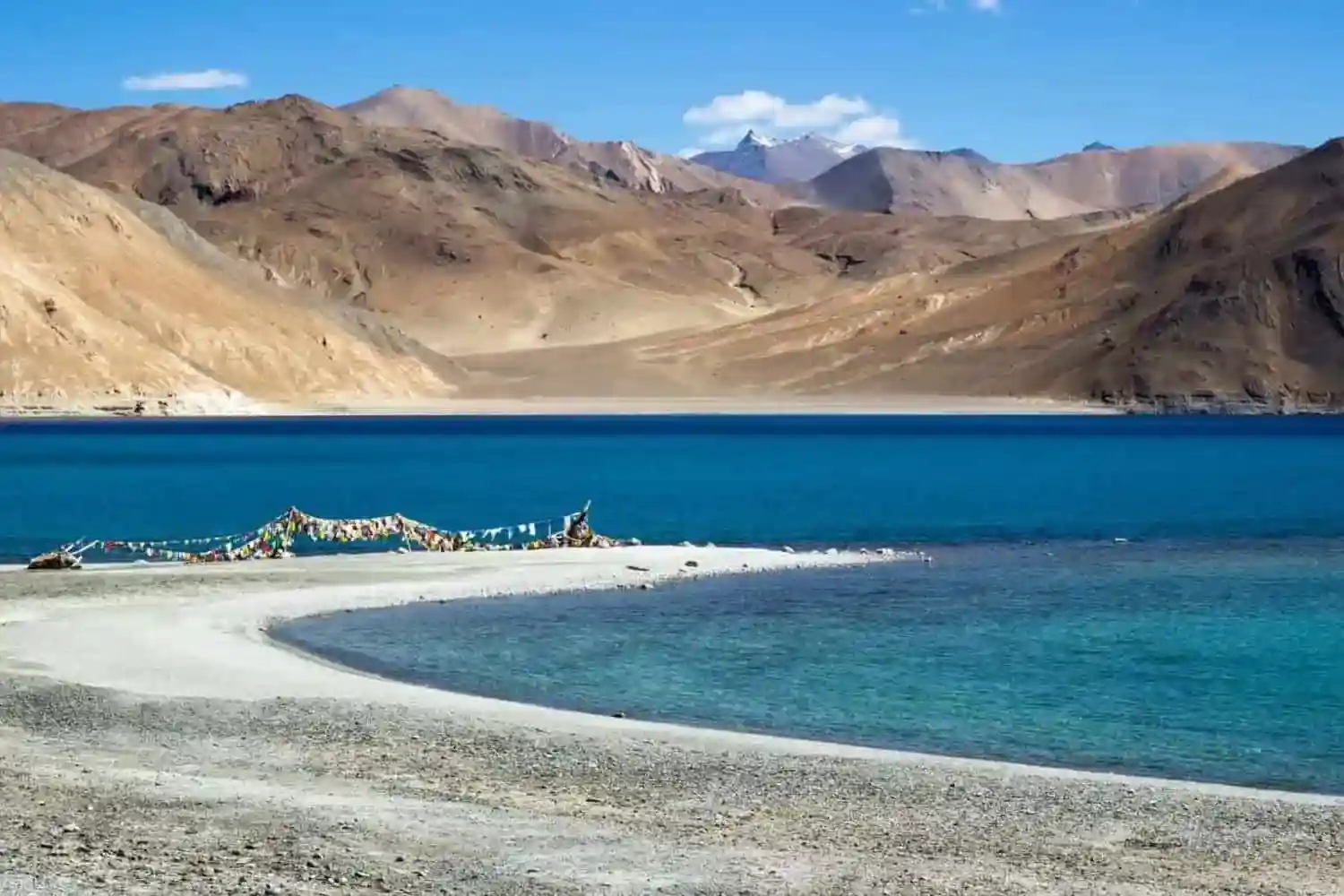India's vast rivers and canals have created some of the world's largest and most remarkable dams. These dams are more than simply massive building projects; they are lifelines that sustain agriculture, provide clean energy, prevent floods, and supply drinking water to millions. From the towering heights of the Tehri Dam in Uttarakhand to the spreading length of the Hirakud Dam in Odisha, each of these buildings offers a tale about creativity, resilience, and the seamless integration of engineering and nature's abundance.
Exploring the largest dams in India, we will discover the wonders they provide to their communities, the power they create, and the picturesque beauty that surrounds them. Whether you're an engineering enthusiast, a wildlife lover, or someone who values awe-inspiring scenery, this voyage across the largest dams in India
Here’s A List Of 15 Largest Dams In India For All The Curious Minds!
From the Himalayan foothills to the Deccan plateaus, India's major dams are not just technical marvels, but also beautiful tourist destinations! These gigantic buildings dam rivers, regulate floods, supply irrigation, and generate energy, all of which contribute to the country's growth. In this essay, we'll look at the largest dams in India, learn their significance, and wonder at their majesty.
1. Tehri Dam, Uttarakhand:

The Tehri Dam, located in the Garhwal area, is the tallest dam in India and one of the tallest dams in the world. This rock and earth-fill embankment dam spans the Bhagirathi River, producing a magnificent reservoir while also supplying hydroelectric power, irrigation, and drinking water to millions of people. If you're looking for an adventure, this dam offers breathtaking scenery and acts as an entrance to Uttarakhand's gorgeous mountains. Here is the list of some other adventurous places to visit in Uttrakhand.
- Height: 260.5 meters
- River: Bhagirathi
- Location: Uttarakhand
2. Sardar Sarovar Dam, Gujarat:

The Sardar Sarovar Dam, located in Kevadia, represents India's concept of sustainable development. It's part of the massive Narmada Valley Project, which supplies water to Gujarat, Maharashtra, Madhya Pradesh, and Rajasthan. The Statue of Unity, dedicated to Sardar Vallabhbhai Patel, lies nearby, making this a popular tourist destination.
- Height: 163 meters
- River: Narmada
- Location: Gujarat
3. Bhakra Nangal, Himachal Pradesh:

Bhakra Nangal, one of India's most iconic dams, sits proudly in Himachal Pradesh. It is known as the second- tallest dam in India and one of the oldest, having been built in 1963. This concrete gravity dam supports India's biggest reservoir, the Gobind Sagar. Bhakra Nangal serves several services in North India, including irrigation, water supply, and power generation. Nearby attractions, such as the Naina Devi Temple, make it a brilliant vacation for wildlife and spirituality lovers alike.
- Height: 226 meters
- River: Sutlej
- Location: Himachal Pradesh
4. Hirakud Dam, Odisha:

Hirakud Dam in Odisha, which spans the Mahanadi River for almost 25 kilometers, is one of the longest dams in the world. This multifunctional dam offers irrigation and flood control for millions of people. The reservoir is also a bird-watching hotspot, drawing migrating species each winter.
- Length: 25.8 kilometers (one of the longest dams in the world)
- River: Mahanadi
- Location: Odisha
5. Nagarjuna Sagar Dam, Telangana:

Nagarjuna Sagar Dam is one of the largest masonry dams in India, noteworthy for its vast size and picturesque surroundings. This dam, which has a large reservoir spanning three districts, plays an important role in irrigation for farmers in Telangana and Andhra Pradesh. The perspectives from the dam are breathtaking, particularly around sunset!
- Height: 124 meters
- River: Krishna
- Location: Telangana
6. Koyna Dam, Maharashtra:

The Koyna Dam, located in Maharashtra's picturesque Sahyadri Mountains, is an earth-fill dam known for its verdant Koyna Wildlife Sanctuary. It supplies hydroelectric power and water to the region. The dam and picturesque environs make it a popular weekend destination from Mumbai and Pune.
- Height: 103 meters
- River: Koyna
- Location: Maharashtra
7. Indira Sagar Dam, Madhya Pradesh:

Indira Sagar Dam, part of the Narmada Valley Development Project, is one of the largest dams in India. It serves several purposes, including hydroelectric power generating, irrigation, and supplying water for Madhya Pradesh cities. A visit here will reveal gorgeous scenery and a diverse ecosystem.
- Height: 92 meters
- River: Narmada
- Location: Madhya Pradesh
8. Bhavanisagar Dam, Tamil Nadu:

Bhavanisagar Dam, built on the Bhavani River, is one of India's largest earthen dams. This drinking and irrigation source is surrounded by beautiful surroundings, making it a peaceful haven. Nature enthusiasts will like the nearby woodlands and animal reserves.
- Height: 40 meters
- River: Bhavani
- Location: Tamil Nadu
9. Tungabhadra Dam, Karnataka:

The Tungabhadra Dam, built over the Tungabhadra River, supplies both electricity and water to Karnataka and Andhra Pradesh. It is a famous tourist destination, surrounded by hills and featuring a magnificent garden. Hampi's ruins, a UNESCO World Heritage site, are also close, making it an excellent complement to any cultural plans.
- Height: 49.39 meters
- River: Tungabhadra
- Location: Karnataka
10. Rihand Dam, Uttar Pradesh:

The Rihand Dam in Uttar Pradesh, also known as the Govind Ballabh Pant Sagar, is one of the largest dams in India. It is a major source of hydroelectricity and is surrounded by beautiful hills and flora. It's ideal for people searching for a peaceful escape from the city.
- Height: 91 meters
- River: Rihand
- Location: Uttar Pradesh
11. Mettur Dam, Tamil Nadu:

Mettur Dam, located on the Cauvery River, is an important water supply for Tamil Nadu, providing irrigation for vast farmlands. For decades, the dam has served as the backbone of regional agricultural prosperity. Mettur Dam is popular with both families and visitors, thanks to its stunning views and neighboring huge park.
- Height: 65 meters
- River: Cauvery
- Location: Tamil Nadu
12. Maithon Dam, Jharkhand:

Maithon Dam, commonly known as the "Mother's Abode," sits on the Barakar River in Jharkhand. This dam, which features a unique underground powerhouse, is one of the most famous in the state. The lovely reservoir, boating services, and scenic surroundings make it an excellent weekend destination.
- Height: 50 meters
- River: Barakar
- Location: Jharkhand
13. Idukki Dam,Kerala:

Kerala's Idukki Dam stands out as one of the tallest arch dams in Asia. This dam, nestled between two hills, is a work of art with stunning views of the surrounding environment. The neighboring Idukki Wildlife Sanctuary is home to a diverse range of flora and wildlife, making it a haven for nature lovers.
- Height: 168.91 meters
- River: Periyar
- Location: Kerala
14. Almatti Dam, Karnataka:

The Almatti Dam, built over the Krishna River, is one of Karnataka's most significant constructions. The dam facilitates irrigation and electricity generation, supplying resources for Karnataka's agricultural and industrial sectors. The picturesque Krishna Garden adjacent is a popular location for families and environment enthusiasts.
- Height: 52 meters
- River: Krishna
- Location: Karnataka
15. Srisailam Dam, Andhra Pradesh:

Srisailam Dam, in Andhra Pradesh, is one of the tallest dams in India. It is crucial to the region's irrigation and electricity supplies. Surrounded by hills, temples, and lush forests, it's a peaceful location for a natural escape.
- Height: 145 meters
- River: Krishna
- Location: Andhra Pradesh
The Impact Of Dams On India's Progress
India's greatest dams are more than purely reservoirs; they play a critical role in managing the country's water supplies, increasing agricultural output, and producing energy. Without these dams, our crops would struggle to get enough water, power outages would become more common, and millions would be at risk of flooding. The country's prosperity and development have an unbreakable link with these structures, stressing their importance.
Why Visit These Largest Dams In India?
India's dams offer breathtaking views and a sense of calm and awe, as well as the adaptability and vision of those who built and maintain them. Many of these dam sites have become full-fledged tourist spots, complete with landscaping, wildlife sanctuaries, boating facilities, and viewpoints. Whether you're a nature lover, an engineering enthusiast, or simply looking for a peaceful getaway, the dams in India are awe-striking.
Conclusion
India's greatest dams reflect not just incredible technical accomplishments, but also the country's commitment to growth, sustainability, and the preservation of natural resources. These towering marvels are critical to India's economy, ecology, and society. Visiting these dams provides insight into the interplay between nature and human enterprise, demonstrating how infrastructure can both protect and empower.
From the serene waters of Bhavanisagar to the grandeur of Sardar Sarovar, these dams are as much icons of beauty as they are functional. So, whether you're looking for inspiration, a taste of history, or just beautiful vistas, the largest dams in India are waiting to be discovered—each with a narrative, a purpose, and a place in India's heart.
Frequently Asked Questions (FAQs)
1. What is the biggest dam in India?
The Tehri Dam, located in Uttarakhand, is India's highest dam, towering 260.5 meters (856 ft). It has numerous uses, including hydroelectric power generating, irrigation, and drinking water supply.
2. How many large dams are there in India?
India has around 5,200 dams, with approximately 300 classed as major dams due to their height and storage capacity.
3. What is the tallest dam in India?
The Tehri Dam in Uttarakhand is India's highest dam, measuring 260.5 meters (856 ft). It has an important effect on hydroelectric power generation and water delivery.
4. Which dam has the largest reservoir in India?
The Bhakra Nangal Dam generates India's largest reservoir, the Gobind Sagar. It has numerous uses, including irrigation and drinking water supply.
5. What kinds of leisure activities can be done at these dams?
Visitors to various dams can engage in activities such as boating, fishing, picnicking, and trekking in the surrounding environments. Some dams feature scenic parks and overlooks.
6. How can I get to these dams?
Most significant dams in India are well connected by road and rail. They are frequently located near large cities or tourist destinations, making them ideal for day visits or longer vacations. Always check local travel advisories to determine the best routes and transportation alternatives.


